These are talks from previous Polyglot Conferences both online at Global and in-person. You get to see them before anyone else during the Polyglot Conference Global event each year!

The multilingual brain: what happens when we learn another language and how that can benefit us physiologically and cognitively — Stefani Kostadinova
Multilingualism, whether it involves speaking two or more languages, is becoming more widespread. Currently, the topic is an issue of intensive research among neuroscientists and cognition scientists. My paper offers a review of what is currently known about the topic, as will my presentation. So far, researchers have not found any negative effects of multilingualism; on the contrary, multiple experiments point to the benefits that it brings. First, I will discuss the delaying effect of multilingualism on Alzheimer’s disease and age-related cognitive decline. Second, I will explain the structural changes in the brain as a result of speaking a foreign language. Third, I will explore the cognitive benefits that multilingualism brings and the reasons behind them. Finally, the questions that still need to be answered in future research are discussed. The potential benefits of multilingualism to society at large are also described.
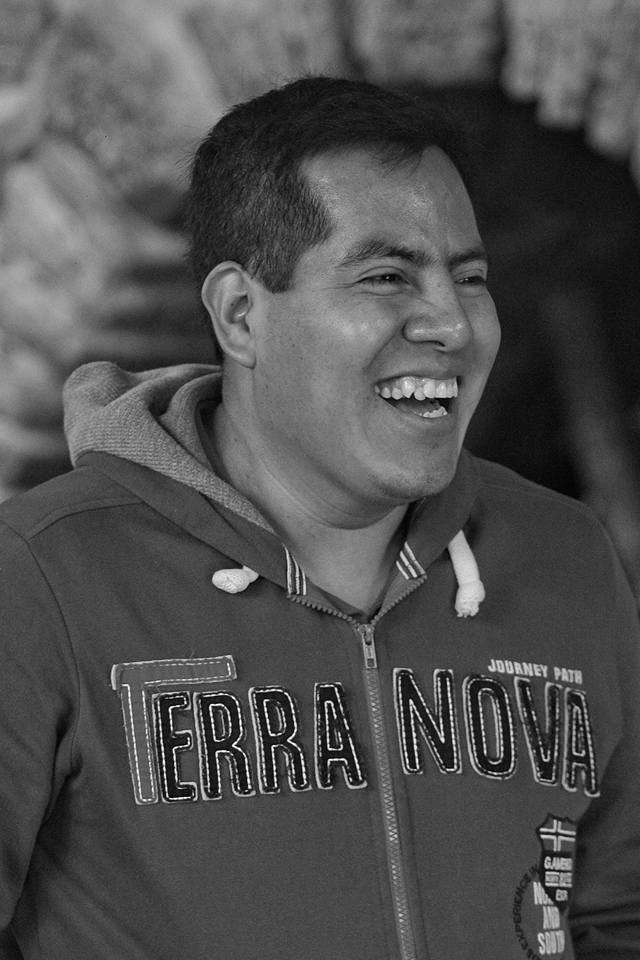
Didza Xidza, una lengua Zapoteca hablada en la Sierra Norte de Oaxaca. — Rayo Cruz
Actualmente, el zapoteco es una de las lenguas indígenas con mayor número de hablantes en México, y es la número 1 en Oaxaca. Existen aproximadamente un millón de hablantes de esta lengua originaria, principalmente en el estado de Oaxaca, pero también una gran población de migrantes en otras ciudades del país y los Estados Unidos.
Es por ello que el colectivo Bëni Xidza, ha decidido ofrecer un curso básico que permita a los interesados conocer este idioma y aprender las palabras y expresiones más básicas del Zapoteco, sus carecterísticas y su situación actual, así como sus desafíos en el mundo contemporáneo.
Este curso consta de 20 sesiones de una hora; dos clases semanales, durante 10 semanas; o sea, dos meses y medio. En total son 20 horas de formación donde los participantes interactúan con la lengua a través de diferentes actividades como juegos y cantos, además del uso de herramientas interactivas en la web.
Este curso se realiza dos veces al año; en el periodo de Primavera (enero – mayo) y en Otoño (agosto – diciembre). El horario y la fecha de las clases varía según el periodo, pero siempre se ajusta a la disponibilidad de los participantes.
También ofrecemos clases particulares y pesonalizadas para las personas que así lo requieran; además de asesoría en temas lingüísticos y culturales sobre lenguas y pueblos indígenas.
El curso es abierto al público en general, está diseñando para personas

(LIVE) Reclaiming My Mother Tongue: The Struggles of a First Generation Immigrant — Avishta Seeras
Avishta takes us on a personal journey through her experiences moving from one side of the world to another and the experiences she had that came with that change.

How Education Systems (can) Make Way for New Polgylots — Lukas Brach
The presentation is going to be about how education systems of different continents differ when it comes to language learning and education. Some systems rely heavily on extracurricular activites, some systems have mandatory language learning. I want to open up a discussion about how we, as language learners, can influence these systems and how we could potentially improve certain aspects of language education.

The Future of Language Tech — Ọpẹyemi Ademols
The use of digital technology for the growth of the African language and other languages around the world is important. There’s more to languages. As a result, we seek to raise awareness and educate the public on how language technology can play a tremendous role – voice especially – in securing a place for the future of languages that aren’t mainstream in technology.

Flexible Linguistic and Cultural Identities: Becoming a Chameleon — Tim Keeley
I will focus on how constructing robust linguistic and cultural identities corresponding with the new languages you learn and use is essential to approximate sounding like a native speaker of the target languages.

Learning languages (French) via podcasting and action-oriented approach — Aurelie Delahalle Jackson
How listening to podcast can be more than listening comprehension, but an action-oriented approach that help learners accomplish tasks in their target language.

How to Organize a Language Conference — Juliano Timbó Martins & João Paulo, and Robson Ribeiro
As a co-founder and current main organizer of a language conference in Brazil, called Poliglotar, I’d like to explain about my experience of organizing 6 editions of this event since 2016. How to find the speakers? Who is the target audience? In which venues and platforms can such an event take place? How much does it cost? What may emerge from such gatherings? We will discuss about these and other details of a polyglot event.

Lily Liu — "Giving Birth to My Mother into English"
In this session, Lily Liu, a literary translator, will speak about how using a tape recorder helped her when she first began translating from Chinese into English. As a 1.5-generation immigrant to the United States, Lily spoke basic Mandarin with her family but could not read it easily. When she started to translate her mother’s memoir into English, Lily had her parents read Chapter 1 into a tape recorder. Because her listening comprehension was high, Lily could then translate the essay and got it published.

Sustaining a Culture Community on Clubhouse — Felene Cayetano
Since July 2021, a small dedicated group of Garifuna people with connections to Honduras, Belize, Guatemala, St. Vincent and the United States have been meeting on Clubhouse weekly. The first consistent room has been a collaborative learning and advocacy space to discuss history, traditional food, health and the arts.
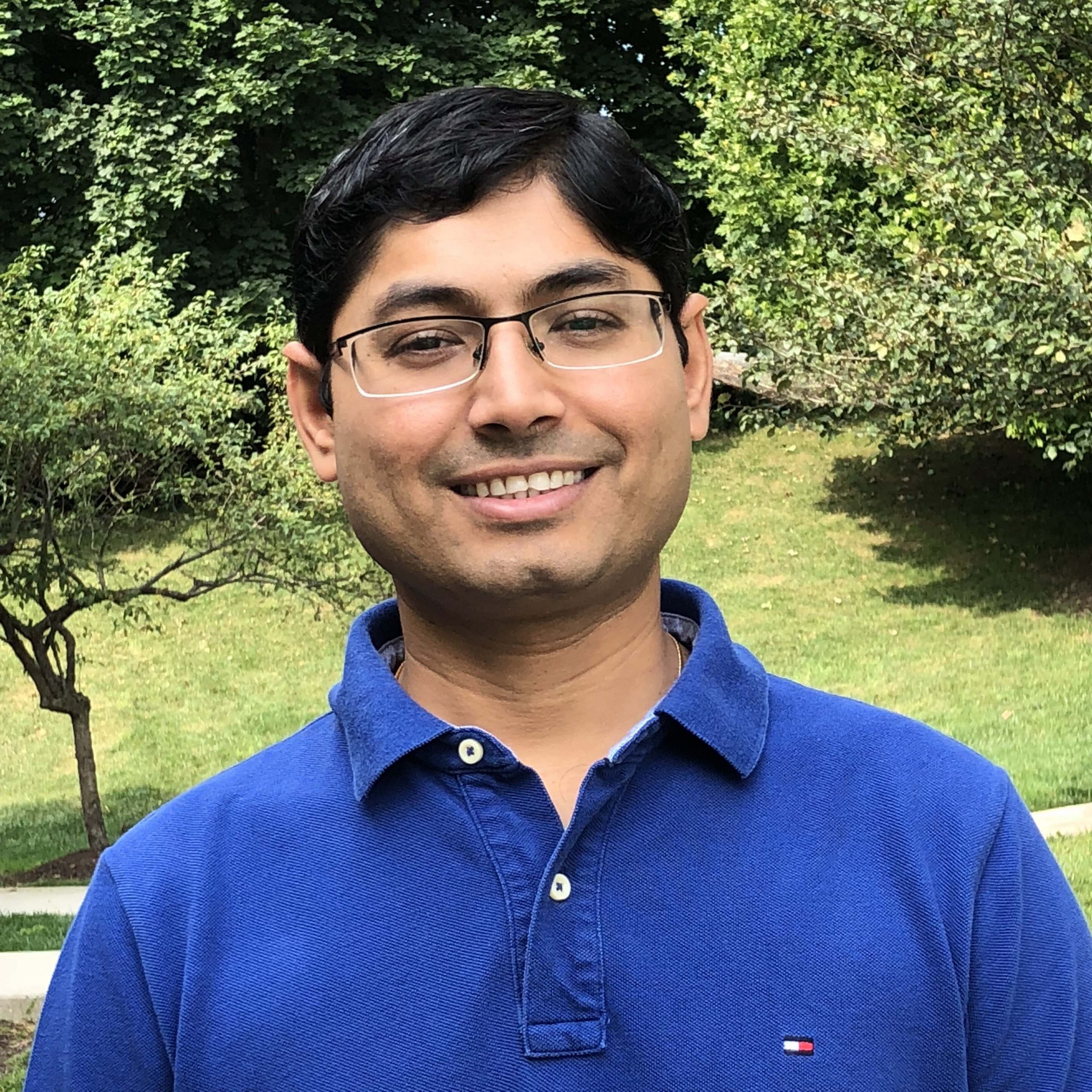
KidsLipi - a language learning platform - enhancing kids’ language learning experience! — Samir Patel
Kids who learn a second language face many challenges and one of the challenges is practicing a language at home. KidsLipi provides a solution to this challenge. KidsLipi allows teachers with a language curriculum to create personalized content and deliver it through a mobile app. The platform enables kids to access the class material in the mobile app while at home and reinforces what they learned during the class. I started KidsLipi to help my son learn the foundation of Gujarati, my mother tongue, and his heritage language. Today, the app supports five languages: Hindi, Gujarati, Sanskrit, Telugu, and Tamil. Join the session and learn my journey towards building the platform and helping teachers teach a second language more effectively. To learn more about KidsLipi, visit https://www.kidslipi.com.
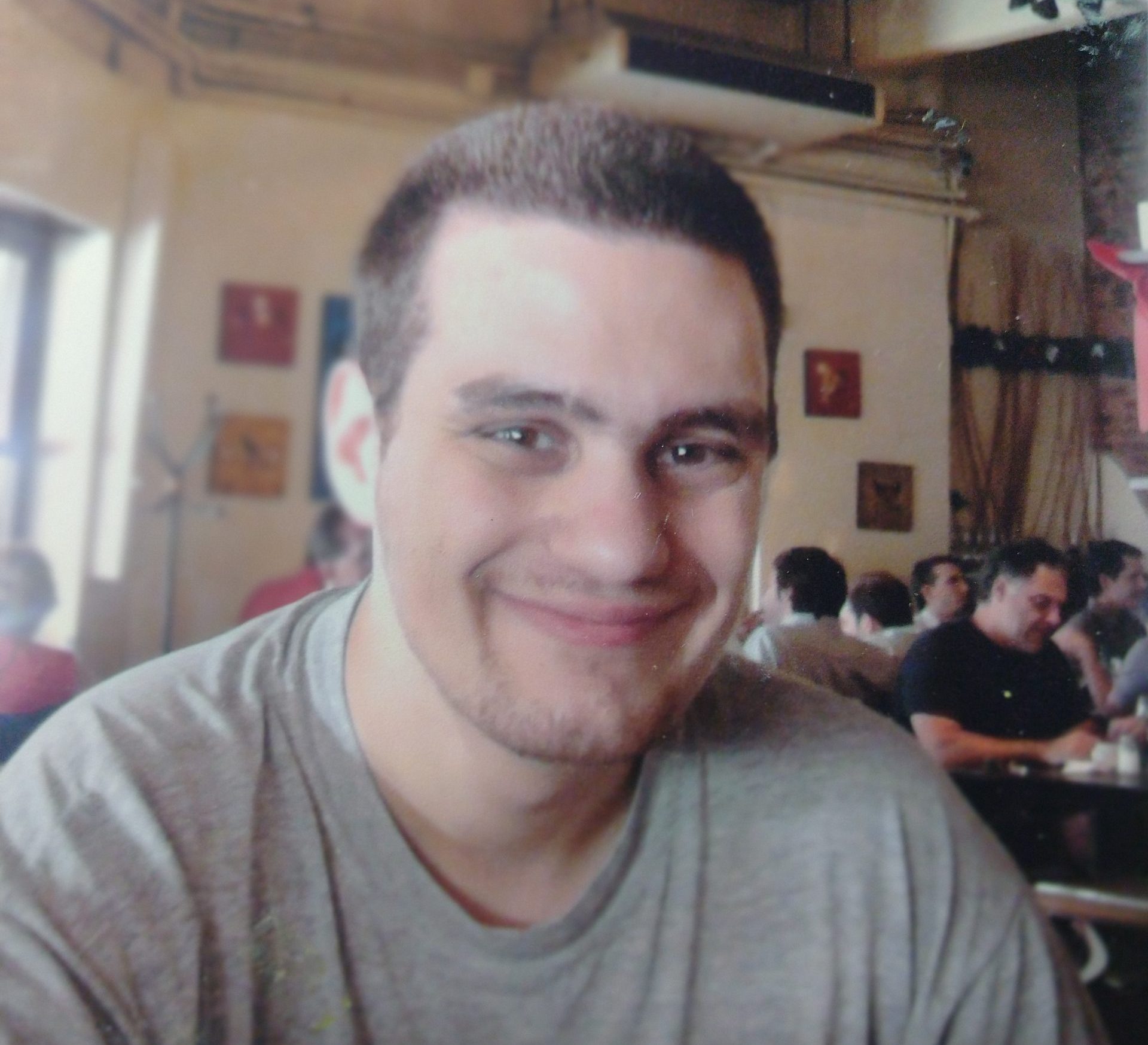
Learn Catalan through Spanish, Italian and French — Matias Barmat
I will teach my audience some Catalan words and phrases, and a lot vocabulary through songs and folk stories in that they can easily decode. I will make my audience listen some Spanish, French and Italian songs as well, and make them compare their grammars with Catalan in an immersive, interactive and funny way.
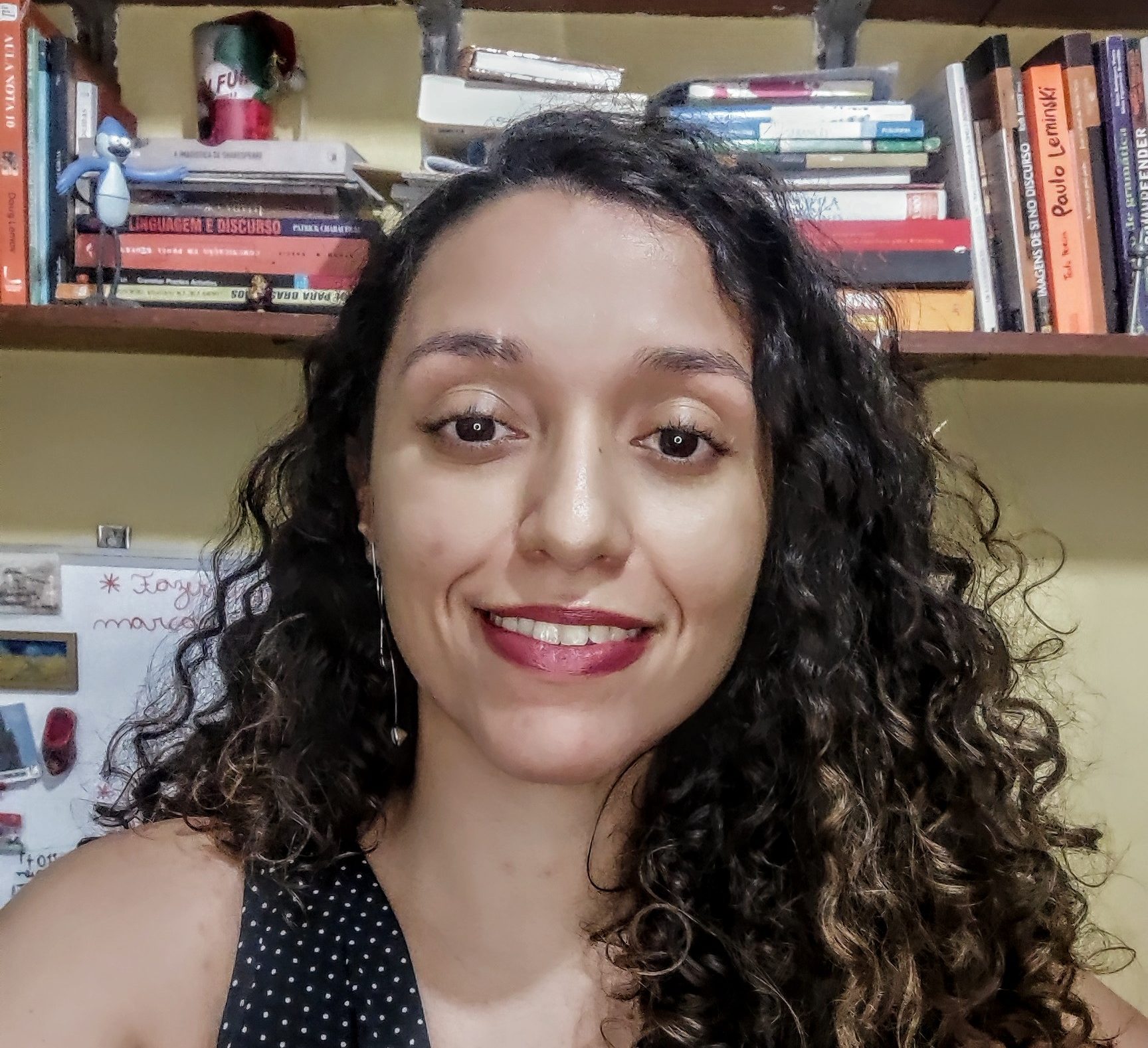
Clube Poliglota Brasil: a change for people learn and practice languages. — Renata Barbosa Almeida & Jurobola
We are a group of volunteers helping people to language learning and practicing more accessible all over the country and spreading it in the continent, especially during the pandemic.
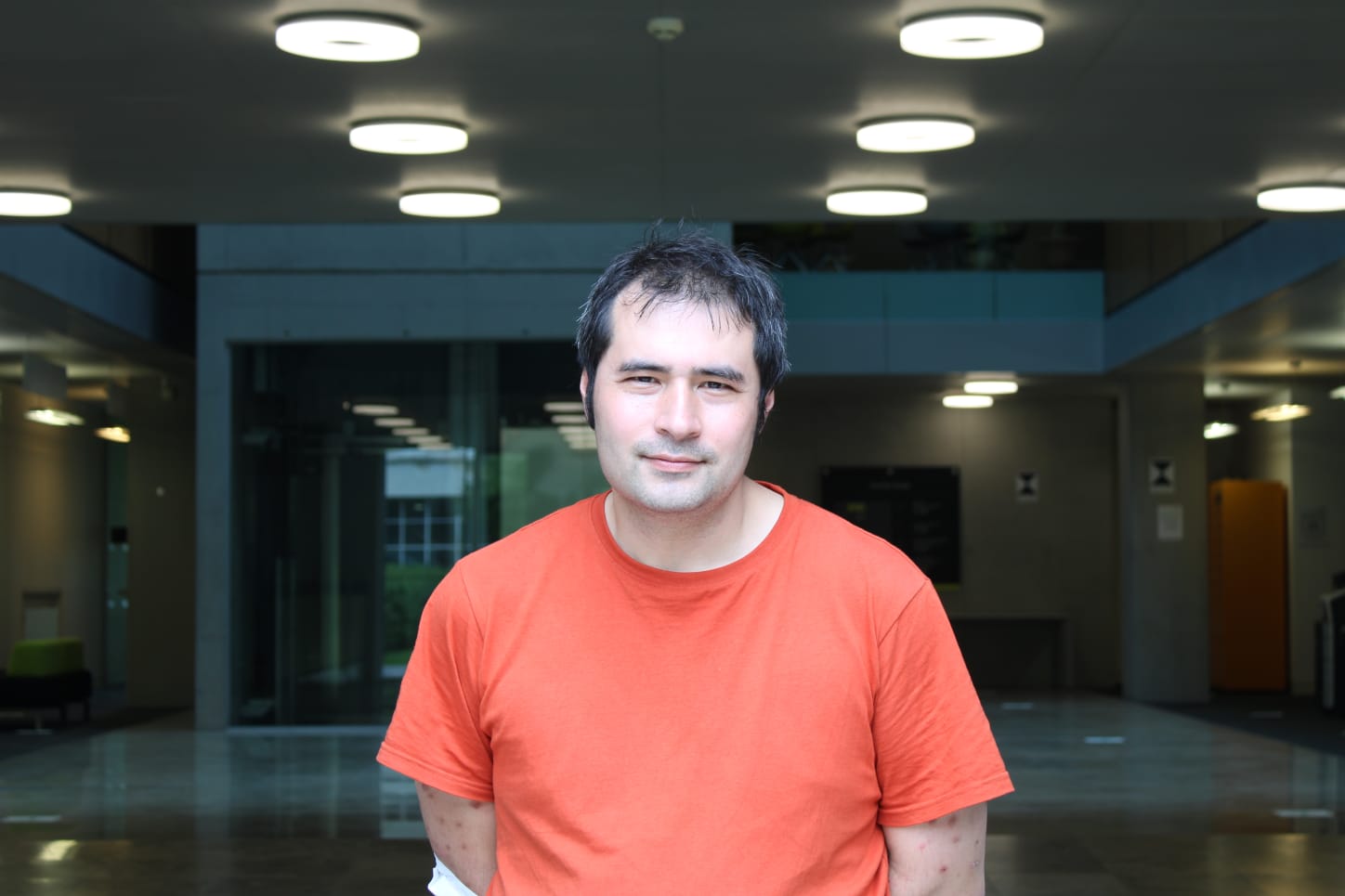
Using Twitter to learn and maintain languages — Timothy Douglas
Tweeting to kill two birds with one stone: using Twitter to connect with fellow language learners and improve your languages! This will be a personal story about how thanks to Twitter, I joined a hyperpolyglot society, met like minded language enthusiasts, improved my languages and was inspired to learn new ones!
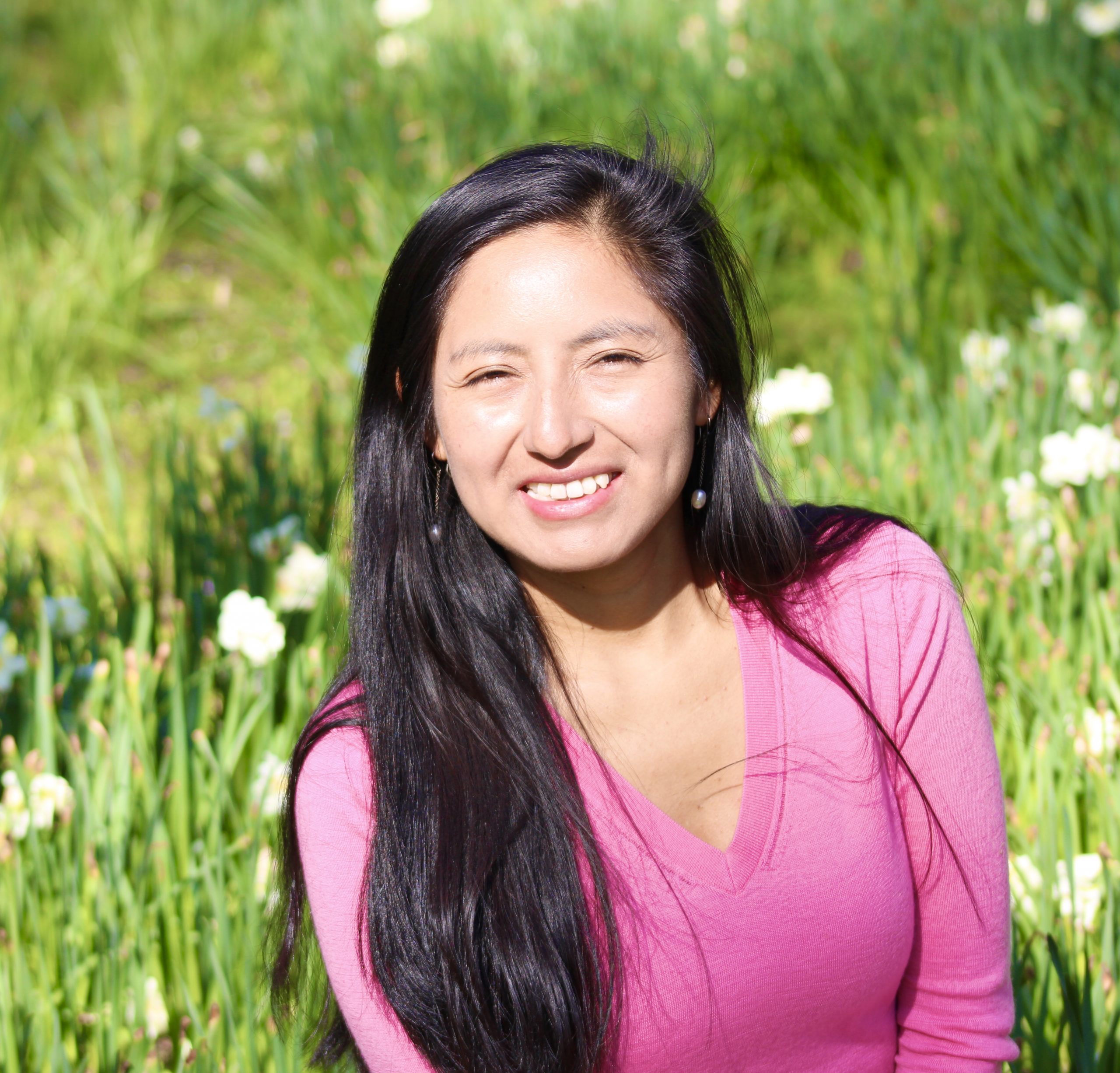
Revitalizing the Quechua Language and Culture. — Luz Vargas
Revitalizing and valuing the Quechua language is sciential to empower its speakers so that we can preserve our language and be integrated in the society.

Linguistic Prejudice: what kind of bias do we promote in the language learning process? — Bianca Pinto
English is used as a Lingua Franca all over the world, however people are still not used to its variations. Different accents or creole englishes are never represented in media, and when they are it’s always pejorative. An accent represents a culture, and some cultures are always inferiorized, so that’s xenofobia. All this puts pressure over English learners, who feel that they are never good enough as speakers. Media, in general, and also teachers and language schools are all responsible for that, but we all can change some attitudes. We should make variations more visible, acceptable and respected.

Translation and technology: Perspectives for the future of the profession — Juliano Timbó Martins
Let’s talk about which new technologies and ways of working exist for translators and interpreters, and how the market is going on right now and in the next few years.
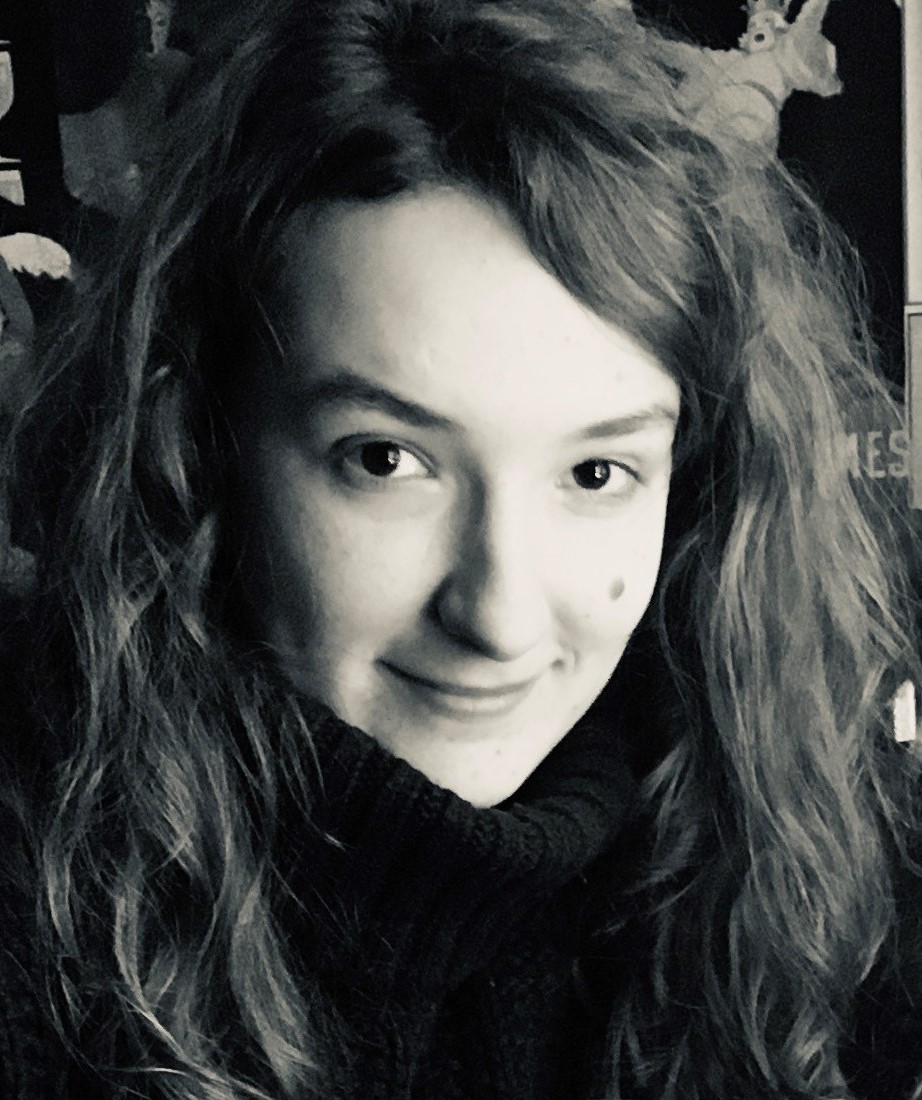
Ancient Writing Systems: A Workshop on Decipherment — Olga Olina
The invention of writing gave humanity a history. But who created the first writing and why? And how did it work? Learn about the ancient writing systems from Mesopotamia and Asia Minor, decipher a Viking inscription with Nordic runes and write your name in Old Persian cuneiform!

Sensibilização intercultural — Luciana Lousada
Como incluir a sensibilização cultural nas aulas de idiomas. (#interculturalidade #plurilinguismo #ensinodeidiomas)

From Polynot to Polyglot : How I Started with Zero Language Interest and Became a Language Teacher and Enthusiast. — Guillaume le Polain
In this session I’ll be speaking about my own story as a language learner, how I failed to learn the language of my city at school as a kid to becoming a teacher of that same language as an adult, and continued learning and accumulating new languages over the years
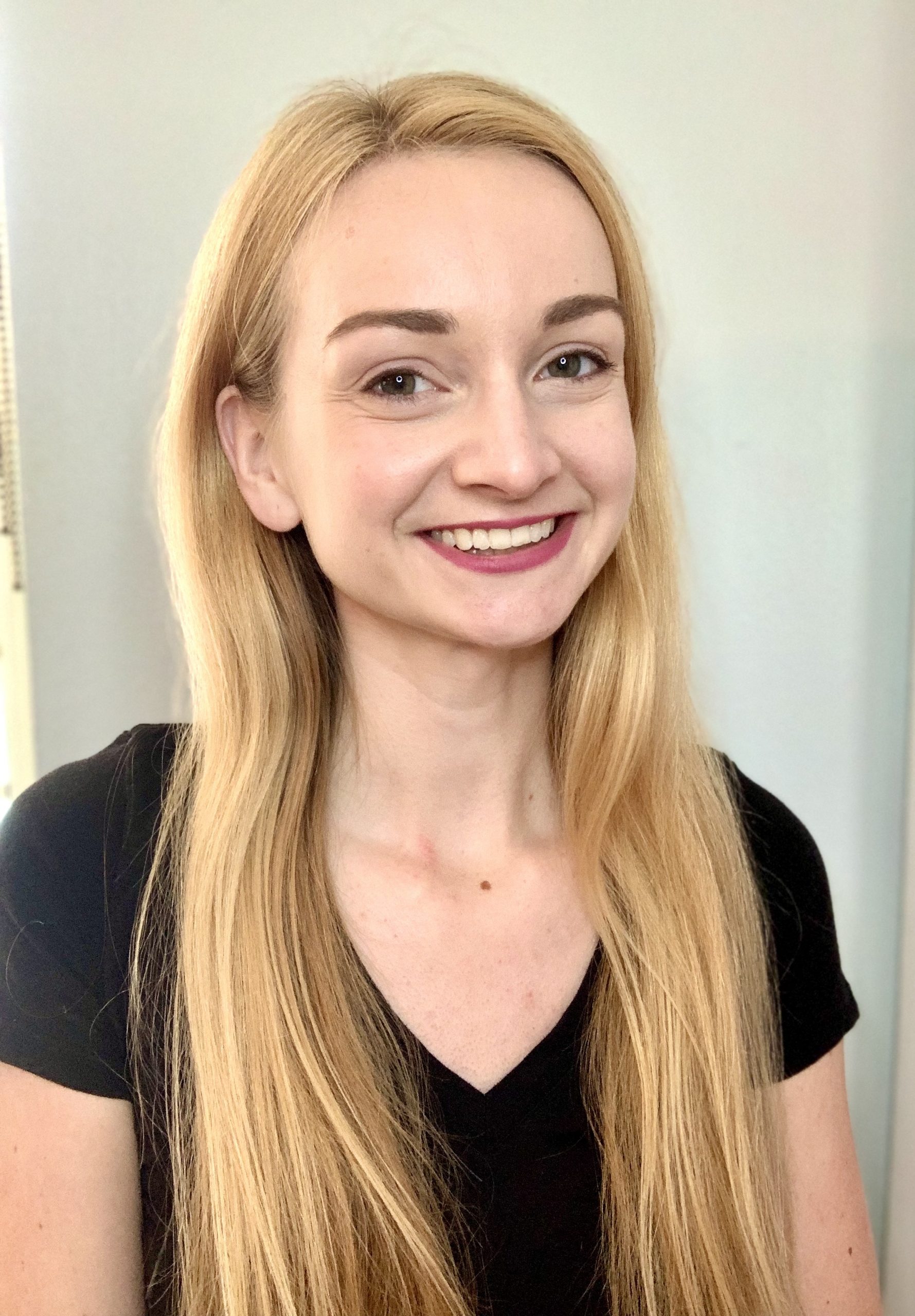
The Literature and Different Languages in Braille — Christina Hope Palmer
Embracing the Differences: Social Media for Curating and Celebrating Linguistic Varieties — Elizabeth Keyton
Language learning and the spread of certain manners of speaking were often dictated to the texts that were circulated in classrooms, and the limited international media that has covered certain regions. However, with social media, there is now an influx of information and samples of local varieties and dialects of languages. Rather than starting comment wars about what is true, pure, or accurate use of language, there is now an opportunity to embrace the differences by describing the unique variations and why they exist.
Anita Sachariah, Jessica Kumar, Richa Joshi & Aditi Wardhan Singh — Challenges Diaspora Face in Raising Multilingual & Multicultural Families
When families emigrate, what challenges do they face in passing on their language and culture? Why are some communities successful whereas others give up and adopt English only? How can we support immigrant parents and communities to support learning at home? #normalizemultilingualism #learnheritagelanguages
How Language Learning Expands Your Identity — Jessica Kumar
The dissonance caused by learning a new culture and language can be one of the most disorienting things that humans can go through. How can one respectfully and responsibly learn a new language without doing harm to those around them or losing themselves in the process? Join Jessica Kumar, Invisible India Podcast host and lifelong Hindi learner as she guides us through being aware of our own motivations, practicing cultural humility and decolonizing the language learning process.
High Tech, High Touch: Technology's Contribution to Family Ties and Heritage Language Preservation — Pona Tran
In this storytelling session, Pona Tran, a Chinese Canadian educator, shares how the evolution of basic technology has helped her immigrant family regain connections to relatives, and how it has supported her efforts to preserve her heritage language. When her family members first immigrated to Canada in the late 1980s, the only ways to reconnect with family “back home” were calling cards and letters. But with time, correspondence slows down, and connections may be lost. In his late 60s, Pona’s father learned to use social media to reconnect with his family in Vietnam, who speak Teochew (a dialect of Chinese). Technology has helped the extended family remain close despite geographic, linguistic, and cultural barriers, and acts as a bridge to preserve their heritage language overseas.
Your voice is global — Dolores R. Guiñazú & Karen Cavanna
The world is multilingual. Your voice, though unique is valid and international. We have to trust the power of communication and connection with the global world #translation #culture #podcast #oral #technology #humans #artificialintelligence
Cultural Entrepreneurship: How Art, Culture and Tourism work as great synergy — Brenda Ortiz Clarke
In this session I’ll share about the two brands I run: #BLOCArtPeru and #TailoredToursPeru which are good examples on how arts and culture can be shared through different approaches for a local and international audience. #TTPeru #BrendaOrtizClarke #BLOCArtPlatform #Artrepreneur
Ancient & Mysterious...the Basque culture and language continues to survive — Esther Ciganda
The dissonance caused by learning a new culture and language can be one of the most disorienting things that humans can go through. How can one respectfully and responsibly learn a new language without doing harm to those around them or losing themselves in the process? Join Jessica Kumar, Invisible India Podcast host and lifelong Hindi learner as she guides us through being aware of our own motivations, practicing cultural humility and decolonizing the language learning process.
Language Learning in XR — Murewa Olubela & Sara Smith
XR can enhance language learning, providing students with immersion and simulation of realistic language environments. By expanding the range of activities, students can gain hands-on experience, and master topics that can be learned as skills, instead of abstract knowledge.
Misty Cozac & Carlos Ernesto Saladen Vargas and Dr. Paula Weaver — Internationalization and English as a Medium of Instruction (EMI)
Many post-secondary institutions have #internationalization listed as one of their strategic goals, but what does that mean and how is it achieved. This session will look at internationalization through teaching, particularly through English as a Medium of Instruction (#EMI).
Connecting Through and Playing With Language — Etai Nahary
Come and join me as I take you through my unique journey and relationship with all the languages in my ever-expanding sandbox. Find out how language learning has shaped my worldview and how I navigate through life.
Who does English belong to? — Deepika Vasudevan & Yazzy Ares
It is the need of the hour to teach and learn English not as a language that belongs to a handful of countries in power, but as one that belongs to the world.
Future-Proofing Translation and Localization — Marina Gracen-Farrell & Carrie Livermore Fisher
There’s been a lot of speculation about the future of translation and localization with the advent of AI and automated processes. We’ll discuss what do we need to do as an industry, and as individuals supporting the work, supporting ourselves working in this field. #futureproofL10N
Stand Up to Native Speakerism — Christina Hilton & Csabi Berger, Deepika Vasudevan, Lara Bediones & Sulaiman Jenkins
A passport is not a teaching qualification! In this talk, international speakers of English will come together to discuss definitions, provide diverse perspectives and share experiences of the pervasive act of native speakerism in the ELT industry, and ways we can combat it.
Imbedding Culture within the Early Childhood classrooms — Hannoush
My session will focus on ways early childhood educators can run a culturally strong and culturally supportive classroom in partnership with the families that they serve.

A Peak Behind the Curtain — Brennon Ramsey
Join me for a brief talk as we delve into lesser-known languages from around the world, starting in California, flying over to Northern Japan, and finally sailing to the Andaman Isles of India.
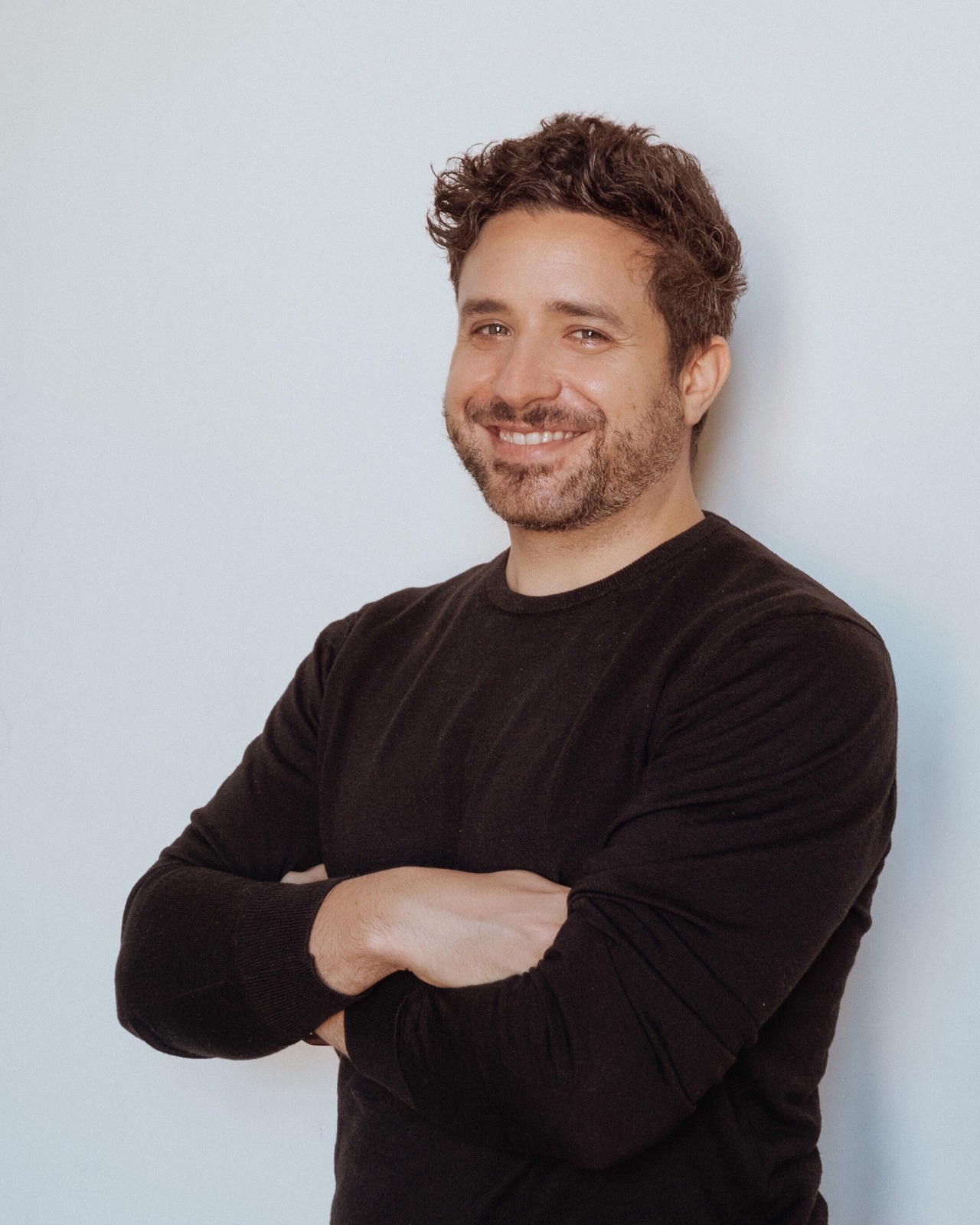
A 30-YEAR JOURNEY REVEALING THE KEYS TO NATIVE-LANGUAGE FLUENCY THROUGH PASSION AND IMMERSION — Luca Lampariello
Embark on a 30-year journey with Luca Lampariello, the esteemed polyglot, at the Polyglot Conference in Budapest. Through passion and immersion, Luca unveils the keys to achieving native-language fluency. Discover the transformative power of cultivating a deep love for languages and immerse yourself in interactive examples and practical advice. Luca shares personal experiences, highlighting the role of immersion in language acquisition, while addressing challenges faced along the way. Gain invaluable tips to optimize your language learning process, from vocabulary acquisition to mastering grammar. Join Luca Lampariello, an influential figure in language learning, and unlock the secrets to lifelong language fluency.
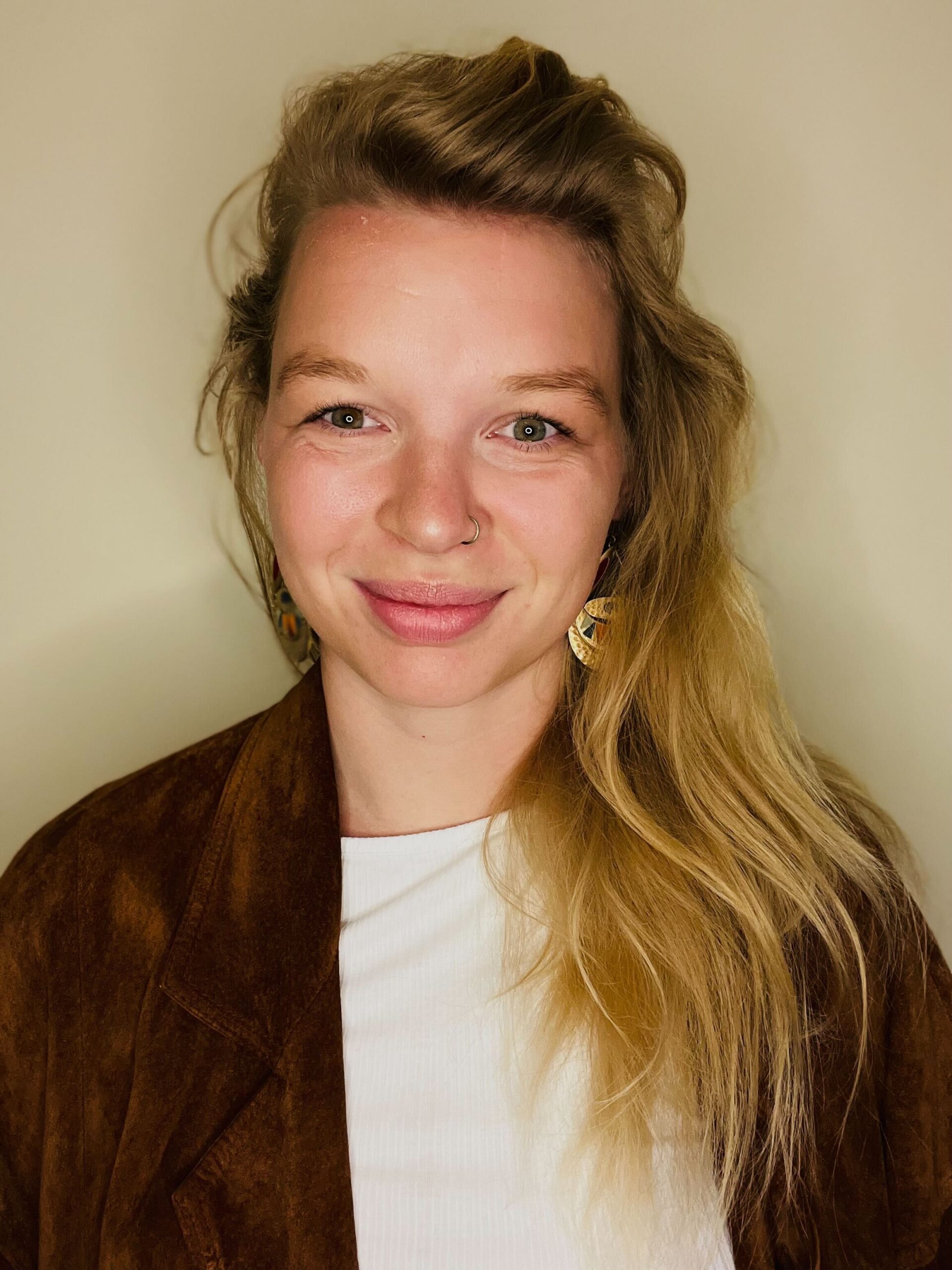
APRENDER IDIOMAS EN UN MUNDO DIGITAL: CÓMO TIKTOK PUEDE AYUDARNOS A APRENDER IDIOMAS — NOËL WOLF
Ya antes de la pandemia, nuestro mundo ha ido cambiando hacia un mundo cada vez más digitalizado. Esto significa que nosotros, como profesores de idiomas y estudiantes de idiomas, tenemos y debemos adaptarnos. En esta ponencia, intentaré hacer un análisis rápido de TikTok como plataforma general, pero más profundamente como plataforma de aprendizaje y, más aún, de aprendizaje de idiomas. ¿Cuáles son los argumentos a favor y en contra? ¿Cuáles son los miedos y cómo podemos superarlos? ¿Cuáles son las características de estos vídeos? ¿Cómo podemos incluirlos en nuestro recorrido tradicional de aprendizaje de idiomas? ¿Qué hay que tener en cuenta a la hora de consumir y producir vídeos de aprendizaje de idiomas en una plataforma como TikTok (o Instagram)? ¿Cómo podemos utilizar las redes sociales para mejorar nuestro aprendizaje y enseñanza de idiomas?
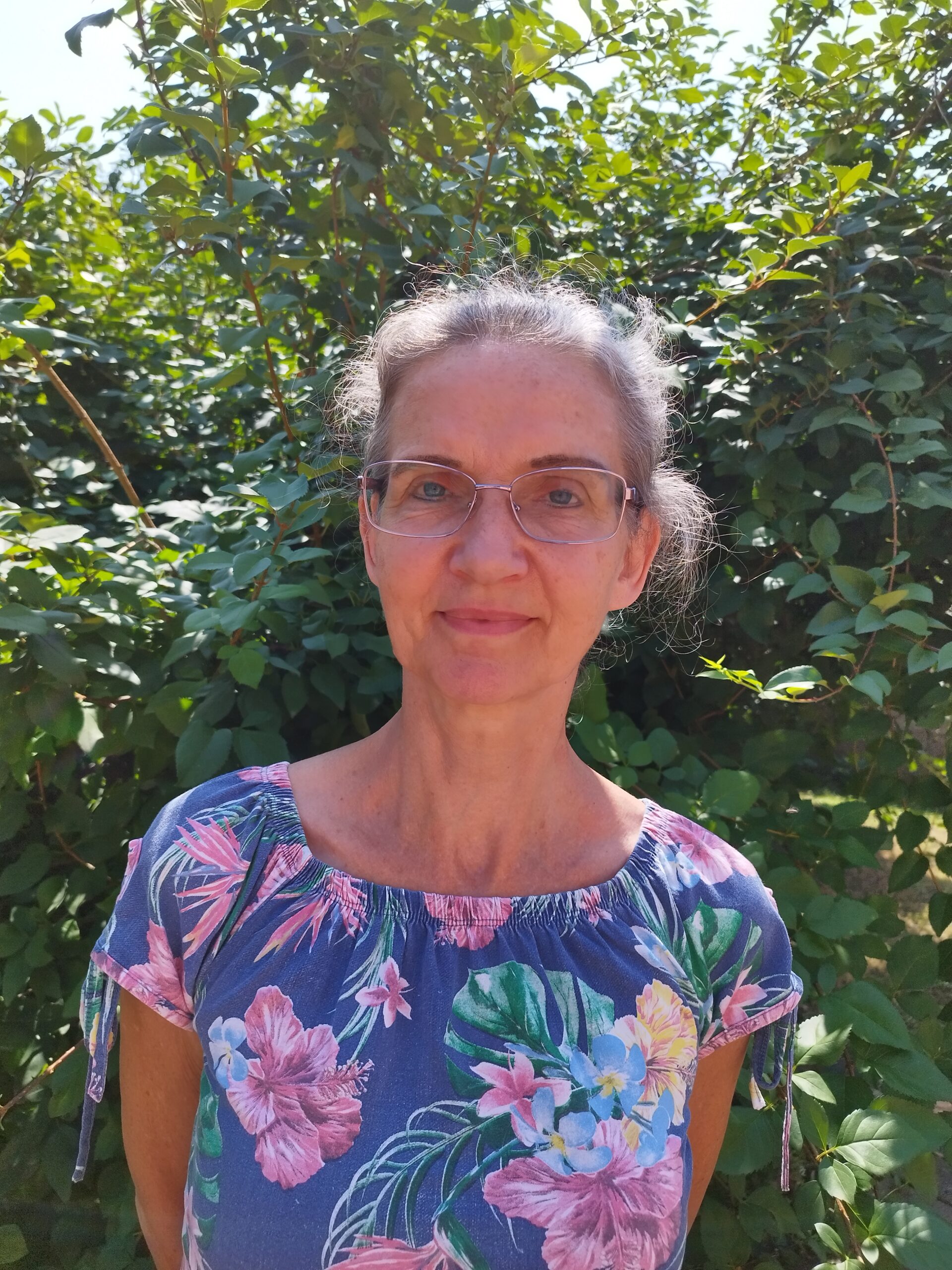
KONTRASTIVE LINGUISTIK: UNGARISCH UND DEUTSCH — HEIDRUN TÓTH-LOESTI
In diesem Vortrag nehme ich euch mit an die Uni, ich zeige euch, was die Germanistikstudenten in Ungarn lernen. Ich finde Sprachwissenschaft spannend und hoffe, dass auch ihr Spaß daran haben werdet. Ich erzähle euch, wofür man kontrastive Linguistik gebrauchen kann und wie man zwei Sprachen vergleicht. Ungarisch und Deutsch sind ziemlich unterschiedlich, sie gehören zu verschiedenen Sprachfamilien und zu verschiedenen Sprachtypen. Trotzdem gibt es viele Ähnlichkeiten, denn die gemeinsame Geschichte in Europa hat ihre Spuren in der Sprache hinterlassen. Zum Schluss analysieren wir drei ungarische Sätze, die hoffentlich für euch alle nützlich sein werden, wenn wir uns schon hier in Ungarn treffen. Ich spreche langsam und habe viele Bilder, damit ihr mich auch dann verstehen könnt, wenn euer Deutsch noch nicht auf dem höchsten Niveau ist.
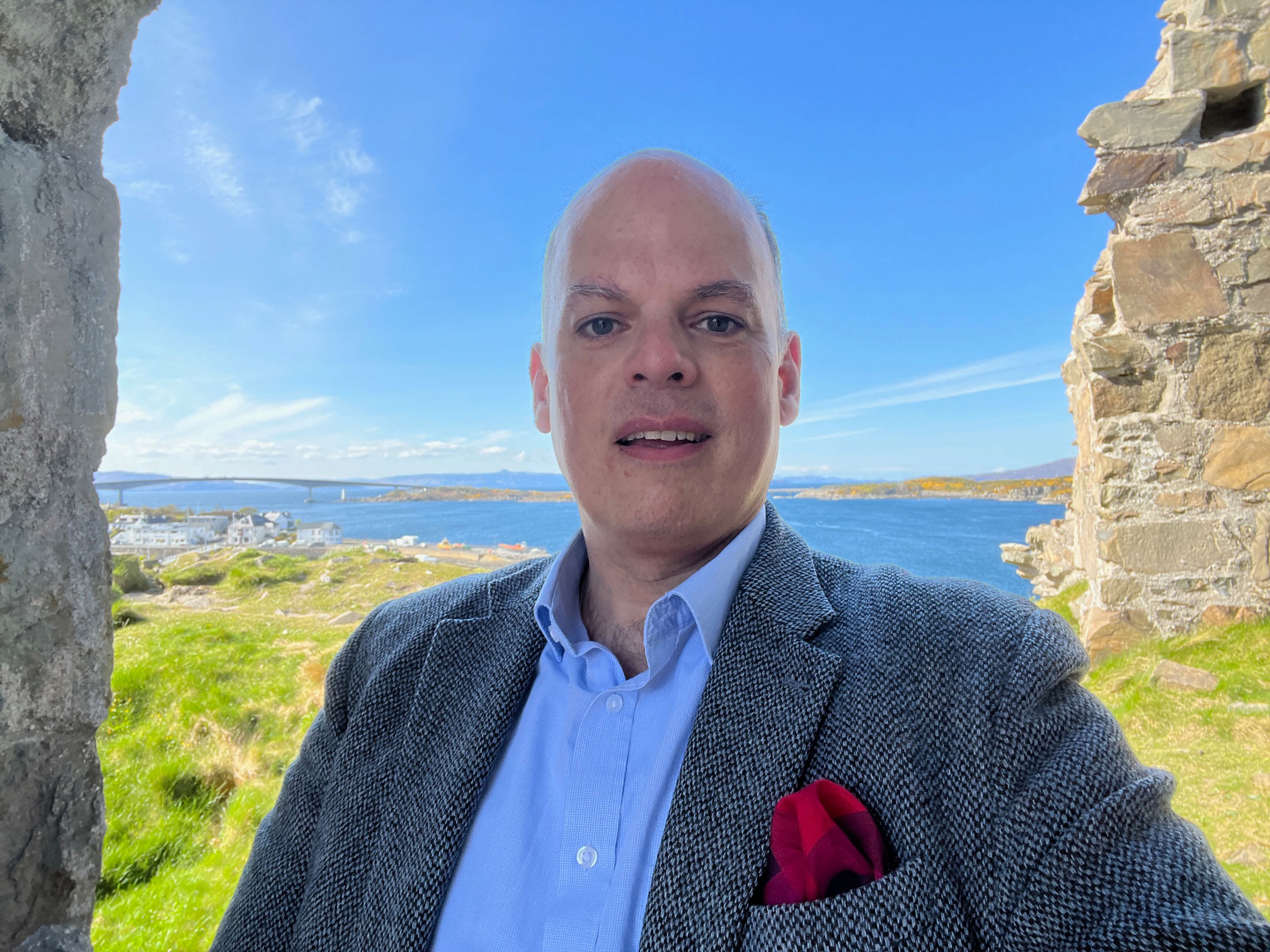
WHAT LEVEL OF SUPPORT SHOULD WE AFFORD MINORITY LANGUAGES? - COMPARING GERMANY AND THE UK — ANDREAS G. WOLFF
Why should we waste limited government resources and try to keep minority languages on life support when many of them are going to die over time anyway? It may sound plausible that health spending e.g. is more important than culture. But the German constitution states that nobody should be discriminated because of their language and that Germany advocates for justice in the world. One may wonder whether this applies to its native minorities, too. This talk will look at the example of the Frisian minority in Northern Germany. In the large majority of schools Frisian is a voluntary after school subject if it is offered at all. Public service broadcasting in the language is almost non-existent. Could this constitute cultural imperialism, be discriminatory and thus be anti-constitutional? If so, whose fault is it? For a minority of 10,000 speakers a number of organisations are competing for 350,000 Euros of public money p.a. On the other hand the Western Isles Council in Scotland took the progressive decision to make Gaelic medium education the default position and parents have to opt out if they want their children to be educated in English. The BBC run a Gaelic language radio and tv station and overall ca. 30m Euros are invested in the language p.a. Is that too much for 60,000 speakers? Also learn a bit about the cultures and a few words of Gaelic and of the biggest Northern Frisian dialect of Fering from the quadrilingual island of Feer/ Föhr.

A DIVE INTO DRAVIDIAN: UNRAVELING SOUTH INDIA'S LINGUISTIC TAPESTRY — JOSHUA BALATA
What we refer to as ‘India’ today is an English name given, after a river that flows outside the country. Two notable ancient language families have given birth to modern day Indian languages: Indo-Aryan Languages (Hindi is a well known descendant) and Dravidian (Tamil is well known descendant). We will focus on the Dravidian tapestry in this talk, this rich plateau that I’ve had the privilege to be raised in. I speak 3 out of 4 Dravidian languages, all of which are classified as classical Indian languages (there are 6 in all of India). To qualify, a language needs to be more than 1500 years old, have a body of ancient literature that’s not borrowed, and have distinction from a modern offshoot. While the oldest Kannada inscription is from 450 AD, the primary mode of preservation for Kannada has been folklore. As a child, I memorised a lot of ancient Kannada poetry, works of a poet ruler “Bassava” which include stories, and moral values, excerpts of which will be in my talk. I shall also spend time talking about the rich diversity of the Kannada state, Karnataka, home to languages like Tulu that my dad speaks, Kodava, an endangered language from Kodagu, that has more in common with Tamil, but is spoken in Karnataka, Urdu that was installed during the reign of a Persian dynasty and Konkani which is an Indo- Aryan languages spoken in the coastline of Karnataka and celebrates Portuguese borrowings from the 1500s. I may not have the time to go into similarities between modern day kannada, telugu, tamil and Malayalam, but this is an avid sport we practice at home, as my dad is Tamil, my mum Malayalee and I the Kannada boy.

COMPARING THE PHONOLOGY OF MULTILINGUAL LUO SPEAKERS — ANTHONY MESO
This talk looks at the language Luo which is mainly spoken in Kenya and Tanzania. This research was done for the dissertation of my Linguistics postgraduate degree. I mainly explored how languages like English and Swahili affected how people pronounce certain words in Luo.
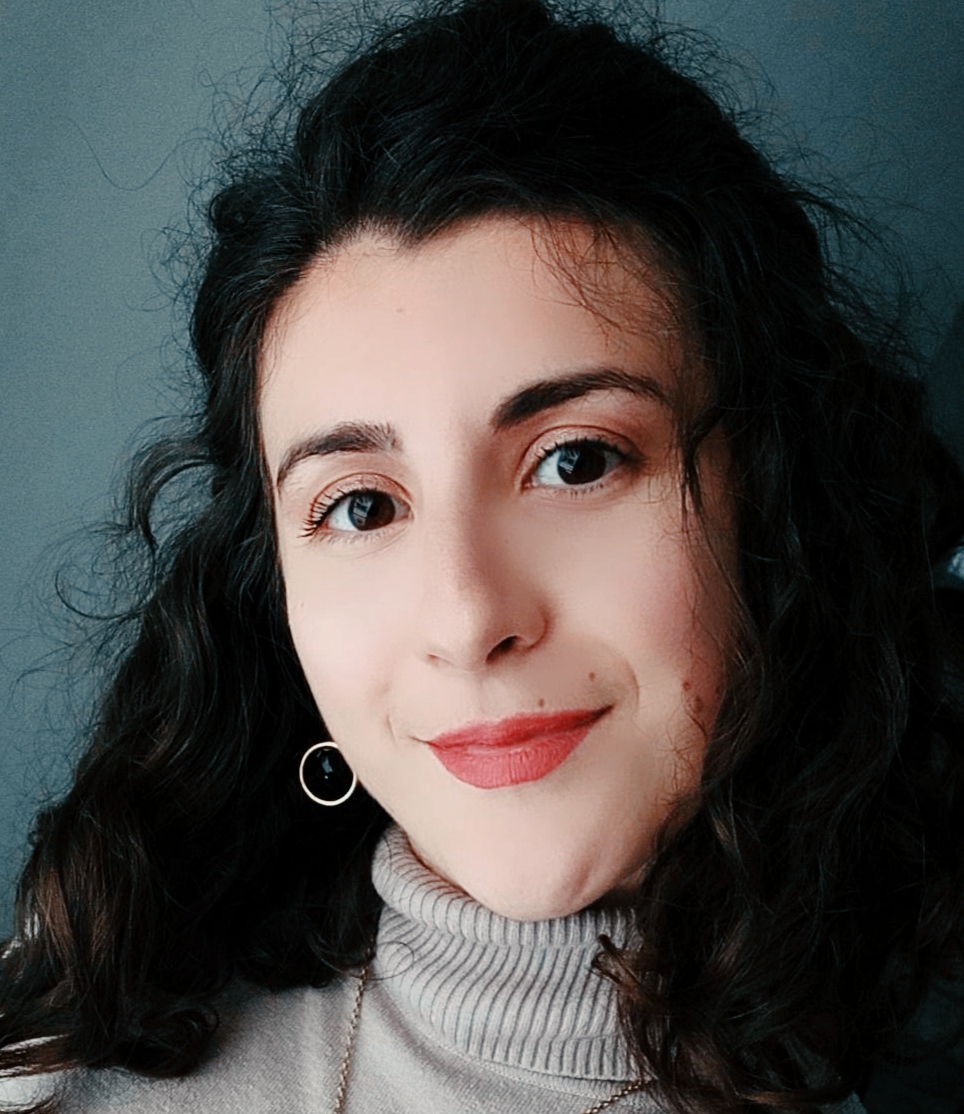
PONTIC GREEK: HISTORY AND CULTURE. — ELENA KOUTOUNIDOU
Pontians are an ethnic Greek subgroup, indigenous to the region of Pontus, in north-eastern Anatolia and the eastern Turkish/Caucasus region. Pontian Greeks had been forced out of their homeland about a hundred years ago, nevertheless, Pontic Greek, the oldest surviving Greek dialect, is still spoken in Greece, Turkey and Russia. It was formed over millennia since the Ionian colonization along the southern Black Sea shores around the 8th c. BC. According to linguistic research, the dialect was influenced by the vocabulary of the Genoese and the Venetians of Trebizond. It is also worth to mention that the individual Pontic Greek varieties have been exposed to strong influences of the respective umbrella language and have been developing differently due to the wide spatial distance. Pontic Greek is currently spoken by about 778,000 people worldwide. Although many Pontian Greeks had immigrated to northern Greece, today only about 200,000 to 300,000 are considered active speakers of the language. Pontic Greek has a rich oral tradition, including folklore dances and songs which are particularly popular in Greece especially in weddings and on Easter Sunday. There is also some limited production of modern literature, including poetry collections, novels, and Asterix comic books translated into Pontic Greek. A few examples of song lyrics as well as information on morphology comparing to modern Greek will be included in the presentation. Last but not least 3 testimonies of native speakers of similar ages from both regions can be found in the research.
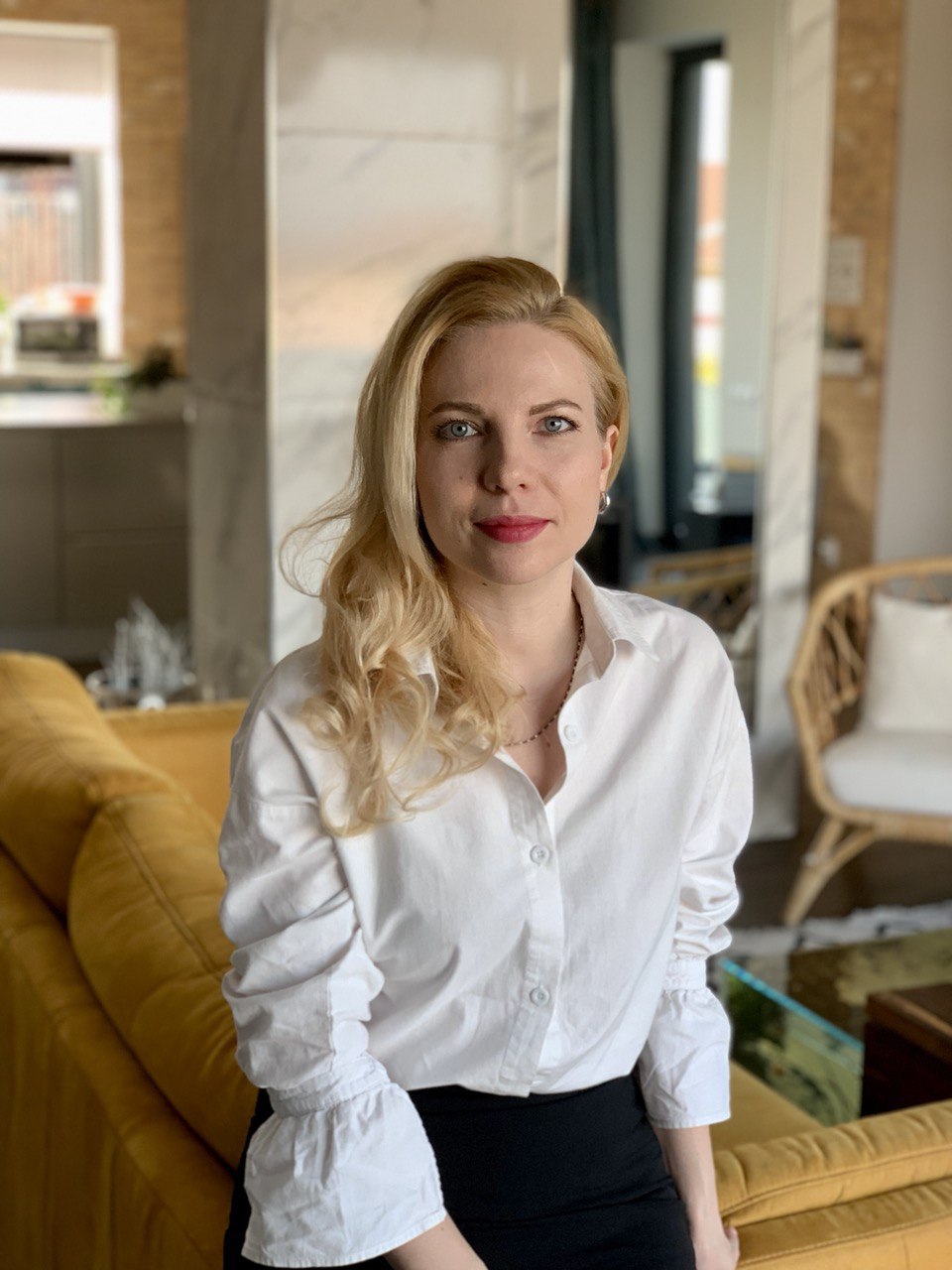
TRANSFORMING LIMITING BELIEFS IN LANGUAGE LEARNING — ANNA BAKOVÁ
Transforming top limiting beliefs in language learning to supportive perspectives in an engaging format of metaphorical associative cards. Beliefs are thoughts that we firmly believe, consciously or subconsciously, and we do not even question them. Our beliefs about the language we learn, its culture, the process of language learning, our possibilities to integrate the language into our lives, our abilities, our responsibility for the result – they all project our result. They program our failure or our success. They also project the process of learning – too difficult and unpleasant, or exciting and efficient. When we become aware of our limiting beliefs and transform them to supportive ones, we can boost our progress in language learning by 6 times and even more. Therefore, this is a really strategic question to explore every time we learn a language. We can do it with a coach or with special metaphorical cards that the team of professional coaches of Language Coaching Academy has developed. These are 80 cards with top 80 limiting beliefs in language learning – on one side and corresponding 80 supporting beliefs on the reverse side, including questions that help us expand our view about those thoughts. Anna Bakova will share effective ways to transform limiting beliefs into supportive ones, including how to work with this set of metaphorical cards.
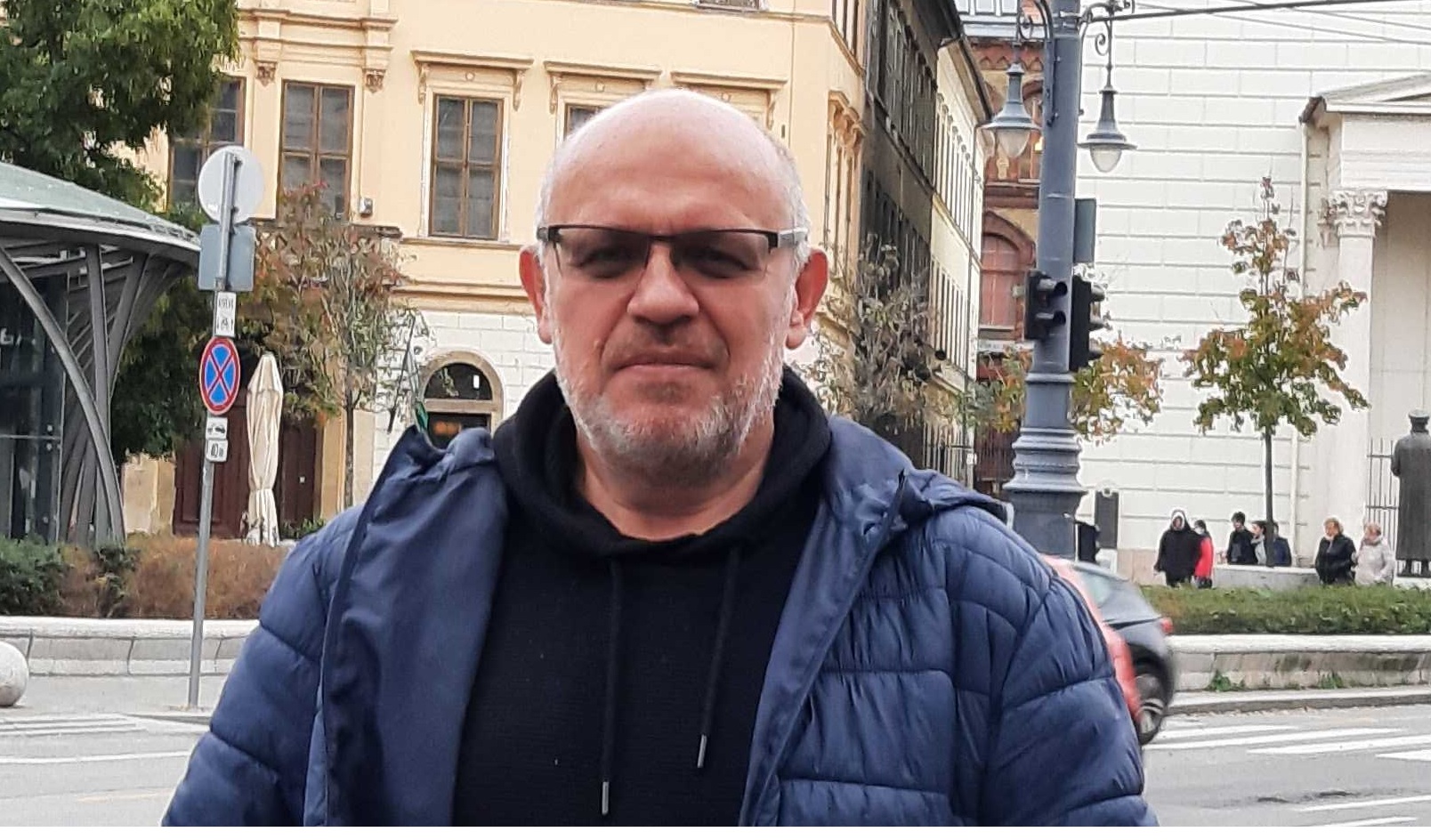
THE RUSYNS - AN ENIGMATIC SLAVONIC PEOPLE IN THE CENTRE OF EUROPE, OR UNKNOWN SLAVS? — VLADIMIR PUKIS
Their language and culture yesterday and today. The Rusyns are an autochthonous Central European ethnic group, living in Ukraine, Poland, Slovakia, Hungary, Romania and Serbia. Many linguists consider Rusyn/Ruthenian the 4th East Slavonic language, though there exist at least 4 variants of (codified) Rusyn language. Sunethnic groups of Rusyns – Lemkos (Polish and Slovak), Dolyniany, Pannonian Rusyns, and others. Boikos and Hutsuls – can they be called Rusyns too? Plural self-identity of (many) Rusyns. Rusyn as the most archaic surviving East Slav language. Hungarian and German (via Hungarian) borrowings in Rusyn. The linguistic border between East Slovak and Rusyn vernaculars. Pannonian Rusyns – East Slovak substrate with Ukrainian and Serbian loan-words, written in Cyrillic and definitely considering themselves as belonging to East Christianity (Greek / Byzantine rite Catholic).
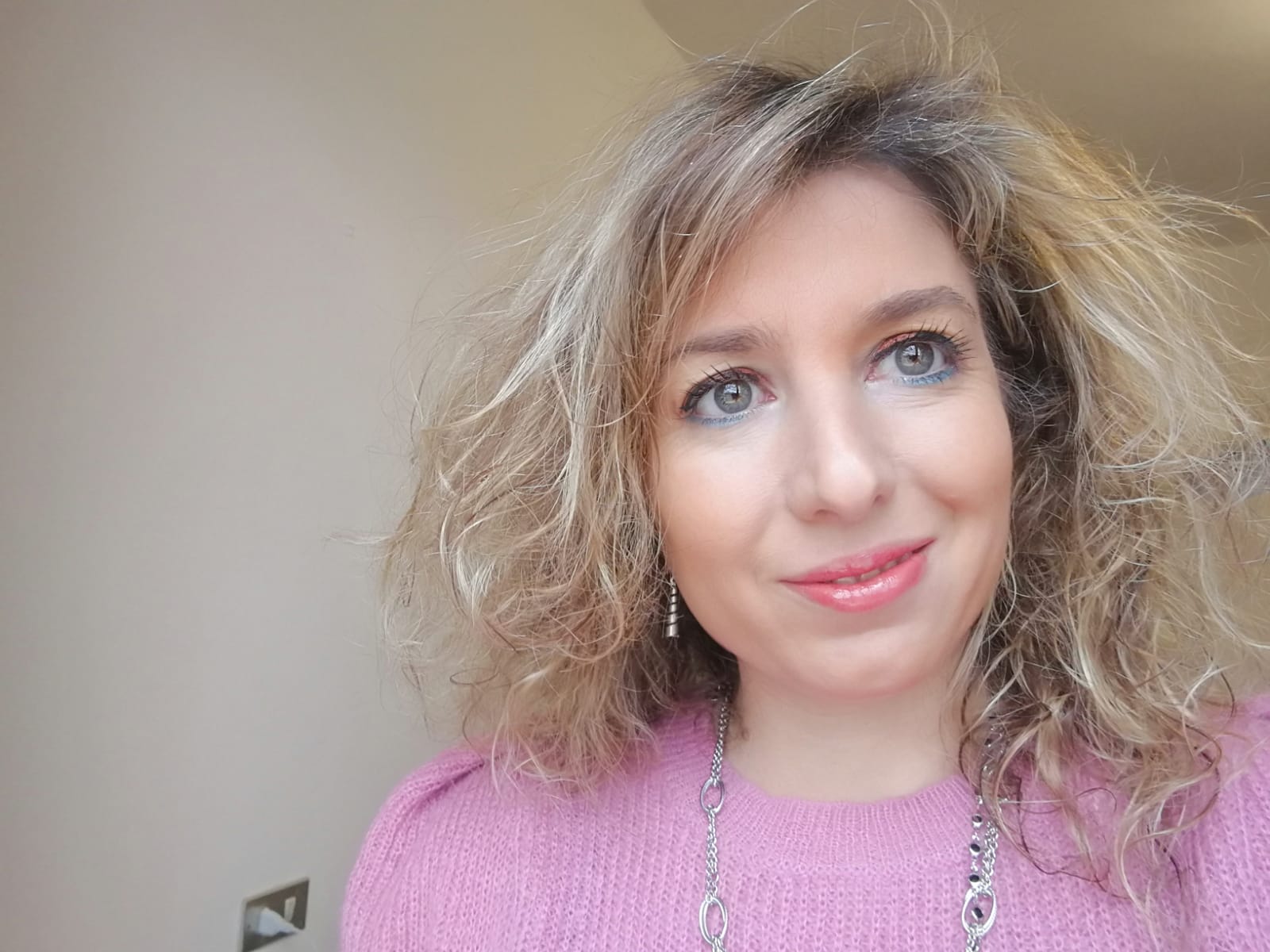
THE ROLE OF MINDSET IN LANGUAGE LEARNING. — ELISA POLESE
It often happens that people learning foreign languages are discouraged by not seeing the results they were hoping for. Finding efficient language learning techniques is crucial to maintaining the motivation high and creating sustainable habits, and sticking to them is essential for one’s motivation. In an era when people want everything immediately, despite the huge amount of resources available, many individuals seem to struggle more than before when it comes to learning languages. Until some years ago, the main obstacle was that one’s learning method was not practical and he could not structure his study time according to his learning goals. More recently, the problem seems to be the loss of self-discipline and a growth of anxiety, which has a significant impact on one’s mindset, including when it comes to learning languages. In this presentation, the speaker, on the basis of her research and case study regarding the role of mindset and language resources in contemporary times, will give some useful tips and techniques to overcome the recurrent obstacles many people encounter when learning languages.
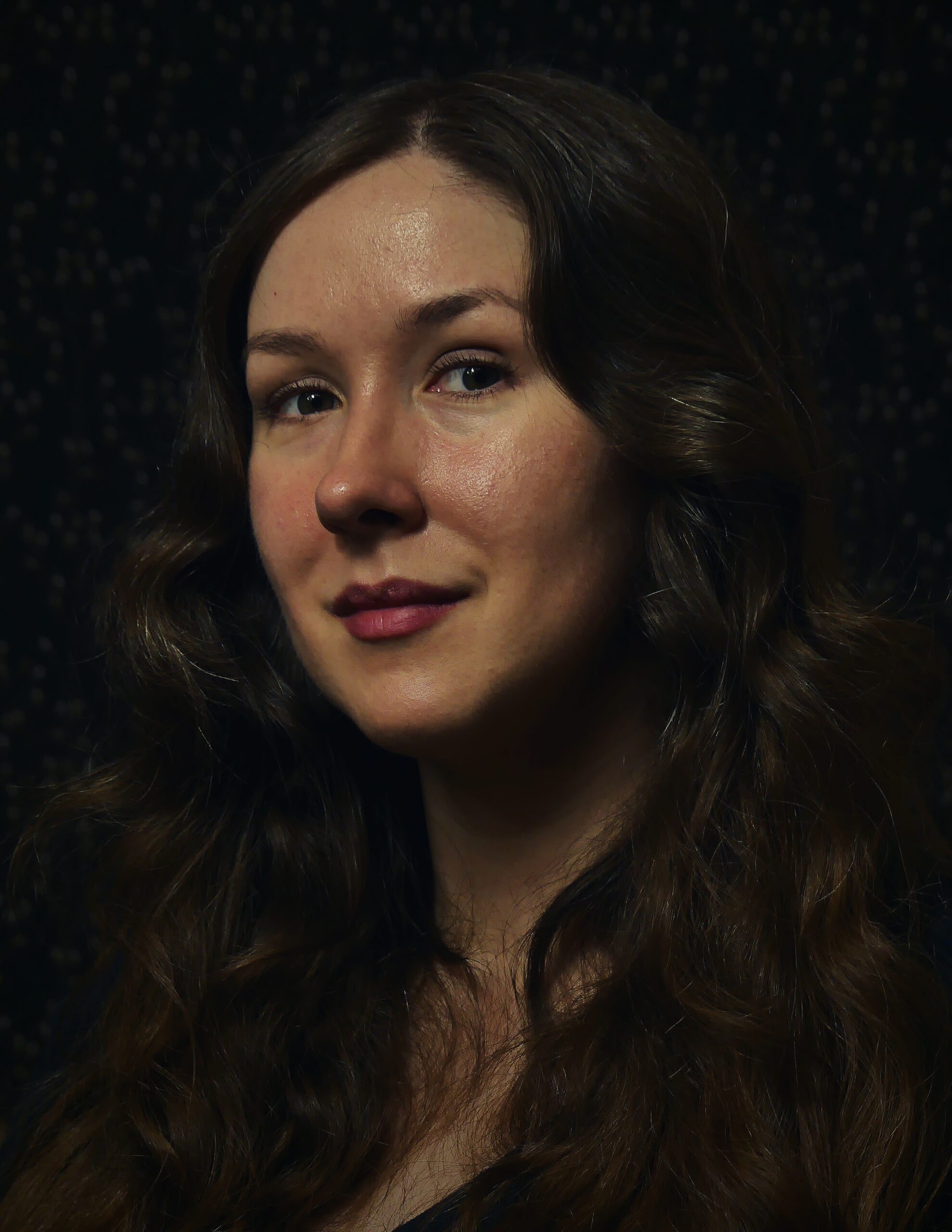
THE BALTIC LANGUAGES — INESE PINTĀNE
Some linguists and philologists consider the Baltic languages to be perhaps the most archaic Indo-European languages and assume that they might be very beneficial for scholars in their attempts to reconstruct the Proto-Indo-European language. Usually, the Baltic languages are subdivided into Western, Eastern, and Dnieper Baltic. In my presentation, I will focus on three of them – Prussian, Lithuanian, and Latvian. The Prussian language was the last Western Baltic language that became extinct during the 18th century. A few texts (mostly Catechisms) written in Prussian are known to exist until this day. Nowadays, officially, scholars talk about just two living Baltic languages – Lithuanian and Latvian. Both of them are classified as Eastern Baltic languages and, in total, have approximately 4.5 million speakers. There are also some speculations that Latgalian spoken in Latvia and Samogitian spoken in Lithuania might be another two separate Eastern Baltic languages with their own peculiar vocabularies and grammars. In my presentation, I will discuss the similarities and differences between Western and Eastern Baltic languages and will try to answer the following questions: 1) How hard and time-consuming is it to learn Baltic languages? 2) Can Latvians and Lithuanians understand each other, and can they also understand texts written in the Prussian language? 3) How beneficial can be the knowledge of Baltic languages in studying other foreign languages?
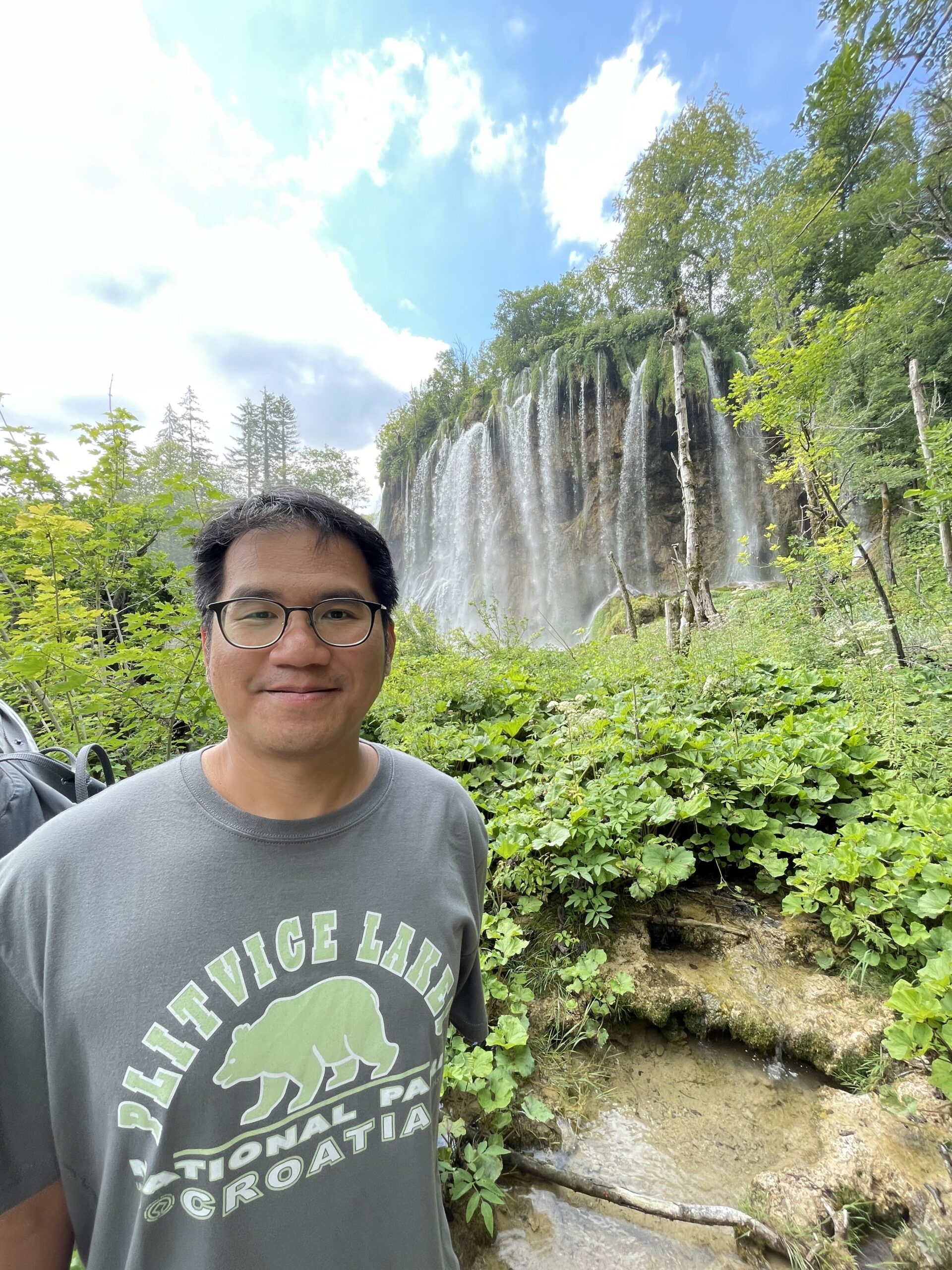
DESIGNING A SOCIAL INTERACTION-BASED IMMERSION PROGRAM FOR REVITALIZING THE PAIWAN LANGUAGE — TERRY HSIEH
Taiwan, alias Ilha Formosa, is the most likely candidate of the “urheimat” of the Austronesian languages. However, at the current state, most Austronesian languages in Taiwan risk extinction due to rapidly declining number of speakers. Therefore, revitalization is deemed essential, and the authority has been injecting a lot of resources into indigenous language education. Paiwan is the 2nd or the 3rd largest Austronesian language in Taiwan with a population of about 100,000. However, most native and fluent Paiwan speakers are more than 60 years old and few of them are engaged in education. Thus, having an immersion program that promotes the interaction between the learners and the native speakers would tremendously benefit both of them and more generally Paiwan’s revitalization. I began to design and build a social interaction-based immersion program in a Paiwan community called Da-Niao in Taitong with some preliminary success. In this talk I will explain the program design and sum up results. On top of that, I hope our experiences can benefit all language learners of the world, including all of you in Budapest!
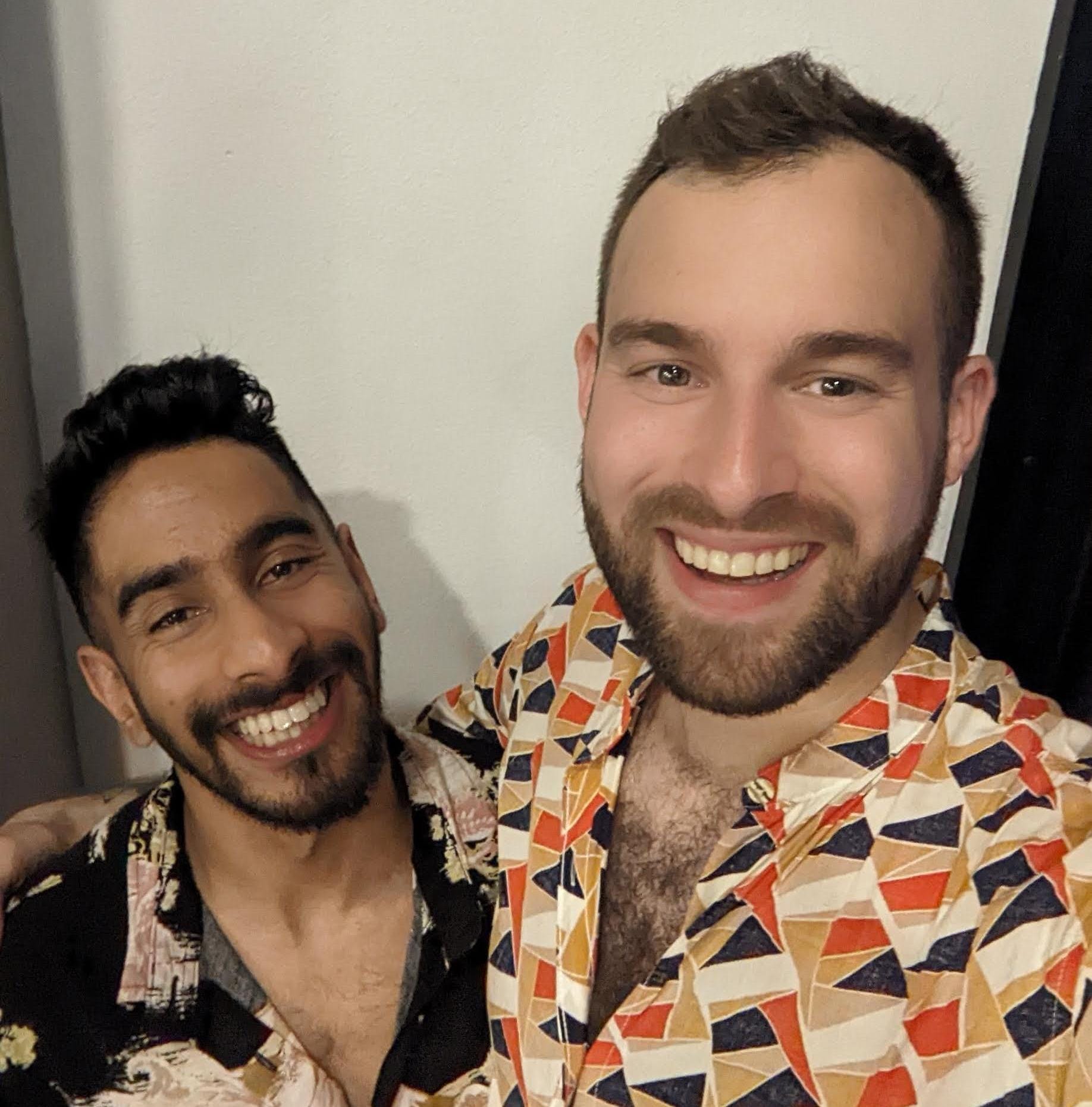
MISCONCEPTIONS SURROUNDING SIGNED LANGUAGES — SCOTTIE BEAUDET & AMAR MANGAT
In this talk, we aim to address the misconceptions surrounding signed languages, shed light on their distinct features, and emphasize the ways in which they differ from spoken languages. Despite the growing recognition and appreciation of signed languages, misunderstandings and assumptions persist, hindering effective communication and perpetuating stereotypes. It is crucial to break down these misconceptions and foster a deeper understanding of the richness and complexity of signed languages. We will briefly discuss the intricate grammar and syntax of signed languages. Through visual demonstrations and examples, attendees will gain insight into the sophisticated linguistic systems of signed languages. Unlike spoken languages, signed languages utilize space, facial expressions, and body movements as essential components of communication. We will illustrate how these elements contribute to the expressive nature of signed languages, challenging the notion that they can be directly mapped to spoken languages. By dispelling misconceptions and enhancing our understanding of signed languages, we can promote inclusivity, effective communication, and cultural appreciation. This talk will provide a platform for dialogue, encourage open-mindedness, and empower attendees to challenge preconceived notions about signed languages. Together, let us embrace the diversity and richness of signed languages, fostering a more inclusive and accessible society for all.
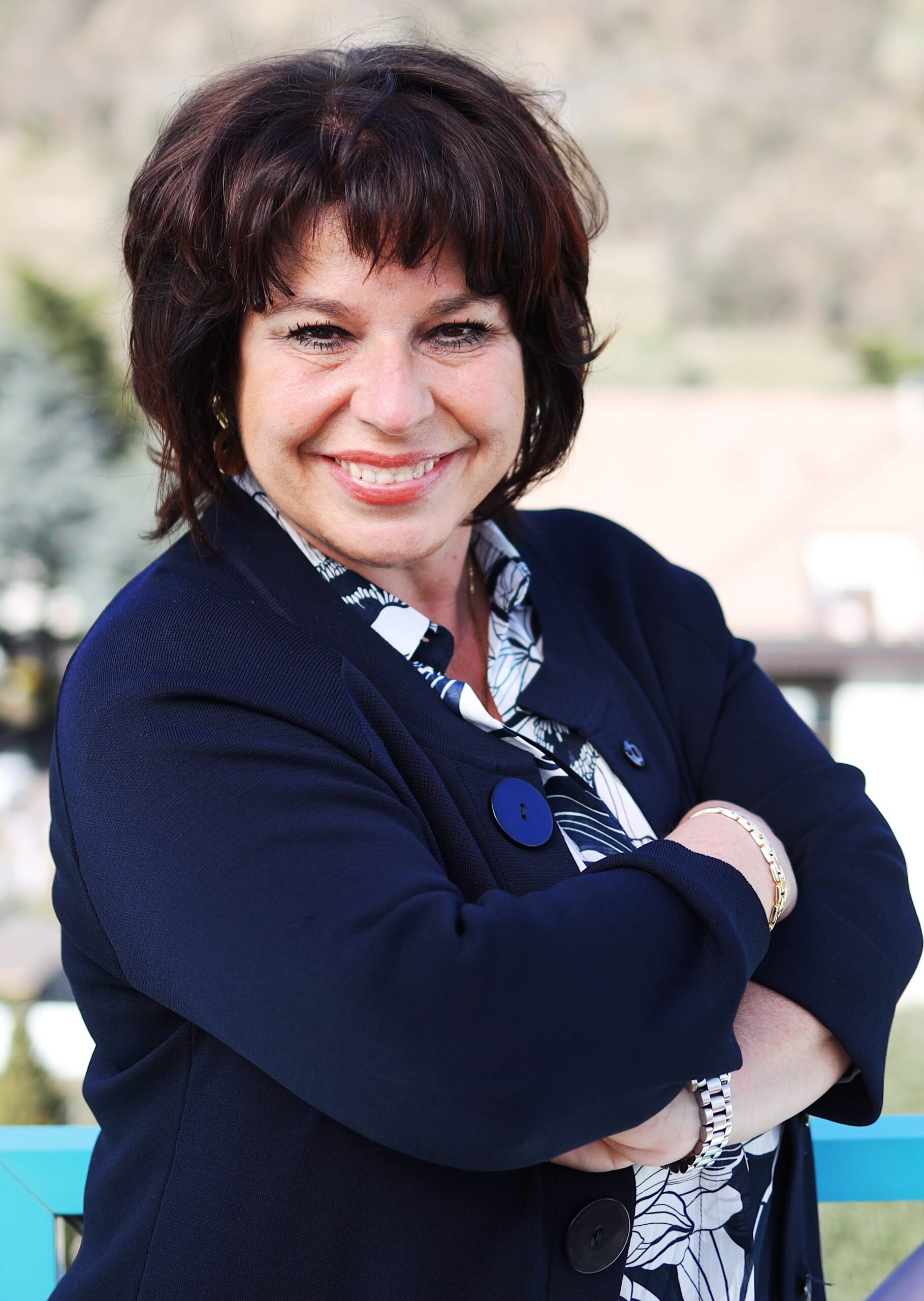
KATÓ LOMB’S MUSINGS ON POLYGLOTS COMPARED WITH FINDINGS FROM MY DOCTORAL THESIS ON POLYGLOTS — CLAUDIA PELLEGRINI
Some claims on polyglottism by the Hungarian polyglot Kató Lomb (1909 -2003) found in her books Polyglot. “How I learn languages”, “Harmony of Babel: Profile of famous polyglots of Europe” and “With languages in mind. Musings of a polyglot“ are compared to findings in my doctoral thesis “What Polyglots Can Teach Us. Language Maintenance in Multilinguals from a Dynamic Model of Multilingualism Perspective” (2020). This talk will focus on terminological issues, on language maintenance, on the age factor, and on language talent.

HOW LANGUAGE LEARNING LEADS TO ADVENTURE — TJ HUIZAR
Indiana Jones. Jason Bourne. James Bond. John Wick. And more. These larger-than-life characters traveled across the world on missions of many types, and all of them had the ability to speak multiple languages to swoon, manipulate, and free themselves from sticky situations. As language learners, we possess the unique ability to use our languages around the world to not only become one with a local culture, but also to enhance our exploration of the world and our interaction with its people. In this presentation, TJ Huizar, a nineteen-year-old adventurer and polyglot, will describe some of his stories from abroad. Tales from documenting dying languages in the Mayan jungles of Guatemala and surviving interrogation on the Russian border are just some stories from his adventures in over forty countries through dozens of languages. This talk will invite some of the world’s best language learners to experience the shocking limits of their linguistic skills through the lens of global exploration.

POLYGLOT STRATEGIES FOR BUSINESS TRIUMPH: HOW LANGUAGE SKILLS FUEL ENTREPRENEURIAL GROWTH — ANJA SPILKER
Learning another language is not only a superpower for communicating with a broader range of people but also a superpower for constructing and nurturing new ventures! Establishing and expanding a business involves a skillset that closely aligns with the process of language acquisition. Anyone aspiring to build a business can harness these skills to their advantage and apply them to the realm of entrepreneurial endeavors. Join me as we uncover the shared principles that underscore success in both language mastery and entrepreneurial pursuits and how language learning has helped me to build successful businesses. Whether you’re a seasoned linguist, a budding entrepreneur, or simply captivated by the nuances of skill enhancement, this talk pledges valuable insights that transcend the confines of conventional disciplines.

COOL CORNISH KARMA — RICHARD SIMCOTT
Making sense of the world and its communities through language. Seeing how we can make a difference in our own unique way.
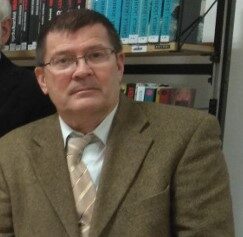
ESPERANTO IN HUNGARY – PAST-PRESENT-FUTURE — ISTVÁN SZABOLCS
In the 136-year history of Esperanto, Hungary has played a determining role from the very beginning. It can be said that Hungary is an Esperanto superpower, with good chances for the future.
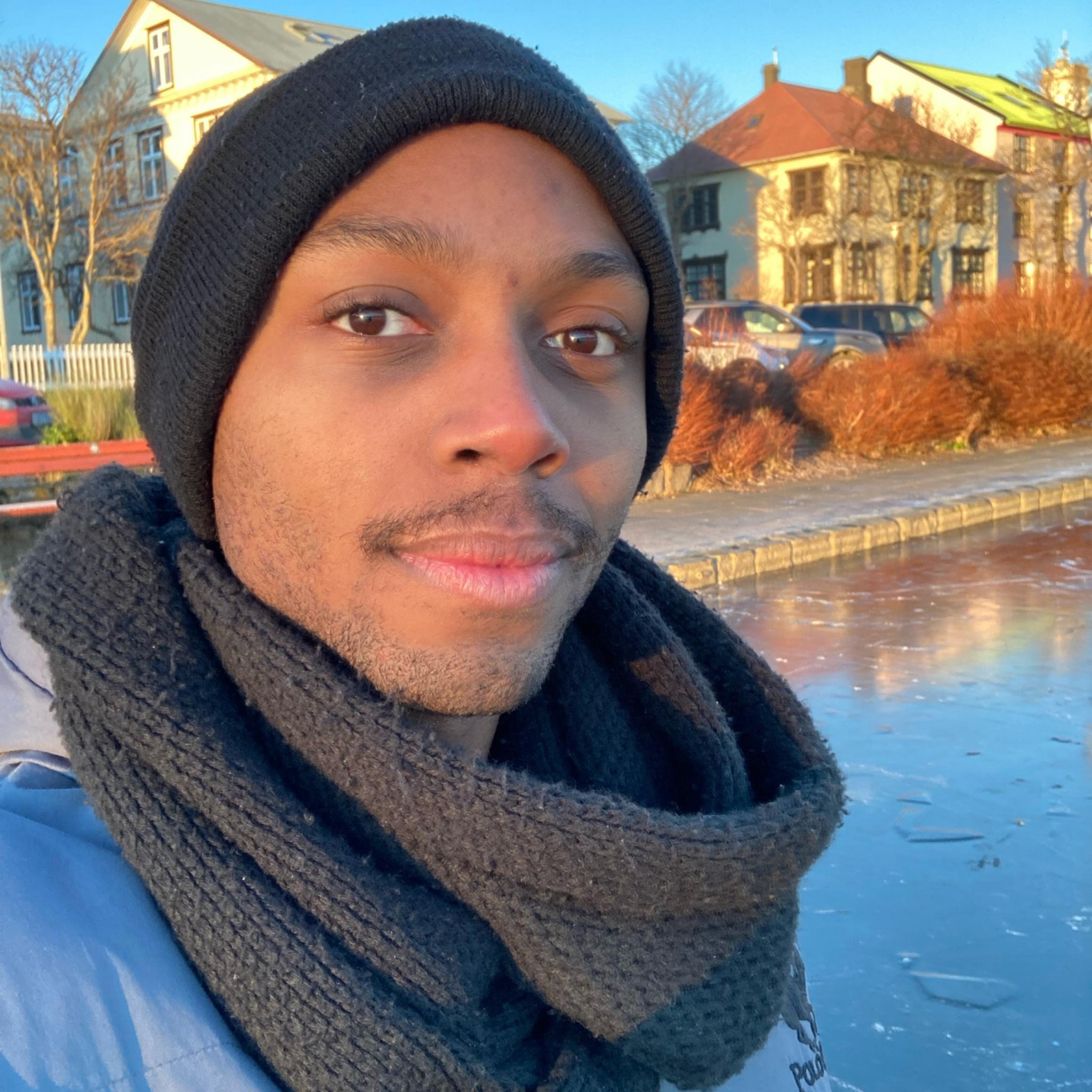
MEETING ME — DEREK TERELL ALLEN
Last year, I opened up to conference goers about my complex identity as an African-American-Icelandic man and how language has helped to shape this. I expressed that I have often felt barred from using language on my own terms due to the restrictions society places upon me as a black man, American, Icelander, etc. Therefore, I made the decision to learn Yoruba (one of my ancestral languages) in order to “reclaim” my heritage as well as take ownership over my use of language. I soon discovered that I was on my way to “reclaiming someone else”, since there was an apparent distance between me and Yoruba culture, so I just chose to be myself linguistically. This resulted in me feeling simultaneously liberated yet also even more alienated. As a “hail Mary” attempt to bridge this gap between me and my ancestral homeland, I will be traveling to Yorubaland in August. My talk in Budapest would be a brief summary on my talk in Cholula, revisiting major themes like language politics in the US and Iceland. My talk would then discuss my trip to Benin and how things relate to my last talk. Would my expectations be met? Would I fit in or stick out like a sore thumb? Why did I go to a country with only a relative handful of Yoruba speakers when there is a country right beside it with 40 some million? All of this and more would be addressed in my talk entitled “Meeting Me”.

APPLYING THE 8 CLASSIC LANGUAGE TEACHING METHODS IN THE CLASSROOM OF THE FORMOSAN INDIGENOUS LANGUAGES — BALI NANGAVULAN
Most language teaching and learning research and discussion have long been only focusing on the so-called “major languages” like English, French, Chinese(Mandarin), etc. However, teaching and learning indigenous language in fact involves very different challenges and requires a different set of skills due to the special social contexts of each indigenous language. Thus, simply applying the “textbook methods” to the classroom of an indigenous language is virtually impossible. As a researcher at “Indigenous Language Research and Development Foundation, I have been working on a methodology book for instructors of all the indigenous languages of Taiwan since 2022. In this, I’d like to share my findings during this process and examine the possibilities of applying “the 8 classic methods” to indigenous language teaching and learning.

THE SECRET HISTORY OF THE MONGOL LANGUAGE — SOLO BAT-ERDENE
The Mongolian language and its dozen or so alphabetical permutations with the classical, vertical script being the most famous one, has left its surreptitious-yet-indelible mark across the Asia and beyond as a language of cross-cultural administration, diplomacy, and liturgy of buddhist tuitilage not only on paper but also on etymological endonyms, hydronyms, and toponyms. The breadth and reach of Mongol emissaries and texts were flung far and wide across the 12, 13, & 14’th Centuries, even sparking inspiration in other scripts such as Hangul, whose stroke order was to an extent derived from the Mongol square script. Or how the Jurchen-Manchus decided to adopt the classical Mongol alphabet and its orthography for their own new script as the Manchu language shares exceedingly similar grammatical structures and vocabulary. Although the the umbrella term of the Altaic Theory or ‘Sprachbund’ has been mostly and arguably disproven, there are nonetheless undeniable linguistic and orthographic parallels and common threads between the plurality of Japonic, Koreanic, Turkic, and Tungusic languages.
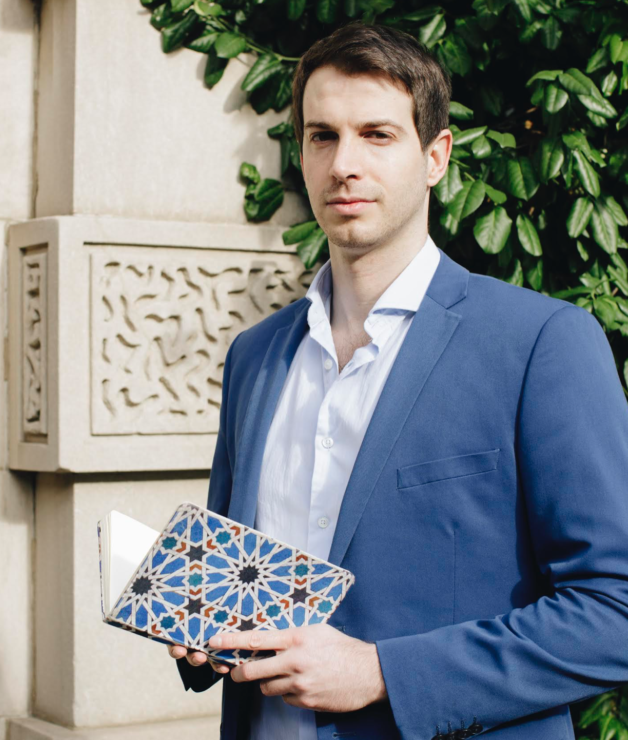
REVITALISING ENDANGERED LANGUAGES THROUGH AI — DR. CARLOS YEBRA LÓPEZ
This presentation explores the role of Artificial Intelligence (AI) chatbots (ChatGPT 4, Bard) in revitalising endangered languages. Traditionally, training an AI-powered chatbot in a language drew upon massively large data sets; although this made it relatively straightforward to develop the chatbot’s ability to interact in major languages (English, Mandarin Chinese, Spanish), it was much more challenging to do so in the case of low-resource languages, endangered languages being a case in point. Recent developments have greatly facilitated training AI chatbots on the basis of a rather limited dataset, vastly reducing the required amount of manual labour, which includes data sourcing and preparation. In this presentation I will discuss specific techniques (e.g. Open AI’s Reinforcement Learning from Human Feedback -RLHF-), topics (voice recognition, scripts) and case studies, including minoritised languages (Icelandic), diasporic (Ladino), native American (Chinook Jargon,) and further indigenous (Nuu-chah-nulth) ones. Training chatbots like ChatGPT 4 or Bard to understand, summarise, generate and predict new content in endangered languages can be extraordinarily beneficial to their preservation and revitalisation. Being able to read material in their endangered languages, and of course to practise these languages with an AI chatbot can empower the remaining speakers to fight intergenerational language loss and counter individual language attrition, thus also coming to see their languages as part and parcel of today’s reality, rather than archaic, dying entities.

NEOLOGISM IN THE AGE OF FEMINISM IN THE HEBREW LANGUAGE — ALEXIS A PÉTURSSON
Is the Hebrew language coequal in terms of gender equality ? Words are created and used as an expression for worldviews and ideologies. words are the final product of subjective understandings of reality. Therefore, as a whole : words are the mirror that reflects the cultural values of a society. The Hebrew language, as a Semitic language, naturally emphasizes patriarchal structures within it. In Hebrew, every noun and every verb is classified as having a grammatical gender. For example: “a drawing” is male, and “a picture” is female within its grammatical genders. In English, for example, there is no such classification, except when it comes to people and animals. Such a binary linguistic classification, which divides everything into male or female, contributes to the (conscious and unconscious) assumption that the entire world is organized in a clear gender division. Based on this division, it is easy to establish a sweeping distinction between women and men, females and males, and between boys and girls as “a natural” division, and not as a product of culture and society. The rules of the Hebrew language place the female gender in a lower position than the male gender. For example: in the Hebrew language there is a systematic preference for choosing the masculine form, even when there is a feminine majority. This linguistic structure erases the presence of the female gender, and as such, conveys that the gender worth mentioning is the male. Another example, is the word for “Husband” in Hebrew, which translates into “ a master” or “an owner , or the word for “Female” which literally means “a hole” used in a synecdoche figure of speech to point to her sexual organ. With that said, how does modern day Hebrew deal with the patriarchal and hegemonic difficulties of the language? How do women choose to express themselves in Hebrew in a way that reflects them too, and not as an inferior being?, in this presentation I will address the different solutions and routes that women and feminists are trying to implement in modern day Hebrew in order to solve the gender inequality within the Hebrew language.
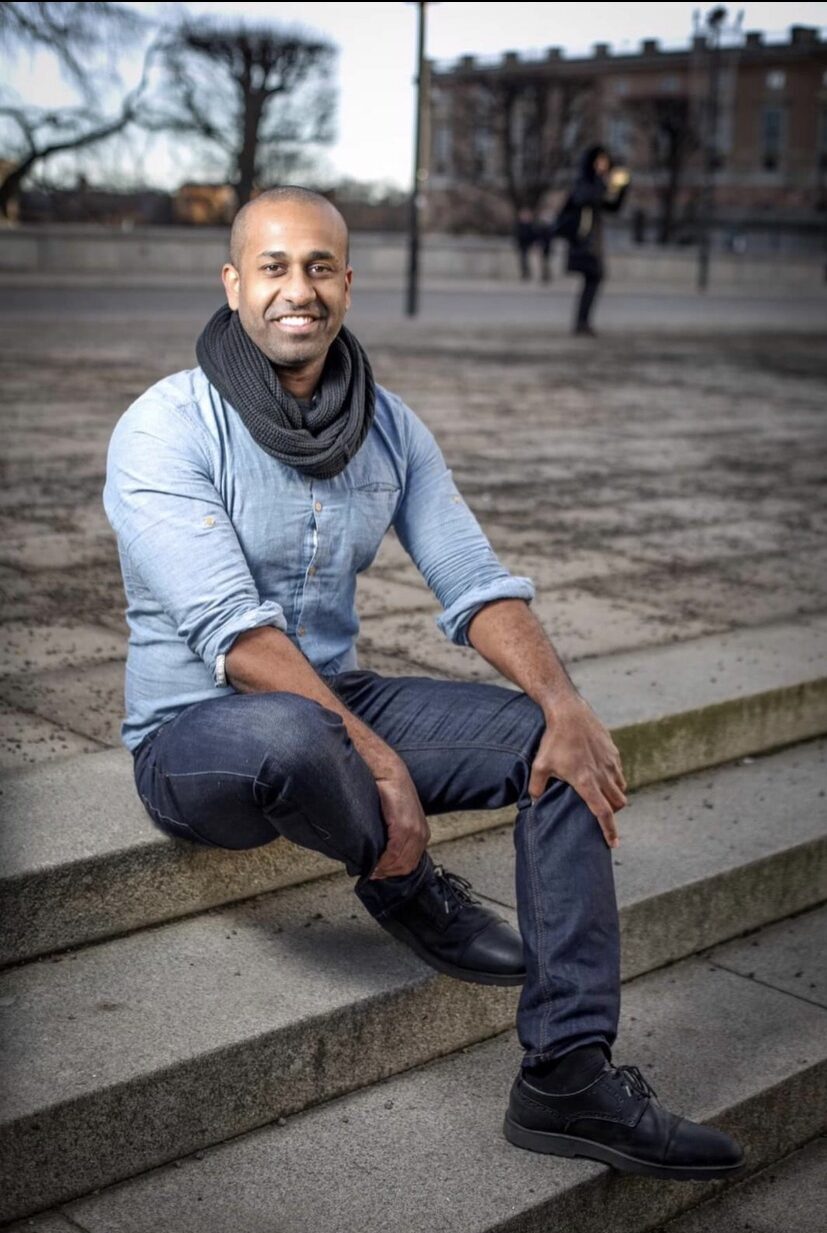
LANGUAGE AS A TOOL FOR INTEGRATION / A NYELV, MINT AZ INTEGRÁCIÓ ESZKÖZE — JONATAN HAILE
Does learning a language fluently equal integration into a society? In what ways can learning a new language change the way we perceive our reality? In this talk, I will give you my personal story of social integration during my years as a foreign medical student in Hungary, and how it has affected my view on integration. It includes funny anecdotes, personal reflections and even some singing! A folyékony nyelvtanulás egyenlő a társadalomba való beilleszkedéssel? Milyen módokon változtathatja meg egy új nyelv tanulása azt, ahogyan a valóságot észleljük? Ebben az előadásban bemutatom személyes történetemet a társadalmi integrációról a külföldi orvostanhallgatóként Magyarországon töltött éveim során, és hogyan befolyásolta ez az integrációról alkotott nézetemet. Az előadás tartalmaz vicces anekdotákat, személyes elmélkedéseket és még éneklést is!

WHY I DECIDED TO JOIN ILDRF TO SAVE MY MOTHER TONGUE HLA’ALUA — CAɄPɄ HLAPA’AHLICA
Hla’alua (Saaroa), my mother tongue, is an endangered language spoken by an Austronesian people in southern Taiwan. With a population of less than 500 people, it has been extremely challenging for us to maintain the use of our own language in today’s predominantly mandarin-speaking Taiwanese society. At Polyglot Conference Budapest 2023, I would like to share my linguistic story with you and explain why I decided to join ILRDF to save my mother tongue.
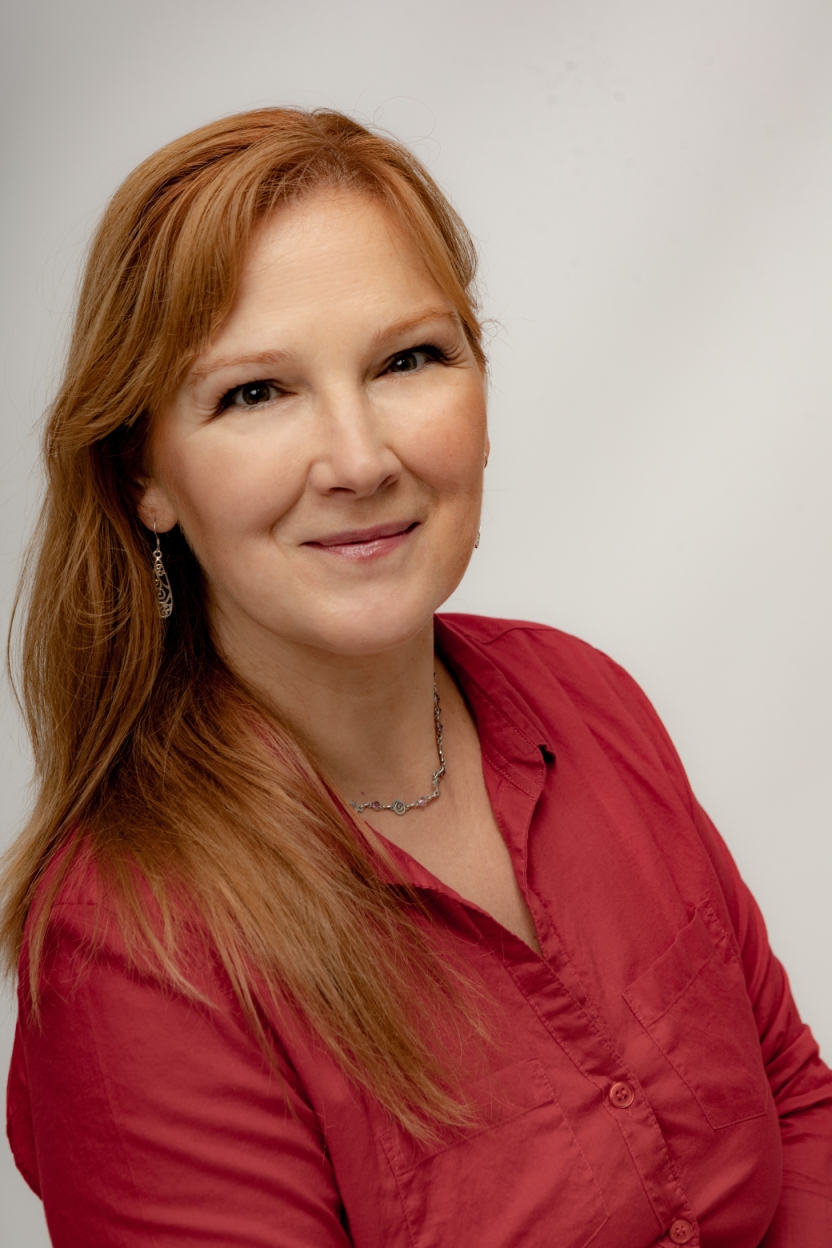
LANGUAGE SUPERHEROES - CHIDREN'S BRAIN AS A LINGUISTIC TREASURE CHEST — VIKTÓRIA HEGEDŰSNÉ NÉMETH
In my presentation, I’d like to express my enthusiasm for early foreign language learning. During my talk, I will focus on the language learning abilities and development of young children. I will discuss various aspects related to the topic, including the four fundamental skills (listening, speaking, reading, and writing), the roles of the two hemispheres of the brain, and the impact of stories, songs, and nursery rhymes. Furthermore, I will address the impact of puppets, which can be excellent instruments for practicing communication and linguistic expressions. I will examine how puppets can be incorporated into the language learning process and their positive effects on children’s communication skills and linguistic development. I will delve into the development of speech, sense of language, and motivation. These topics are crucial as they influence children’s language learning inclination and effectiveness. Overall, my presentation provides an opportunity to gain a comprehensive understanding of early foreign language acquisition and its significance. I hope that through this information, parents and teachers can better comprehend how to support young children’s language development and make language learning a joyful and engaging experience for them. The opportunity is in our hands to help our children to discover their own linguistic treasure chests.
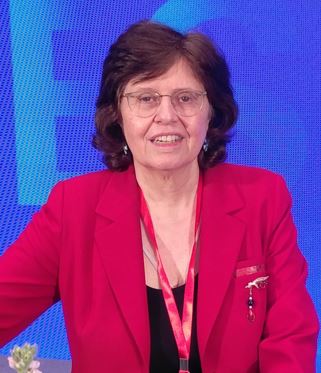
LANGUAGE MAINTENANCE THROUGH THE LIFESPAN — HELEN ABADZI
Maintaining language throughout life: Advice from an aging “hyperpolyglot” Everyone admires the people who learn 15, 20, 30 languages. They tend to be male, young, well-traveled, who learn fast and exude self-confidence. But how sustainable is the performance in multiple languages over the years? Forgetting is akin to a dirty word. Yet, in order to claim that we speak certain languages we must deal with forgetting. This is particularly important past the twenties, when the ability for easy memorization gradually declines. And the task becomes quite complex when large numbers of languages must be maintained. In old age these matter because they help retain brain functions. What is lost and what is gained over the decades? There is memory research and practical ways to put it to use. The presentation will introduce some memory concepts and suggest a roadmap to maintain and retain multiple languages throughout life.
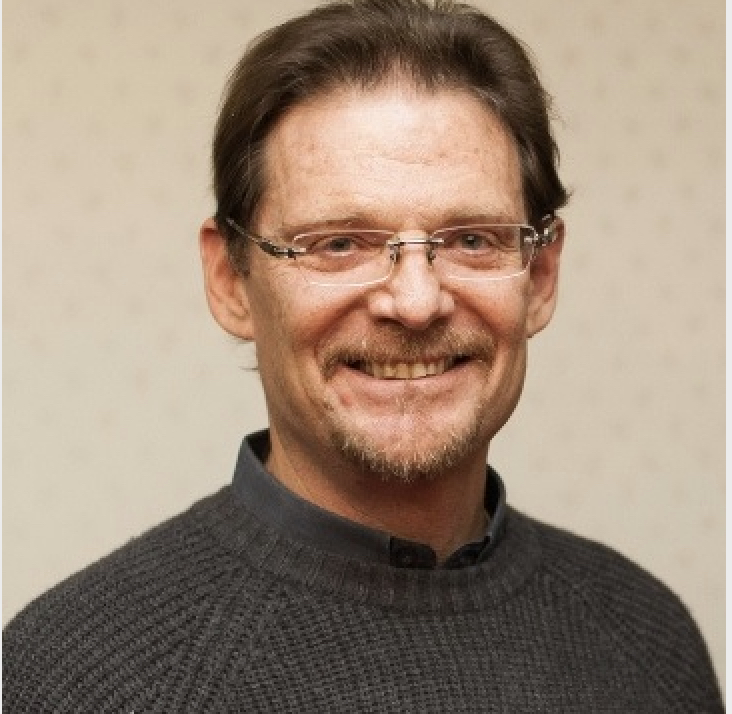
GLOBAL ADVENTURES AND LANGUAGE LEARNING BEFORE THE INTERNET AGE — TIM KEELEY
The presentation offers a comparative exploration of the challenges and thrills of globe-trotting and language learning during the pre-Internet era of the 1970s and 1980s, versus the modern, digitally-enabled age. The presentation’s focal point is the speaker’s firsthand experiences traveling the world in the pre-digital era. With engaging anecdotes and historical insights, the speaker will transport the audience back to a time when traveling meant carrying hefty dictionaries and phrasebooks, making every linguistic interaction an adventure in itself. The speaker vividly recalls the struggle of maintaining communication when expensive phone calls and postal restante were the only viable options. At the heart of these stories are experiences that not only highlight the challenges of language learning but also offer a riveting account of the world’s changing socio-political landscape. From being arrested in Argentina during the “Dirty War,” to witnessing the birth of Solidarnosz in Poland and the death of Brezhnev in the Soviet Union, these global adventures underscore the stark contrast to today’s instant access to news and information. The speaker will further delve into the profound transformations brought about by the advent of the Internet, social media, free video calls, and platforms like YouTube, reshaping the landscape of language learning and global travel. “Global Adventures and Language Learning before the Internet Age” promises an intriguing journey through time, bridging the old and new world of language acquisition and international exploration. The presentation invites the audience to appreciate the evolution of learning and traveling, underscoring the influence of technological advancements on our global experiences.

REASONS (NOT?) TO LEARN A LANGUAGE — ELENA HERRAIZ (LINGURIOSA)
In this globalized world, increasingly dominated by artificial intelligence, traditional reasons for learning languages have seemingly lost much of their value (or that’s what many people believe). But is it true that language learning is in decline because it’s no longer useful? I believe that’s not true…

Indian linguistic resurgence through the lens of NEP-2020 — Dr Devina Krishna
The following talk discusses the issue of language endangerment, a fact of contemporary times. This has become a big threat to the Indian multilingualism. The process of NEP-2020 has been initiated to provide a space to local languages. This is a way to proceed towards language resurgence. Languages should be considered holistically at the National level. Languages should be taught to the wider society so that there is greater circulation of the codes. The work addresses the critical issue of language endangerment in Indian scenario and ways to protect the dying codes. It strives to present ways through which languages could be saved, keeping NEP 2020 in mind. It will highlight the key features of NEP framework and also ways by which linguistic codes could be revived. Local languages could be saved leading to the resurgence of marginal languages. Languages die but it is through human effort that those could be saved.

Sociopolitical forces and language learning: The case of the Arabic language in Israel — Eyal Pery
As of 2023, 21% of Israel’s citizens are Muslim and Christian Arabs. These Israeli/Palestinian Arabs speak Arabic as their L1 and Hebrew as L2, usually at a fluent level and above. Also, Arabic is one of 3 “formal” languages in Israel (alongside Hebrew and English).
Despite all the above, the majority of Israeli Jews don’t speak Arabic, even Arab Jews that their parents, and grandparents spoke the language. This allegedly “pedagogical failure” goes beyond the “usual” situation of second language teaching in education systems.
In general, it is only through the lens of the Israeli-Arab conflict that this issue can be fully understood. It is strongly related to the presentation of Arabic as the “enemy’s language”, the influence of the army, current/past conflicts, and the geo-political context.
The goal of this talk is to introduce the special case of the Arabic language in Israel. I will focus on the historical background, cultural-social aspects and I will share insights and thoughts from my experience as an Israeli Jew who learns Arabic.
I am sure this unique point of view can provide many new ideas and perspectives regarding the more hidden aspects of language learning, especially when taking place within a very strong social-political context.

Lessons from Computational Linguistics and Non-Natural Languages — Gordon Lichtstein
This talk delves into what we can learn from computational linguistics and from non-natural languages (constructed languages), including discussions of how we can use developments of modern computational linguistics (particularly machine learning) to inform our language learning process, and what constructed languages can tell us about how our brains process language.
Machine learning is taking over computational linguistics, and a big data approach has tended to be most successful in tackling long-standing problems in linguistics (such as that of ellipses, the topic of my research). This gives us insight into what works for humans learning languages (massive amounts of input), and this is just one example of something we can learn from modern computational linguistics.
Non-natural languages, also called constructed languages, often push the bounds of what a language is. Toki Pona is a language with around 120 words, designed to be as simple as possible. Lojban is designed to have completely unambiguous grammar. By observing these extreme forms of language such as these, we can gain a better understanding of how our brains process language, and leverage this understanding to develop better language learning strategies.

Finding Creative Ways to Learn Languages — Tiffany Hallmark
I want to present a talk about non-conventional resources for language learning. This will contain a brief overview of the “usual” ways people learn languages. Once that is done, I will look towards some of the more unique ways that I have found to learn languages. This will include etymology dives, making friends online, and how to find resources for obscure languages. I intend to share ways to utilize the internet and social media for languages that aren’t well represented in many of the apps. A majority of the talk will be in English, but I will be presenting certain ideas in the language that I use the resource in. While the following isn’t that far off from the regular methods, I will also mention types of books to read. This talk is aimed at those that are trying to gather material for a lesser known or less popular language.
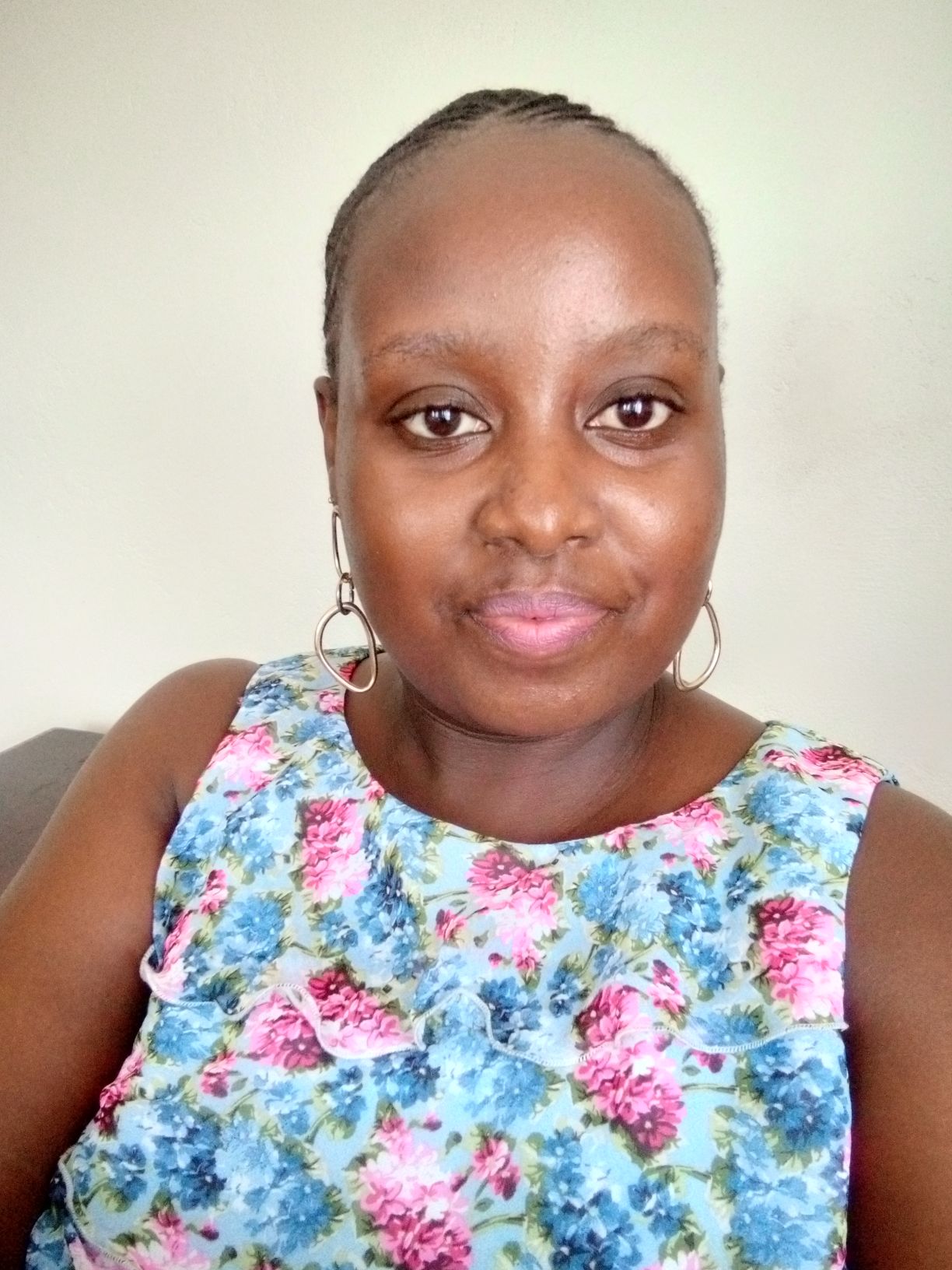
Africans are Polyglots and the world needs to acknowledge this — Lorna Likiza
I will be talking about the many languages spoken in Africa and touching on why the rest of the world often does not seem to acknowledge this. I will also talk about why there’s currently a need to make Kiswahili (which is my first language) an official African language and also mention the African literary scene (which I’m a part of) and the involvement of African languages in it.
Please note that I will only include some words in Kiswahili in my talk, here and there and not use entire sentences in Kiswahili and I will give a reason why.
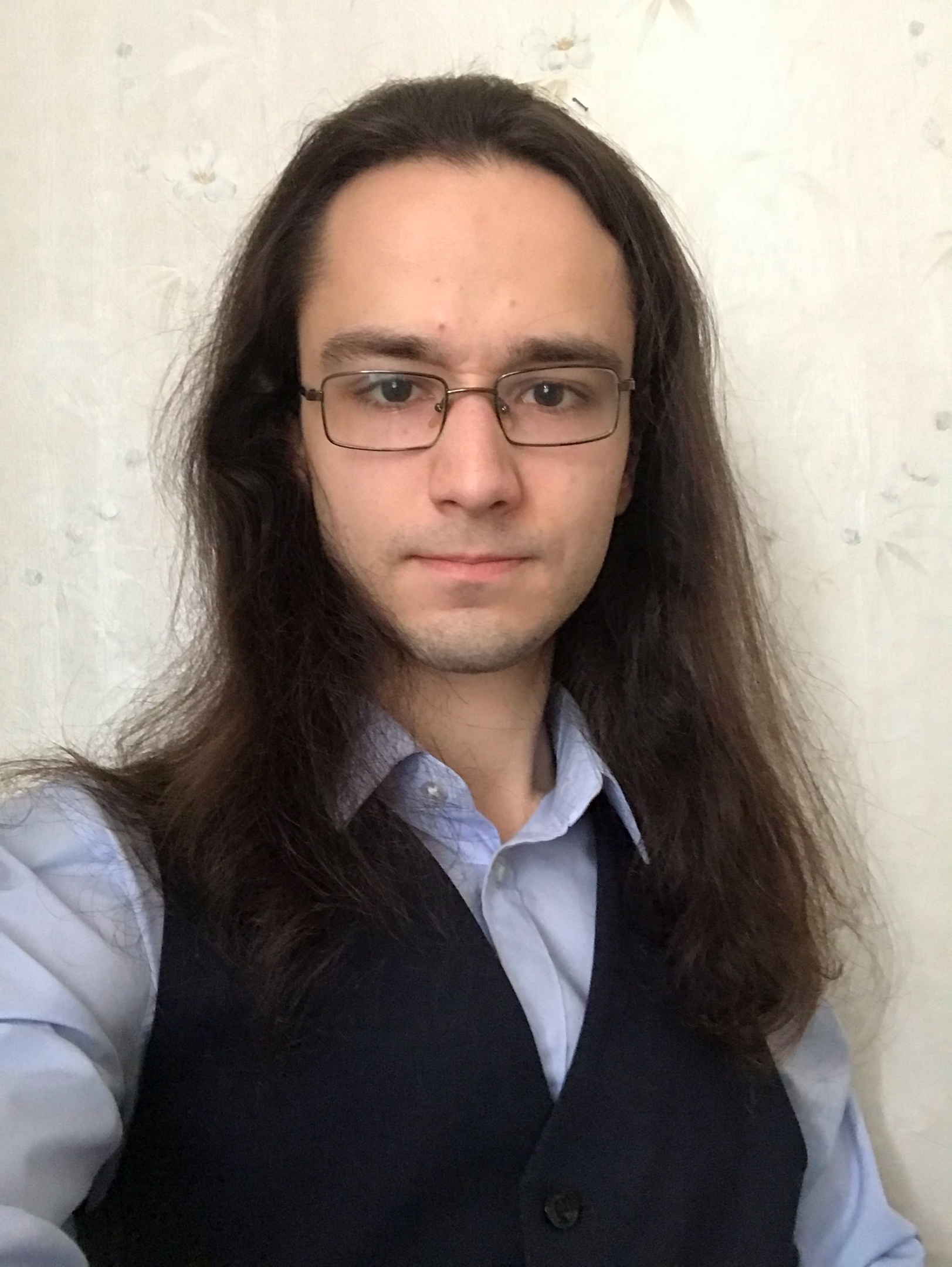
Church Slavonic — Ian Aleshkevich-Suslov
The Key to Learning Slavic Languages
Slavic languages are known for being daunting, but if you learn one you can learn any other, as many polyglots may know. But which one should you learn first? Which one should you learn second? Regardless of which one you learn first, following it up with Old Church Slavonic, the first attested Slavic language, will immensely help you on your Slavic journey as it offers you the key to understanding all the similarities and differences in Slavic languages so that you could easily understand them without having learned them! In this talk we will have a look at the history of Old Church Slavonic and how it elucidates the relationships between the modern Slavic languages from the viewpoint of phonetics, allowing one to instantly recognise cognates in new Slavic languages without having learned them! We will also see how much more similar they all appear once you make the connections that usually escape the average learner, and how to best utilise the knowledge of Church Slavonic for your Slavic studies!

The Many Faces of Rusyn — Ian Aleshkevich-Suslov
Rusyn is a fascinating East Slavic language (or rather, a group of closely related yet distinct dialects) spoken across Eastern Europe: in Slovakia, Hungary, Poland, Serbia, and Ukraine. Rusyn combines some archaic features with innovations from neighbouring West Slavic languages, making for a phonetically and grammatically refreshing language, compared to the mostly homogenous East Slavic languages. Its uniqueness is further compounded by the fact that the different dialects are all quite distinct in all aspects of grammar and vocabulary, and in this talk you will see samples of the different varieties of Rusyn compared to each other as well as to the other East Slavic languages, and we will also examine the influence of Hungarian on the different Rusyn dialects. Additionally, we will have a brief look at the history of the Rusyn people, and the contributions that they have made to art and science, both in Europe and in America. Finally, you will receive a wealth of resources for further study of this wonderful language and its people!

Latin Language Exchange — Ian Aleshkevich-Suslov
An opportunity for people to converse in Latin about their favourite subjects: from movies to video games, from Thomas Aquinas to quantum mechanics, from the history of Latin in Hungary to its modern use – all is fair game at our language exchange where the participants will discuss their topics one-on-one with supervision from the advanced speakers.

The 10 secrets to help you learn any language like never before — Elisa Polese
– ‘Why don’t I make progress?!’
– ‘I know a lot of grammar, but I can’t speak’
– ‘It’s hard to find time to study’
If so, you’re not alone. We’ve all been there at one point or another.
And if you’ve struggled to make the progress you’d hoped for with one or more languages in the past, it’s not your fault.
Anyone can learn a language and even multiple languages at the same time, without mixing them up.
By following the right method and tips, you’ll be able to progress without struggling.
I’m revealing my top 10 tips during the talk – don’t miss out!

Harnessing LLMs to Revolutionize Translation — David Allen Martin II
Machine translation has improved tremendously in recent years thanks to advances in deep learning and large language models (LLMs). In this talk, I will discuss how LLMs are transforming the field of translation. I will provide examples of how these models enable more fluent, human-like translation across a variety of languages and domains, better handling of ambiguity and multiple possible translations, improved translation of idioms, slang, and culturally-dependent phrases, ability to learn from context and translate accordingly, integration of external world knowledge to improve translations, handling of typos, misspellings, and ungrammatical input, translation of low-resource languages with limited parallel data, zero-shot translation between language pairs never seen before, improved gender-neutral translation and handling of gendered languages, ability to assign confidence scores to translations, fast adaptation to new domains with limited in-domain data, better preservation of original meaning and sentiment, consistent handling of honorifics across languages, translation of code-switching and mixed-language content, handling of dialectical variations like Standard versus Swiss German, and overall improved robustness and handling of translatological edge cases. Finally, I will also address current limitations and ethical considerations, as well as future opportunities as LLMs continue to evolve. My goal is to give the audience a look into how LLMs are driving translation to new heights.
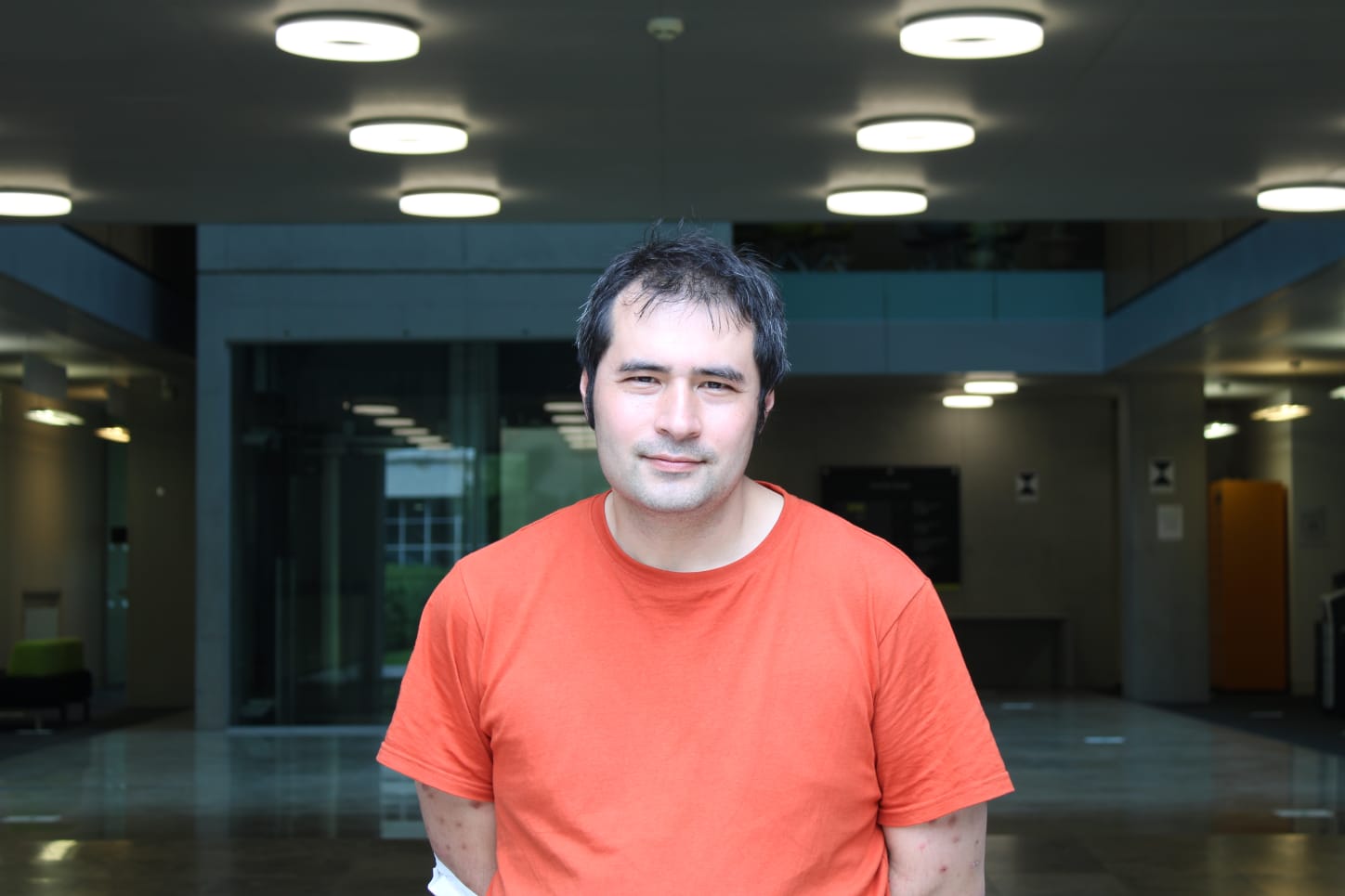
How I butcher Hungarian — Timothy E.L. Douglas
When I heard that the Polyglot Conference was going to be in Budapest, I decided to learn Hungarian, and I am very glad that I did. It is so exotic, so unlike other languages I have learned, but I love the accent… It is certainly a challenge, but as I encourage others to learn languages, I should be willing to accept challenges myself! I have set myself the challenge of giving a talk in Hungarian: I LOVE BUTCHERING languages, I encourage others to speak badly without fear of mistakes, as the Hungarian polyglot Lomb Kató said “A nyelv az egyetlen, amit rosszul érdemes tudni” (Language is the only thing worth knowing even badly), so I will butcher Hungarian for everyone in Budapest while telling you about how I butchered this intriguing language 😉
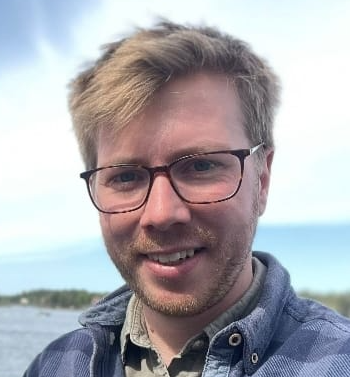
Native learners? — Jack Pulman-Slater
When I heard that the Polyglot Conference was going to be in Budapest, I decided to learn Hungarian, and I am very glad that I did. It is so exotic, so unlike other languages I have learned, but I love the accent… It is certainly a challenge, but as I encourage others to learn languages, I should be willing to accept challenges myself! I have set myself the challenge of giving a talk in Hungarian: I LOVE BUTCHERING languages, I encourage others to speak badly without fear of mistakes, as the Hungarian polyglot Lomb Kató said “A nyelv az egyetlen, amit rosszul érdemes tudni” (Language is the only thing worth knowing even badly), so I will butcher Hungarian for everyone in Budapest while telling you about how I butchered this intriguing language 😉
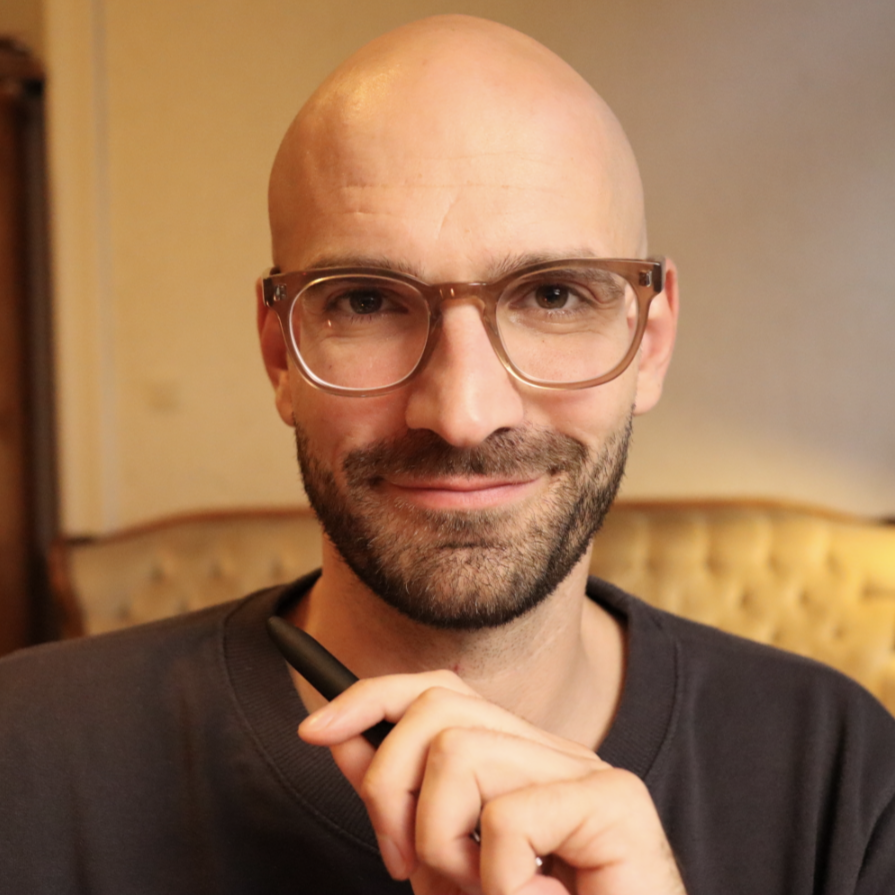
The teacher and the machine — Philippe Rendulić
Why do polyglots succeed in language learning while students across the globe still struggle in the classroom? What have 50 years of research in Second Language Acquisition (SLA) taught us about how humans learn languages? Which key findings every language learners can benefit from knowing? What are Large Language Models (LLM) bringing as threats and opportunities?
This talk is aiming to bridge the gap between practice and science. After a short introduction to the field of SLA, I’ll present the seminal study of Elley & Mangughai (1983). In this experiment, 380 pupils of 8 rural schools in the Fiji Islands had their daily 30 minutes of english instruction replaced by reading. After eight months, their progress in reading and listening comprehension was twice the normal rate confirming that compelling input can outperform traditional language instructions.
LLMs are on the rise. With instant-translation becoming ubiquitous, it is the need for learning a language as a whole that seems to be undermined.
Yet, when used to help us design a pleasant experience by finding compelling stories based on our interests and tailored to our comprehension level, tracking our progress and suggesting the next content to gradually improve, their potential is tremendous.
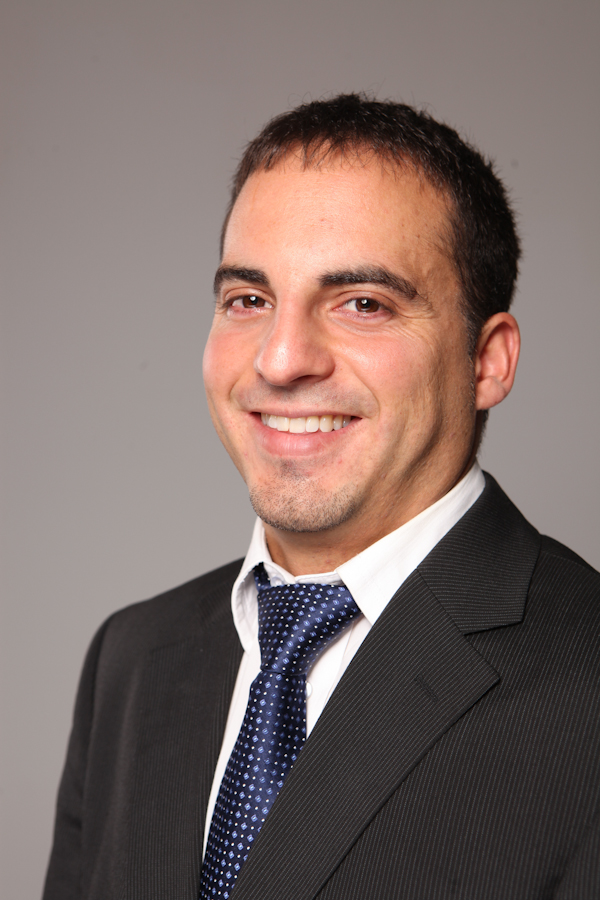
A developed framework to perform contrastive analisis of phraseological units in the combination of languages German-English-Spanish — Rubén Medina Serrano
This research conceptualizes decision support for translators and professionals in writing reports using multilingual equivalents of phraseological units in specialized fields such as Supply Chain Management (SCM) or auditing. The ability to choose the correct phraseological units that are most appropriate within a specialized context is necessary in the globalization of business in order to support processes within firms efficiently. This study also examines the roles of translators, as well as professionals in charge of auditing reports, defining control inspections, creating multilingual procurement contracts, and their influence on firms performance. This research presents mechanisms and ways by which phraseological units can be classified and analyzed in a structured and efficient manner based on a case study in an electronics firm located in Germany: (1) presents a developed framework that enables translators, practitioners and researchers to develop dynamic capabilities; and (2) explains how dynamic capabilities enabled by practitioners provide the knowledge to analyze phraseological units in specialized fields such as SCM in an effective and efficient way, so that successful translations create added value for firms. The training on dynamic skills enabled in the areas of multilingual translation in specialized fields is considered an important factor for competitive performance.
This research study aims to provide a guide for future researchers by identifying the main criteria and subcriteria for conducting a contrastive analysis of phraseological units following the object class theory and the skopos theory.
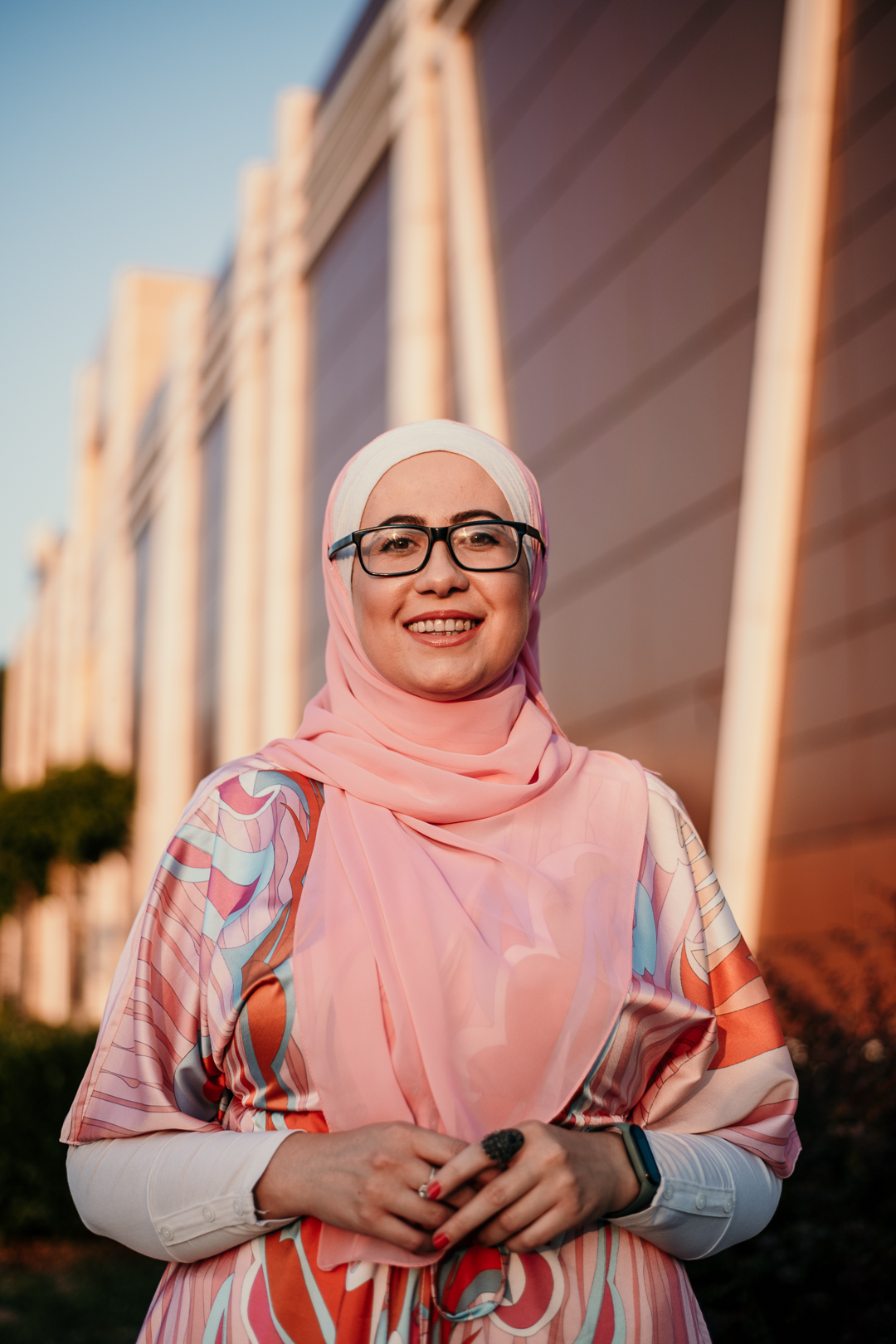
Revolutionizing Language Learning: Engaging Tools for Every Age (LIVE) — Elmedina Hodžić
In my online presentation I would like to speak about different online tools we can use for learning and teaching languages.
I started with online classes during pandemic like many of the teachers. I began with a classic method of teaching but at the same time I wanted to make it interesting for my students who were from 7 to 77 years old. So I invested my time in education and making super fun quizzes, videos, presentations and games for my students to make them pay attention more during the classes.
Learning languages doesn’t have to be boring or difficult, especially now when we have a lot of online available tools which can make the process easier, funny and interesting. Why not use them, especially if many of them are free or have the free version?
During these past two years, reactions of my students were great so they recommended me to other students so my little community on Instagram grew every day and the numbers of students attending my classes went from 10 per month to 50-60 per month.
There are so many teachers and professors of languages out there offering their services via social media.
Wouldn’t be great to make your offer more attractive to your potential new students?

Chat with Tobias, co-founder of Tandem — Tobias Dickmeis
Tobias is the co-founder of the language exchange community Tandem. In this Q&A session he will take your questions about Tandem, language exchange, and how to start and run a language business.
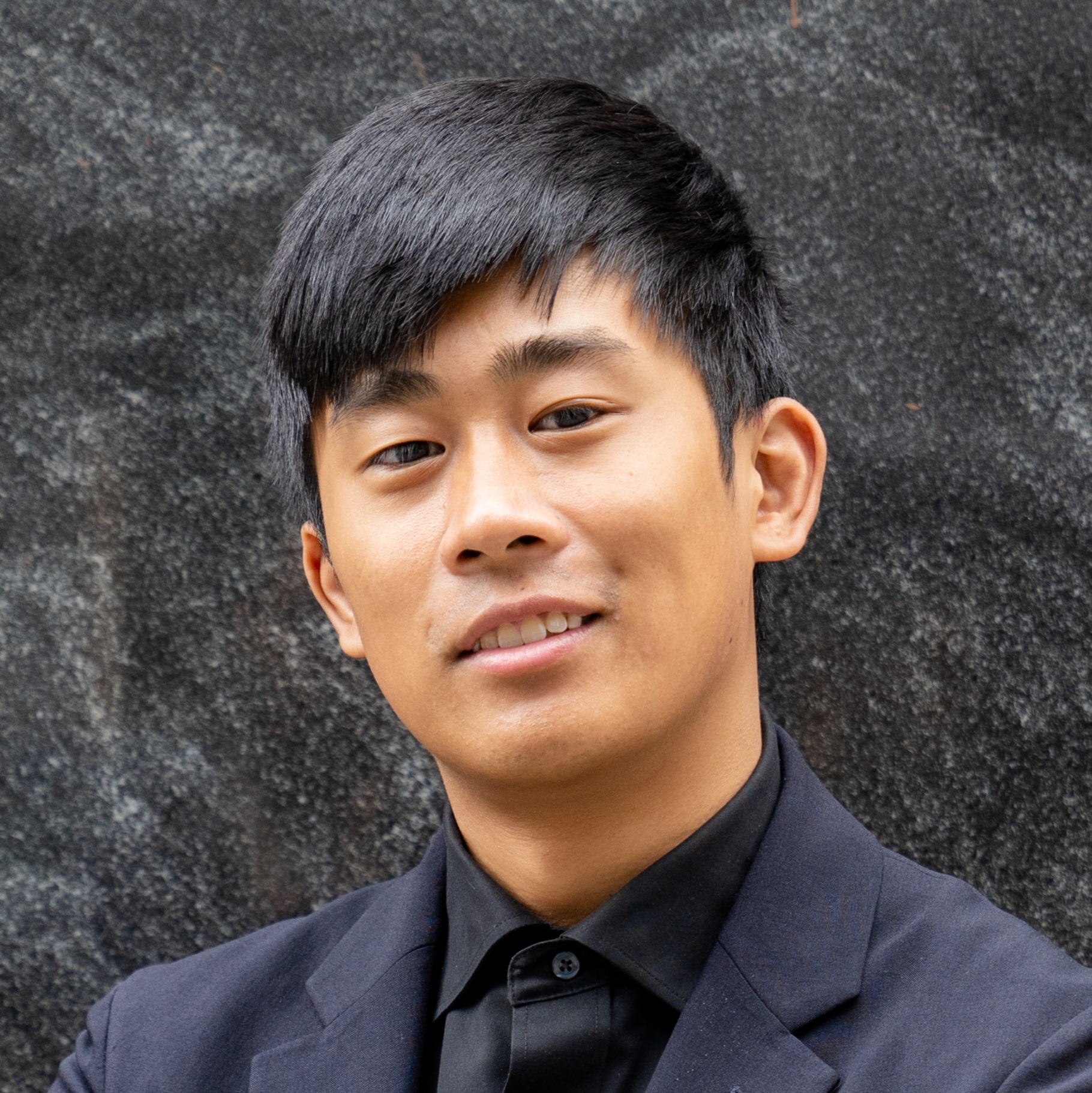
How to maintain multiple languages? Methods and techniques for faster learning and better memorization — Patrick Geneit
Learning multiple languages, especially when they share a common ancestor, can be accelerated by studying cognates, etymology, common grammar patterns and phonetic similarities. Even unrelated languages can share patterns that transcend entire language families. That can be good method to memorize vocabulary in many different languages. This talk will give you an overview over all factors that you can consider for your future multilingual studies. One last thing if you wanna start trying those techniques before the talk: Which season of the year does the German word “Herbst” refer to? I’ll give you a hint – the English cognate form is “harvest”. If you found the solution yourself, it should be much easier to remember the German word from now on – see you at the talk!

Transform your life thanks to multiple languages (My polyglot story) — Dr. Margareta de la Infanta
How do you use your languages to improve quality of your life? In my talk, I will present my personal information, how to change your life thanks to the knowledge of foreign languages, how you can use languages and linguistic method as a research tool in your master/doctoral thesis, for parents, I will share suggestions of how to raise a multilingual child.

Норвежское языковое разнообразие / Norwegian language diversity / Norwegische Sprachvielfalt / Norvega lingvodiverseco — Kira Polischuk
У нас у всех на слуху понятие “норвежский язык” и складывается впечатление, что он один в том же плане, в каком, например, английский или немецкий считается одним языком (хоть и с региональными различиями). Каково же наше удивление, когда мы начинаем учить норвежский и узнаём, что под норвежским обычно имеется в виду только один из двух норвежских языков – букмол, а есть ещё нюнорск. А если копнуть ещё глубже, то всплывают другие языковые нормы, такие, как самнорск, риксмол, ланнсмол, хёгнорск… Возникает много логичных вопросов: что есть что и зачем, и как это всё отличить друг от друга? Даже многие норвежцы и иные специалисты по норвежскому языку не до конца знают. Мне же доводилось общаться с представителями всех ныне живых норвежских норм и читать тексты на мёртвых нормах. На моей лекции мы с вами разберёмся, что они все такое и с чем их едят. Приходите, жду вас!
When you hear the word “Norwegian” you get the impression that it is one language in the same way that, for example, English or German are considered one language (though with regional differences). Of course you are surprised when you start learning Norwegian and find out that “Norwegian” usually means only one of the two Norwegian languages – Bokmål, and there is also Nynorsk. And if you dig even deeper, then you come across other language norms, such as Samnorsk, Riksmål, Landsmål, Høgnorsk… Naturally, a lot of questions arise: what is what and why it exists, and how to distinguish all of them from each other? Many Norwegians and even some specialists in the Norwegian language do not fully know. I have had the opportunity to communicate with representatives of all living Norwegian language norms and to read texts in the dead norms. At my talk, we will figure out what they are all about. Come, I’m waiting for you!
Wir hören alle das Wort „Norwegisch“ und haben den Eindruck, dass es eine Sprache ist, so wie beispielsweise Englisch oder Deutsch als eine Sprache betrachtet werden (wenn auch mit regionalen Unterschieden). Wie groß ist unsere Überraschung, wenn wir anfangen, Norwegisch zu lernen, und feststellen, dass Norwegisch normalerweise nur eine der zwei norwegischen Sprachen bedeutet – Bokmål, und es auch Nynorsk gibt. Und wenn man noch tiefer gräbt, dann tauchen andere Sprachnormen auf, wie Samnorsk, Riksmål, Landsmål, Høgnorsk… Es erheben sich logischerweise viele Fragen: Was ist was und wozu und wie kann man das alles voneinander unterscheiden? Selbst viele Norweger und manche Spezialisten für Norwegisch kennen sich nicht vollständig aus. Ich hatte Gelegenheit, mit Vertretern aller lebenden norwegischen Normen zu kommunizieren und Texte in den toten Normen zu lesen. In meinem Vortrag werden wir herausfinden, worum es geht. Kommt, ich warte auf euch!
Ni ĉiuj aŭdas la vorton “la norvega” kaj havas la impreson, ke ĝi estas unu lingvo sammaniere, ke ekzemple la angla aŭ la germana estas konsiderata unu lingvo (kvankam kun regionaj diferencoj). Kiom surprizitaj ni estas, kiam ni eklernas la norvegan kaj ekscias, ke “la norvega” kutime signifas nur unu el la du norvegaj lingvoj – la bukmolo, kaj ekzistas ankaŭ la ninorsko. Kaj se oni fosas eĉ pli profunde, tiam aperas aliaj lingvaj normoj, kiel samnorsko, riksmolo, lansmolo, hjognorsko… Multaj logikaj demandoj aperas: kio estas kio kaj por kio, kaj kiel distingi ĉion tion unu de la alia? Eĉ multaj norvegoj kaj iuj specialistoj pri la norvega lingvo ne tute scias. Mi havis okazon komuniki kun reprezentantoj de ĉiuj vivantaj norvegaj normoj kaj legi tekstojn pri la mortintaj normoj. En mia prelego, ni eltrovos pri kio ili temas. Venu, mi atendas vin!

Input 2.0: The Future of Language Learning with Video and Text — Jon (Jiang) Long
In this talk, we will uncover the transformative power of modern input-focused language acquisition techniques. This comprehensive talk explores essential theories like Stephen Krashen’s Input Hypothesis and reveals the neurolinguistic edge provided by video input, backed by pioneering dual coding and modality principles. Discover the future of Computer-Assisted Language Learning (CALL) with an introduction to technologies such as Language Reactor, LingQ, and Language Player, platforms that leverages these theories to offer unparalleled language learning experiences. From theoretical grounding to tech innovations, this talk will show you some of the most effective input methods for language learning.
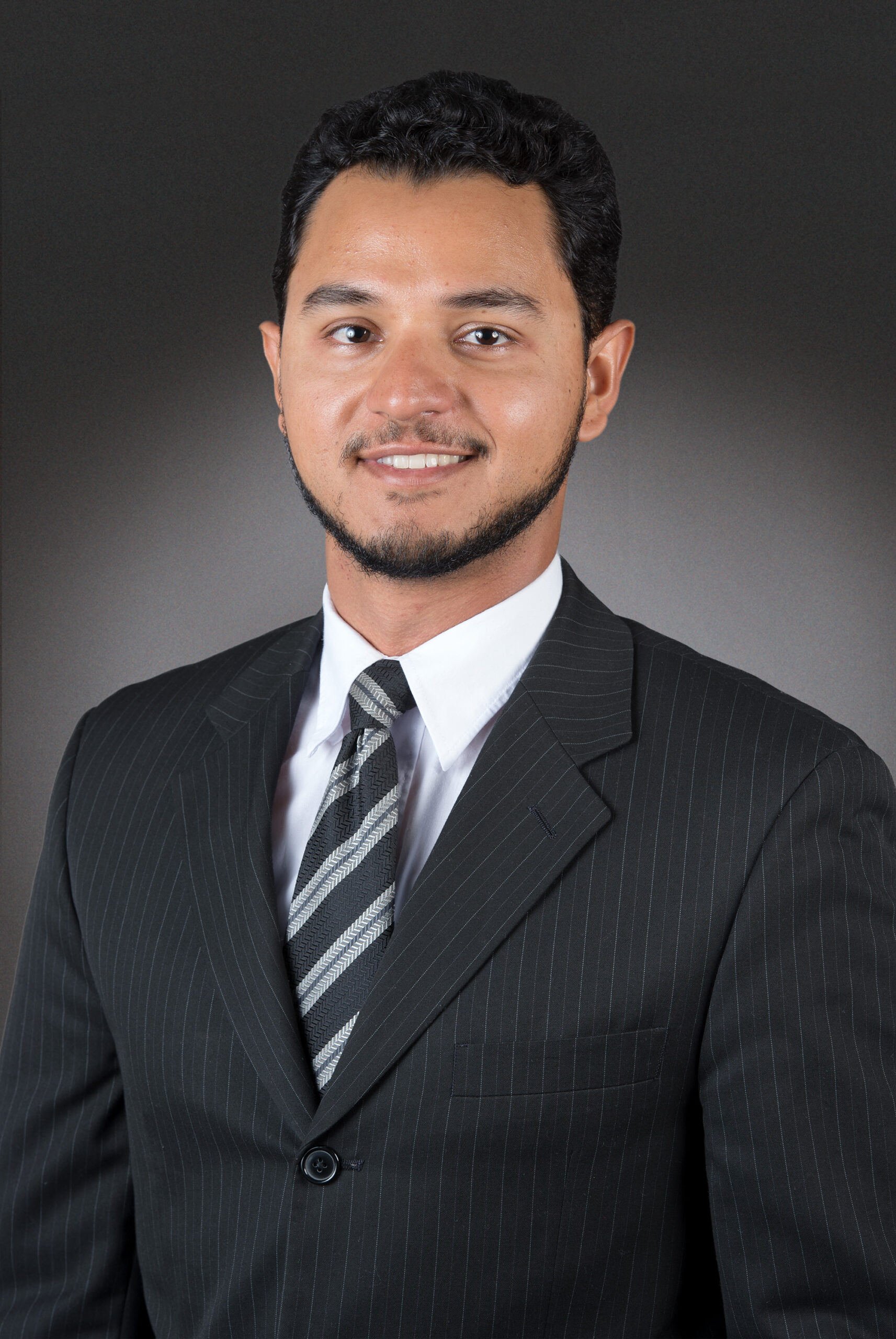
Code-Switching, Indigenous Language and Machine Learning applied to Today's Challenges — Aldo Jansel
I will be exploring how code-switching and Machine Learning can help us learn languages and unearth hidden secrets of ancestral wisdom.

How to be confident to speak French even if you are not bilingual — Yasmine Lesire
IN THIS MASTERCLASS, YOU WILL LEARN:
✓ Tips to train your voice in French and get used to hear you speak French. Did you know that if you’ve studied the subjonctif you are closer to the advanced level than the beginner level ?
✓ How to create a routine to be more confident in French. Confidence in a foreign language is a skill we learn in the long run. You can be confident even if you are not bilingual.
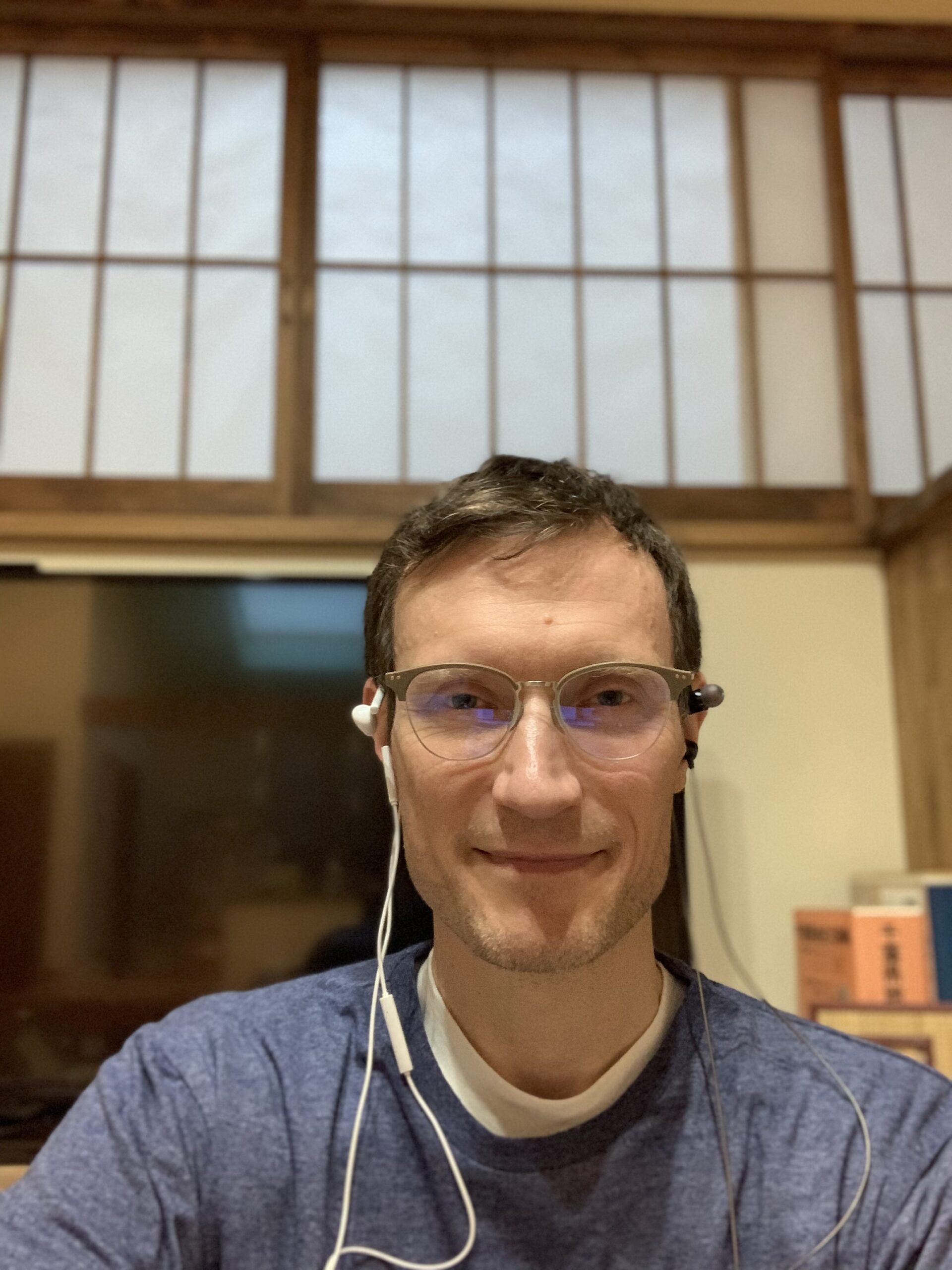
なぜストーリーを使うのか?:最適なインプットから厚いコンテクストまで、 そしてその先へ… — Cade Bushnell
最適なインプット(Krashen & Mason, 2020)を得る方法として、ストーリーを使うことのいくつかの利点に触れてみます。特に、SLAにおけるストーリーの有効性、なぜストーリーの使用が効果的であると思われるか、そしてモチベーションや言語教育全般という大きな観点からストーリーを使用することの価値を考えて行きたいです。
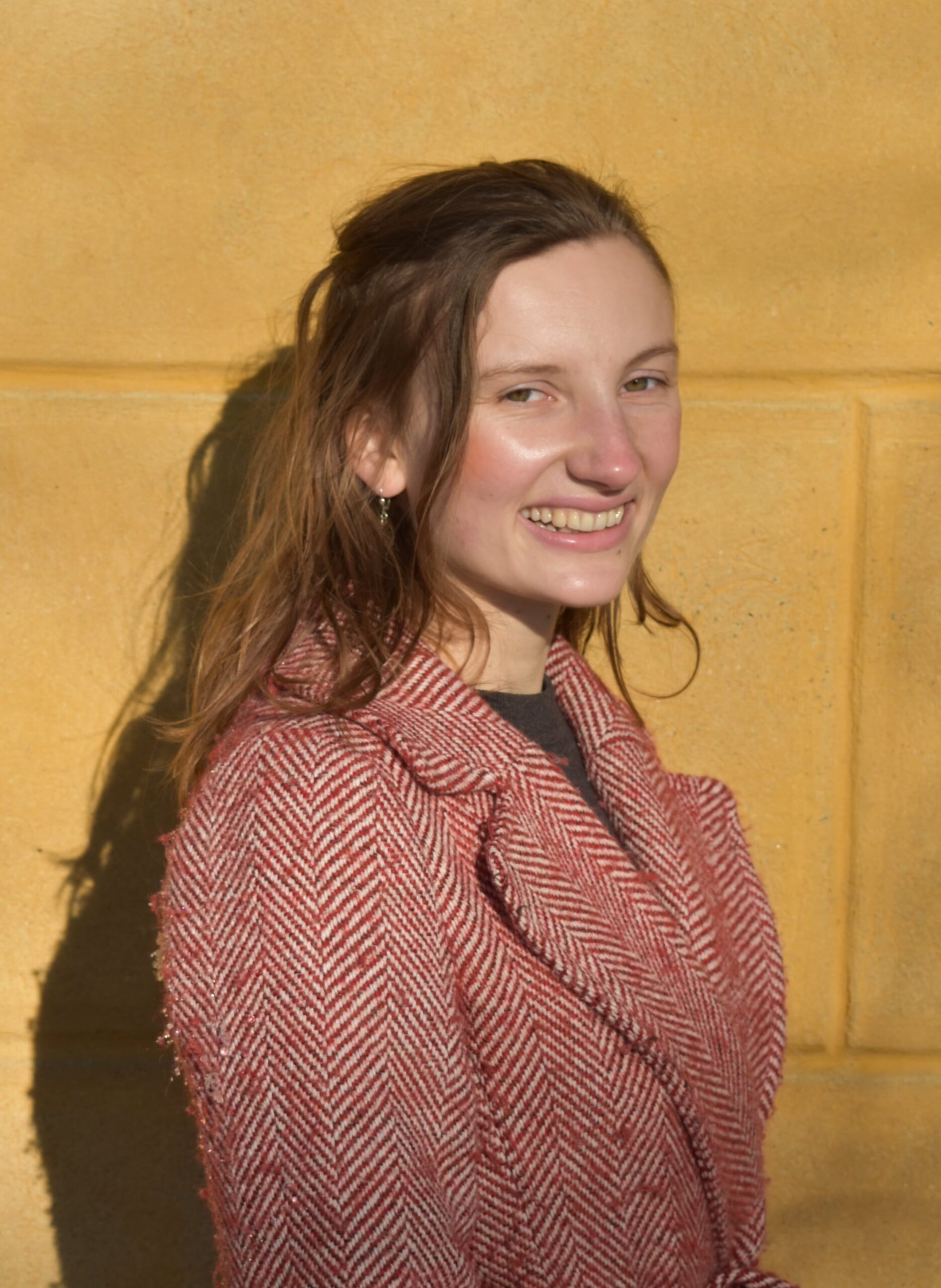
Using different languages online: Language alternation in a text-based language learning environment from a conversation analytic perspective — Kirsten Ulbrich
The world is continuously becoming more connected. As a result, many people are capable of using more than one language. The development of the worldwide web provided the basis for online interaction. Tandem interaction, the interaction between two interactants who aim to learn each other’s first language, has been brought to the text-based digital environment through the language learning application Tandem. It has been observed that learners frequently alternate between languages in text-based Tandem language interaction. Thus, it is crucial to understand how language learners make use of different languages available to them when learning languages.
Research on language learning has shown that it is beneficial to employ a microanalytic perspective such as (digital) conversation analysis. In conversation analysis the interaction is looked at from a message-by-message approach and the unfolding of the interaction can be examined in depth. In this study, 94 chat logs with different language combinations have been analyzed. In the analysis, the focus was on instances of language alternation in so-called “language learning sequences”. In those, learners displayed understanding of the language through statements such as “Now, I understood”.
In my presentation, I will show where and how learners alternated languages in language learning sequences in order to ensure mutual understanding or initiate in teaching/learning. Especially, when learners have noticed mistakes either made by themselves or by their language learning partner, they alternate languages to make sure that the partner can fully understand the correction. Language learners also alternate languages when indicating uncertainty about their produced utterance in the newly learnt language and inviting the language learning partner to correct them. Further, language learners used different means to illustrate the difference between the languages used.

Mi aprendizaje del idioma nahuatl — Carlo Téllez Withbrown
Mi experiencia aprendiendo náhuatl de Puebla, dificultades y retos aprendiendo esta hermosa lengua mexicana que tiene una historia muy antigua e interesante.
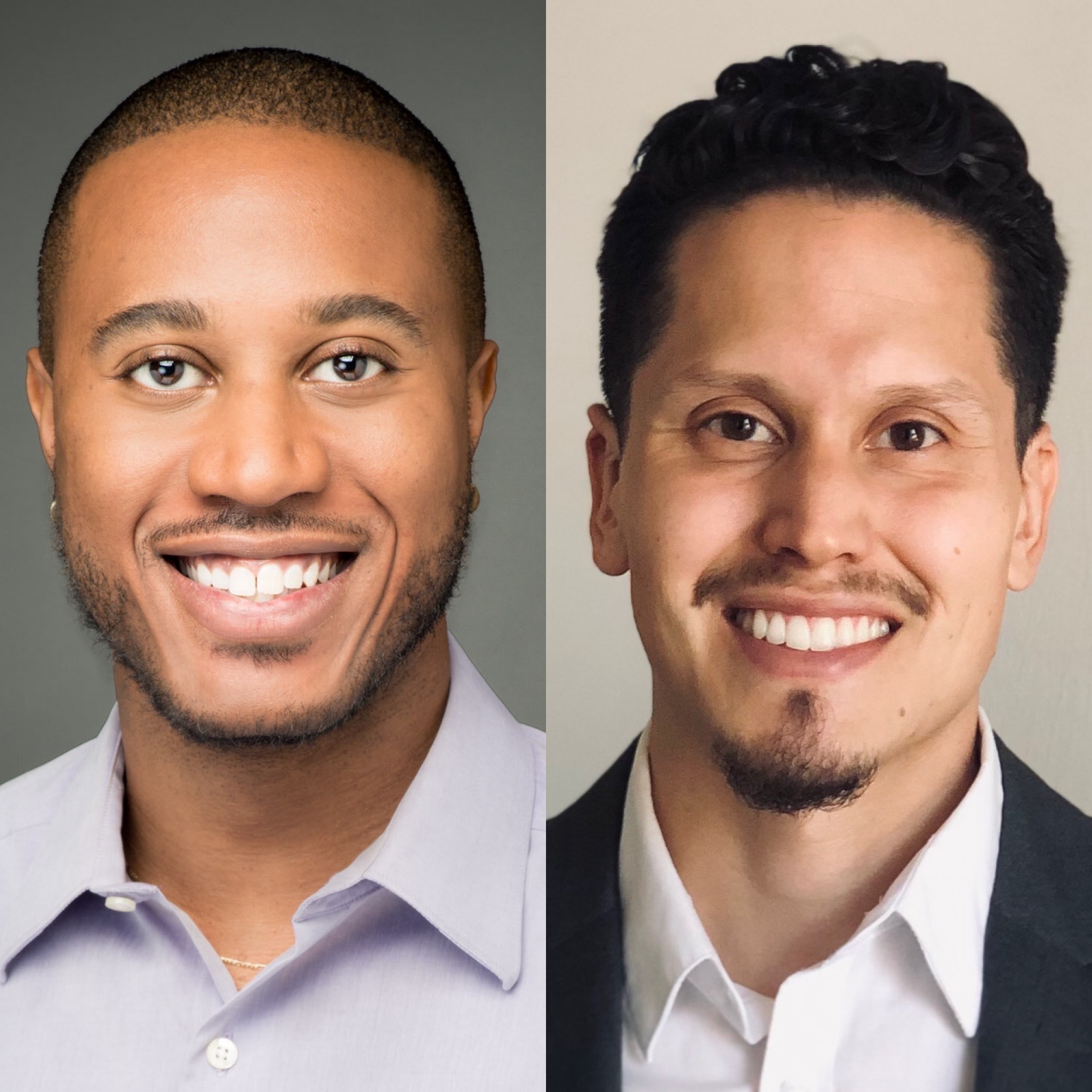
The Transformative Power of Languages for Students (LIVE) — Lamar Shambley and Melquin Ramos
When looking at the international education field, global education programs and services oftentimes focus on college-bound learners. Lamar Shambley, Founder and Executive Director of Teens of Color Abroad (TOCA), created TOCA with the mission of creating global language learning and cultural exchange opportunities for high school students of color. Our in-person Spanish language immersion program in Seville, Spain is offered to Brooklyn-based rising juniors and seniors. While in Seville, students participate in local homestays, take 30+ hours of language training, and engage in culturally immersive activities. TOCA Online is our virtual language learning and cultural exchange program that allows U.S. high school students of color to study Arabic, Spanish, or French, taught by refugee conversation partners dispersed worldwide. TOCA Online participants are between 13 to 18 years old and are based throughout the U.S.
In this session, we will share about TOCA and what inspired this work, the cognitive effects that learning languages has on learners, the outcomes that language learning has on college completion, and considerations that practitioners should consider when forming partnerships to execute these types of programs. In addition, we will share the impact that our programs have had on our students throughout their high school and college years.
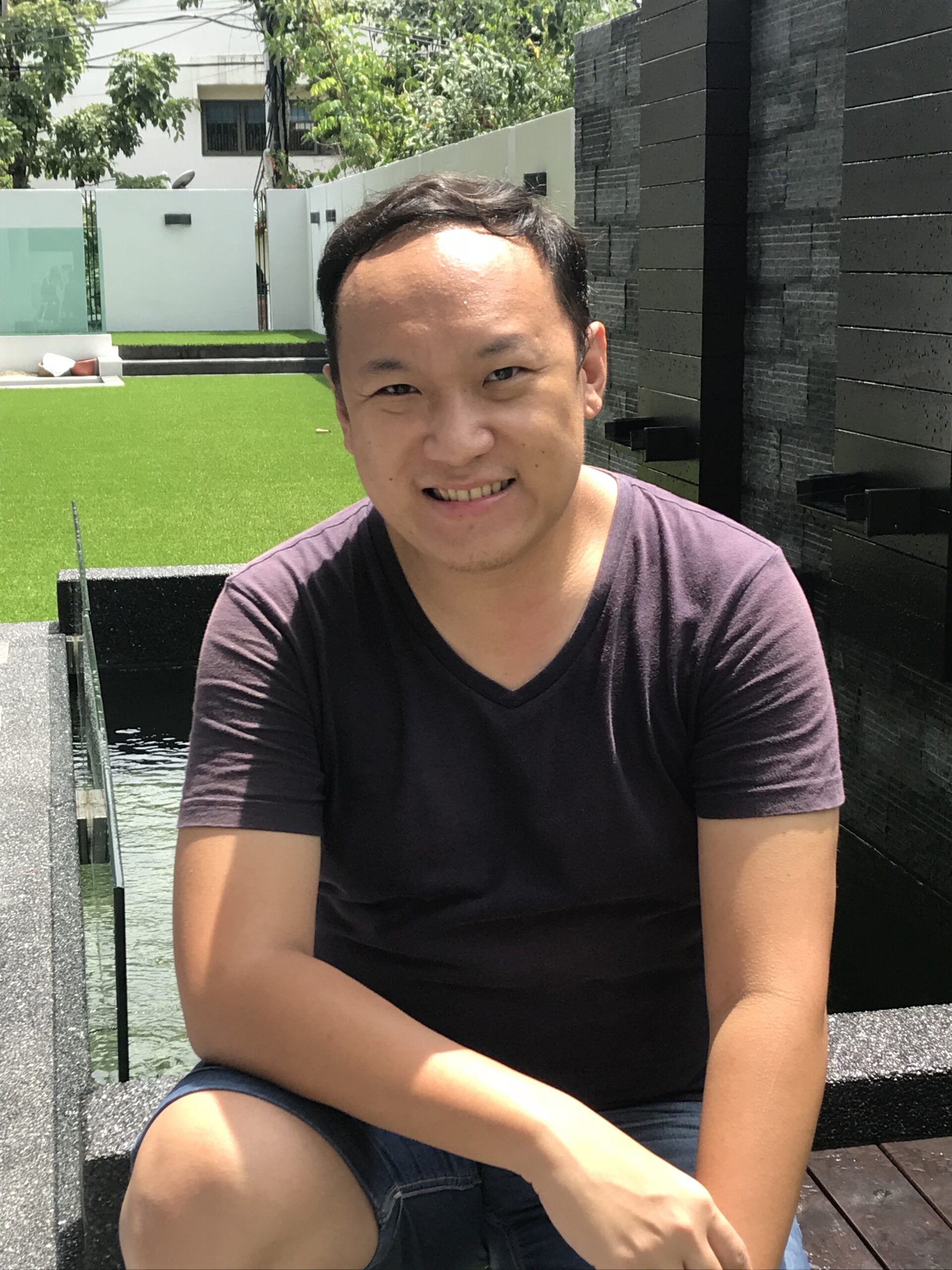
Reviving an Ancient Language: Awabakal — Brian Loo Soon Hua
Awabakal is the first Australian Aboriginal language to be written down and recorded. It was the traditional language of the Newcastle – Lake Macquarie area in New South Wales, just north of Sydney. The earliest writings include vocabulary and snippets of basic phrases and dialogue written by European settlers from the late 18th Century to the middle of the 19th Century. Later, a Bible translation was written by an English missionary. This talk will focus on the tedious task of reviving a language that has not been actively spoken since the late 19th century. Texts analysed include Bible translations, detailed word lists and a grammar as well as later recordings of speakers of related languages.
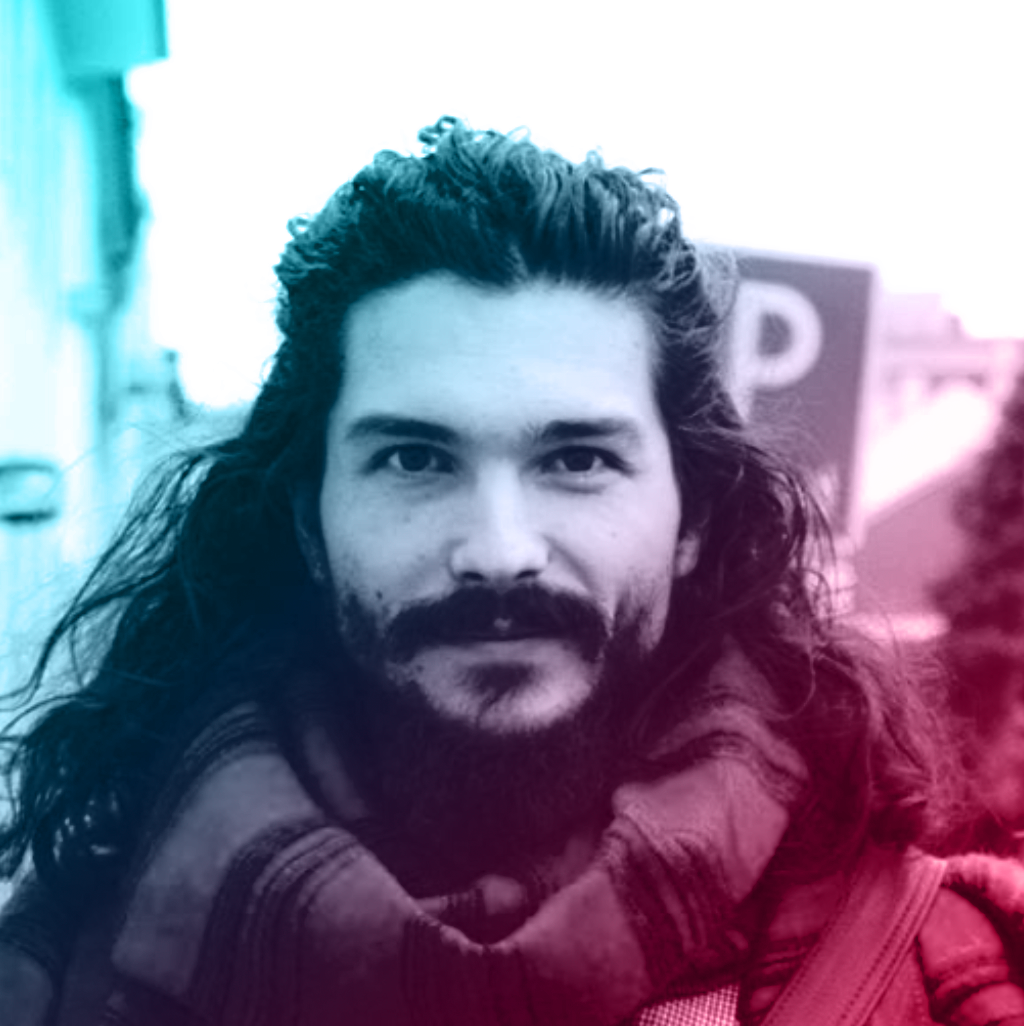
A presentation of an online language educational game called Vortoj — Krystof Klestil
The game combines movement with learning/practicing a language with options for focusing on vocabulary but also grammar through a gap-filling mode. The game is played with dancepads and is freely available as an online webapp. The project was supported by EU and also comes with an online database that can be accessed and new content can be proposed by anyone.

Master Lemon: Calling for Untranslatable words — Julio Santi
In the realm of language learning and appreciation, few mediums hold the power of stories. ‘Master Lemon: The Tree of Languages’ is more than just a game; it is a testament to the fervor of a passionate polyglot and an homage to enduring friendship. Based on a true tale, the pixel art-driven game immerses players in the adventures of Lemon, a devoted language learner on a mission to save the languages of the world from forgetfulness. As Lemon battles oblivion, the game unravels the importance of memories, the beauty of languages, and the challenges of puzzle-solving.
But beneath its vibrant graphics and compelling storyline, ‘Master Lemon’ bears the weight of real emotions. It stands as a loving tribute to André Lima, a dynamic language enthusiast whose zest for life and languages found him amidst the Icelandic landscapes, eloquently conversing in the native tongue. Tragically departing at a youthful 28, André’s story is neither of sorrow nor despair but of inspiration and eternal bonds. Crafted by his friend Julio Santi, ‘Master Lemon’ stands as a poignant celebration of the dreams he shared with André and as a beacon reminding us of the profound ways languages connect us, not just with the world but also with each other.
Learn, in the conference, how you can be a part of the game and contribute to Lemon’s journey.
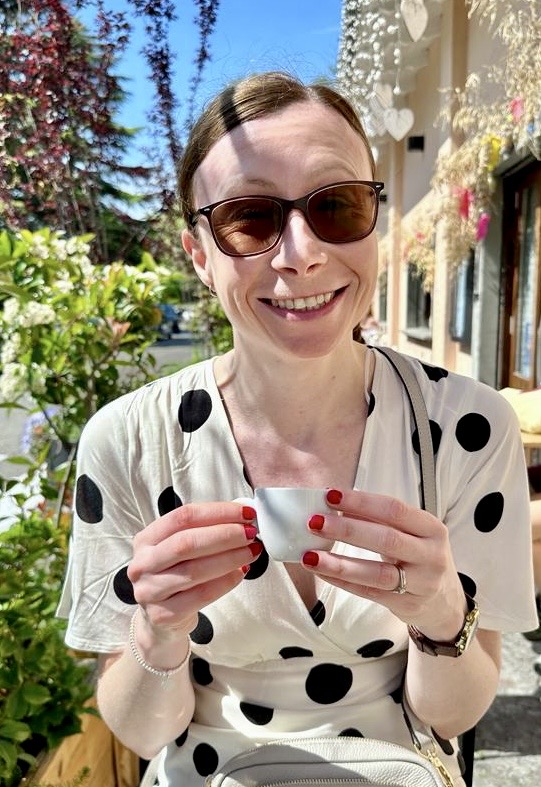
Language Conversation Groups as Third Places — Paula Guard
‘Language conversation groups as third places – how I found mi gente and how I want to help others do the same’. The idea of third places has been around for a long time – a place separate to home or work where we feel safe, accepted, and have a sense of belonging. A place where social status, background, age doesn’t matter. A place where we congregate with like minded people simply to chat and pass time together.
My third place is a bar in Newcastle-upon-Tyne. Specifically, the seats by the window, 6-8pm every Wednesday. It’s where the Spanish conversation group that I’m a member of meets. It’s the two hours a week when I forget about everything else thats going on in life and work, it’s where I learned real Spanish, it’s where I feel comfortable making mistakes, it’s been a constant in my life during the best and worst of times for more than 10 years. I’ve met anthropologists from Mexico, sommeliers from Nicaragua and everyone in between
So many people have stories about how they found a community through language, I wanted to start to collect and publish them, not just because they are super interesting but because they might just inspire someone to learn a language and find their people just like I did. I will talk about how finding mi gente has enriched my life, my adventure in documenting mine and other peoples stories, and how I plan to use my linguistic powers for good to help other people find that same sense of community.
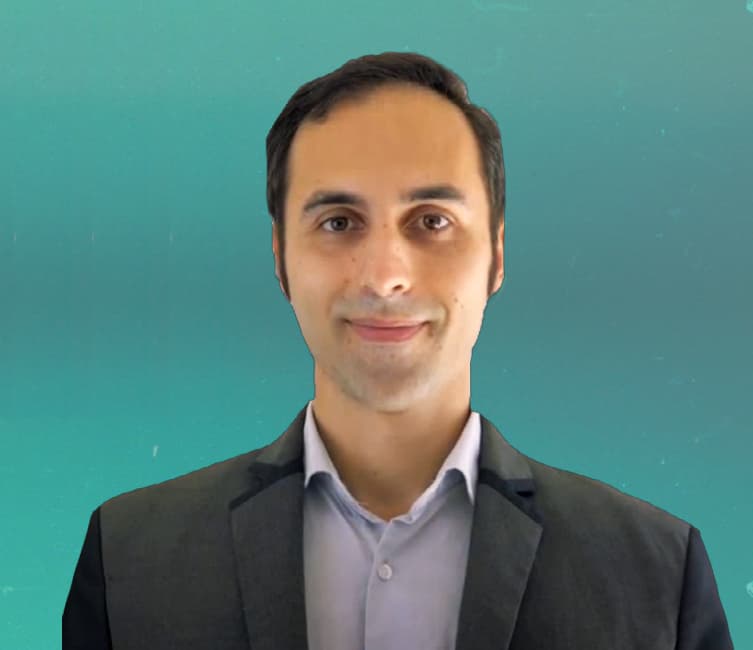
Learning Languages with Artificial Intelligence — Stefano Lodola
A few years ago, teaching Italian meant spending hours in video calls, working one-on-one with students. It was the only way to ensure a personalized learning experience. However, the limitation was my time—each lesson could only reach one student, and private lessons were expensive, limiting access to regular conversation practice.
Today, thanks to AI, my students no longer need to wait for a lesson with me. They can converse with my virtual counterpart, which speaks like me, corrects errors, and answers questions in real-time. This way, I can “be present” for thousands of students at once, anytime.
Since the release of ChatGPT, I’ve spent over 2,000 hours working with AI to develop an app that can teach in my place. My language learning method is simple: listen and imitate. Many polyglots agree this is the most effective way to communicate, and AI is a perfect fit for this approach, handling tasks like translations, answers, and corrections.
AI adapts to each student’s needs, offering personalized learning experiences that keep motivation high. It also democratizes access to language tutors, which are usually expensive. AI tutors can hold intelligent conversations, translate instantly, suggest responses, provide real-time corrections, and even adapt to the user’s language proficiency, personality, and interests.
While AI brings significant advantages, it has its limitations. It can generate large amounts of educational content quickly, but this content may not always be perfect or natural, requiring human oversight. Still, the quality of AI-generated language is improving with each new version.
In the future, AI has the potential to transform language learning apps by making them more interactive, personalized, and effective. This opens up endless opportunities for learning and practicing languages anytime, without the pressure of judgment.
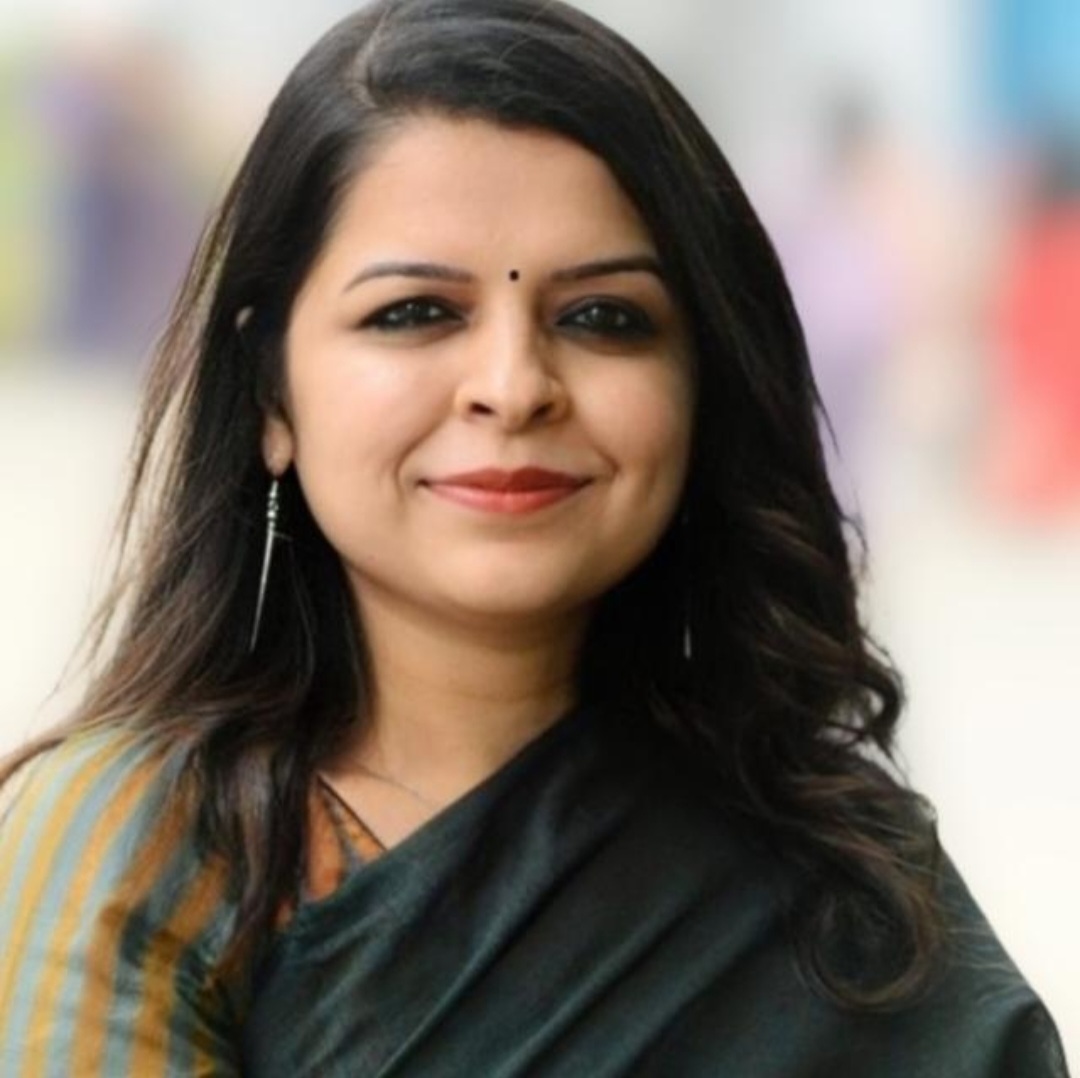
AI Swirl: Safeguarding Vulnerable Languages through Translation Applications — Dr. Devina Krishna
Languages are integral for the existence of cultures, beliefs, peace building and sustainable development. However, many languages face the cliff of extinction and the reasons are varied. However, in the present digital times, Artificial Intelligence acts as a savior to the vulnerable languages across globe. AI technology provides several uses and one among those is to provide access to digital services such as translation applications in Indian languages. AI creates hopes in the race against language loss. The present work sheds light upon the impact of artificial intelligence in bringing out the digital services in Indian languages to reduce linguistic loss. The work attempts to find out the common perception regarding AI impact among students of young generation. It measures the impact of popular translators to find how vulnerable languages can be stored and taught to future generations. The work will highlight the translating applications’ usage that optimizes language’s use outside the domain of home and make it easier to learn the language. The following applications such as Google Translate, Bhashini and various others that support the Indian linguistic diversity would be examined that lead to preservation and popularisation of the diversity by producing linguistic storehouses.

International Education shouldn't cost a mother Tongue — Eliza Keyton
Eliza Keyton suggests ways to improve Malayalam language education while elucidating the social landscape, student workload, teacher ability, and other factors that impact the same. This case study opens a broader discussion on Language policy and the socio-political factors that influence its development.
elikutty.com
instagram.com/eli.kutty
youtube.com/c/LearnMalayalamwithEliKutty
facebook.com/learn.malayalam.elikutty

Malay and Maltese: Intertwined Words and Meanings — Brian Loo Soon Hua
Malay-Indonesian is an Austronesian language spoken in Southeast Asia. Maltese is a Mediterranean Semitic language derived from old Sicilian Arabic with numerous Romance loanwords. The odd thing is, after many centuries of contact with traders from the Middle East, Malay-Indonesian has numerous ancient Arabic loanwords still recognisable to 21st Century Maltese speakers.
In Malaysia, if you want to know how old your friend is, just ask them for their “umur”. If a woman is carrying a child, she is “hamil”. If you want to know the news, you read the “akhbar”. If something is invisible, it is “ghaib”. If you want someone to be patient, you tell them, “Sabar!”. And if you want compassion and forgiveness, you ask for “rahmat”.
Join Brian as he delves into the fascinating world of word origins. Let’s discuss how trade has spread the same words and meanings to distant corners of the world.
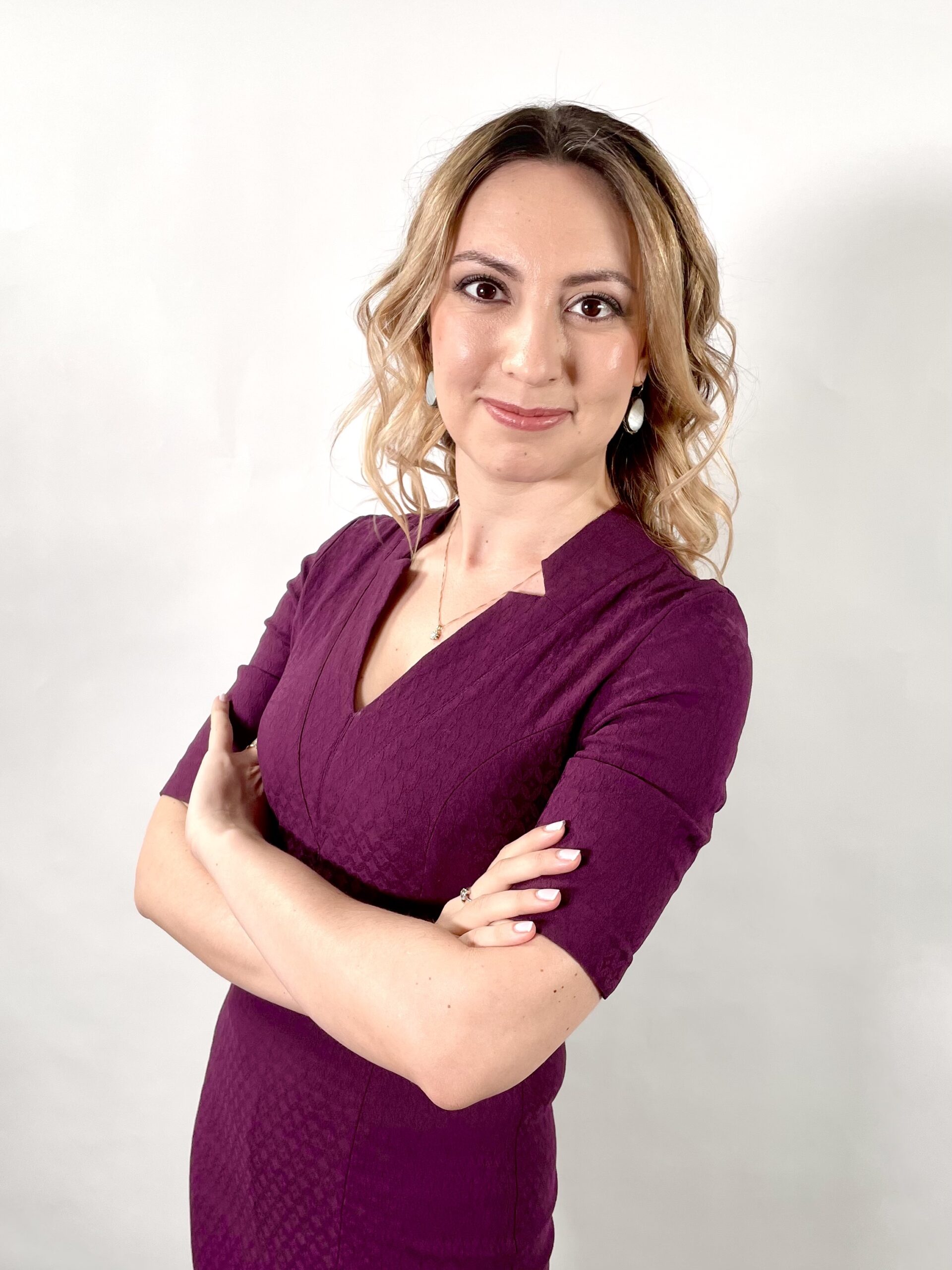
Language Alter Ego: building blocks & stages of development — Ekaterina Matveeva
This presentation explores the concept of Language Alter Ego (LAE), a dynamic framework for understanding how individuals develop a personality (alter ego) within a new language and cultural environment. LAE involves the integration of multiple building blocks, including cognitive, communicative, emotional, social, and other dimensions. Each block plays a critical role in the gradual assimilation of linguistic and cultural elements, enabling learners to embody the target language and culture at increasingly sophisticated levels.
linkedin.com/in/ekaterina-matveeva
instagram.com/languagealterego
twitter.com/matvekav
ekaterinamatveeva.com
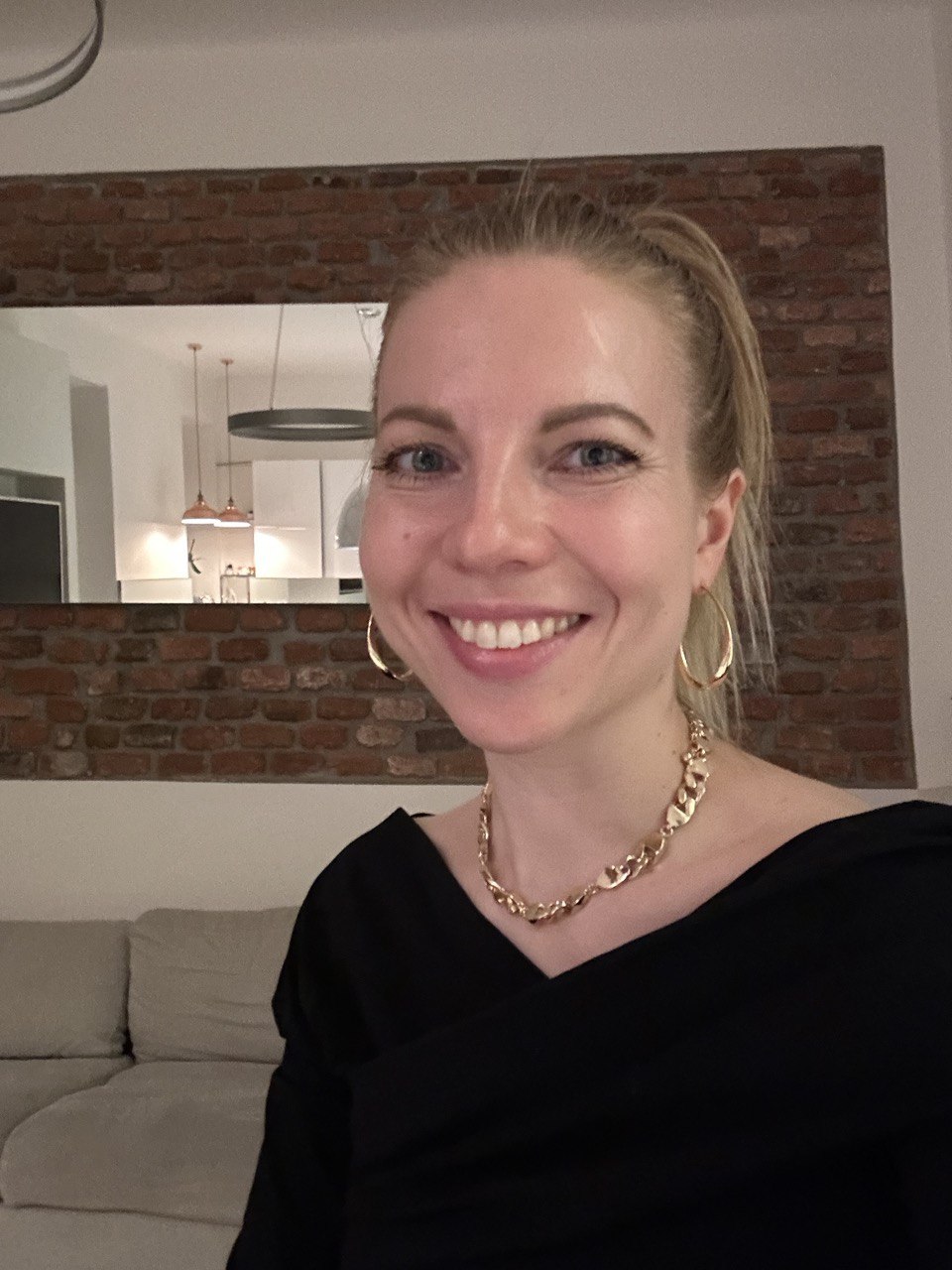
Skyrocket Your Language Acquisition with a Method of Professional Coaching — Anna Bakova
Introduction to the Competencies of a Professional Language Coach Based on International ICF (International Coaching Federation) Standards.
Explore how a language coach helps a learner effectively remove barriers and find a goal that will fill them with great energy and meaning throughout the language acquisition journey.
Discover how, in partnership, the coach and client create an optimal project path to achieving the goal, enriching it with tailored accelerators.
Get to know the techniques of professional coaching, tailored to the needs of language learners in three sessions: Introduction to ICF Language Coaching, a demo session of language coaching, and a Q&A analysis of the coaching session.
Learn about several opportunities to become a professional language coach.
instagram.com/stories/lingvo_coach_anna_bakova/ instagram.com/language_coaching_academy
languagecoachingacademy.eu
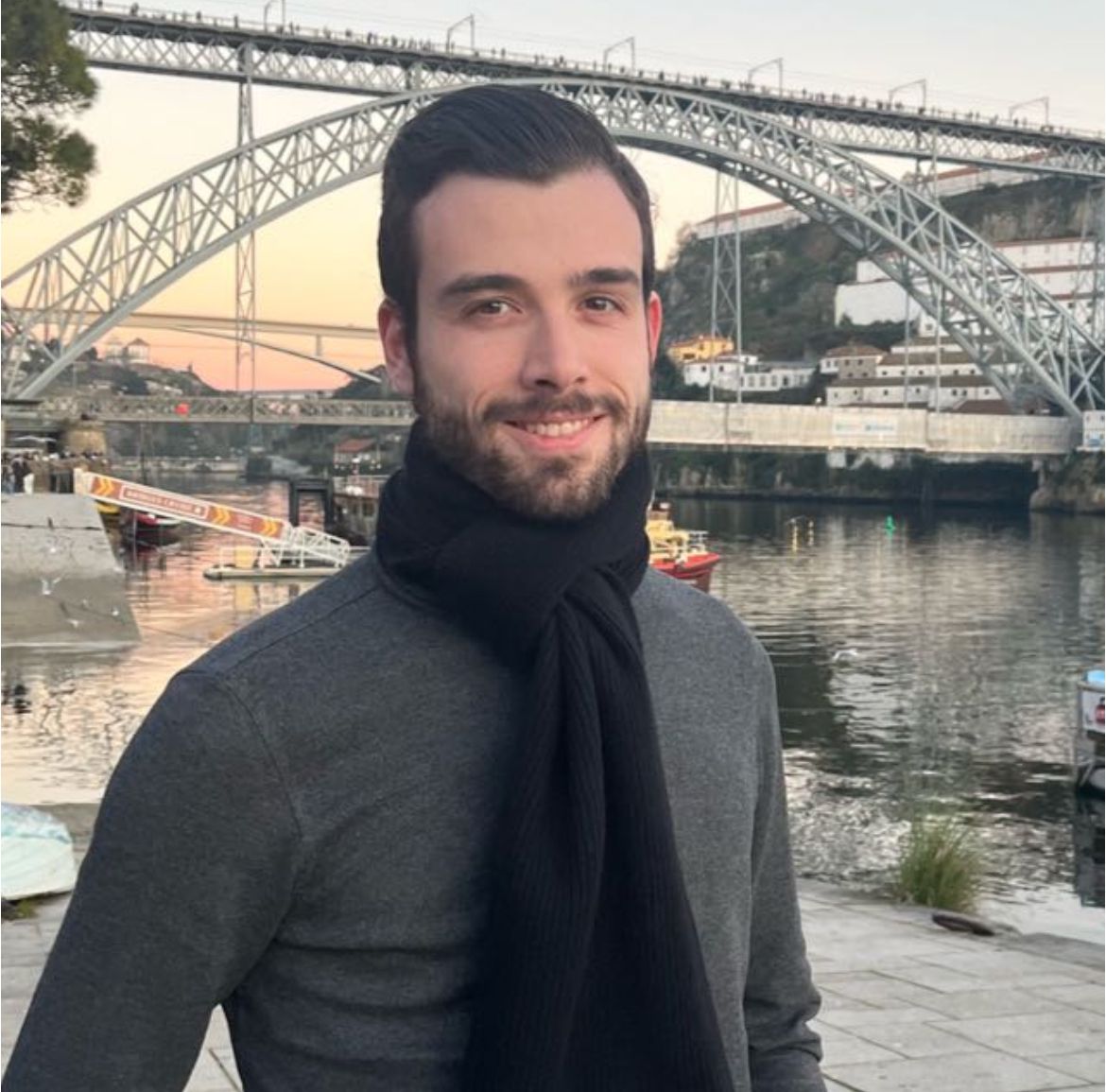
Languages and AI. Is it worth learning languages? — Antonio Guiñon Vivó
Join Antonio Guiñon Vivó as he explores the fascinating intersection of languages and AI in his talk, “Languages and AI: Is it worth learning languages?” In this session, Antonio delves into how AI is transforming language learning and communication, and whether learning languages still holds value in an increasingly digital world. Discover the future of human languages in the age of AI and what it means for language enthusiasts, learners, and polyglots alike. Don’t miss this thought-provoking discussion that challenges the role of language learning in our technological era!
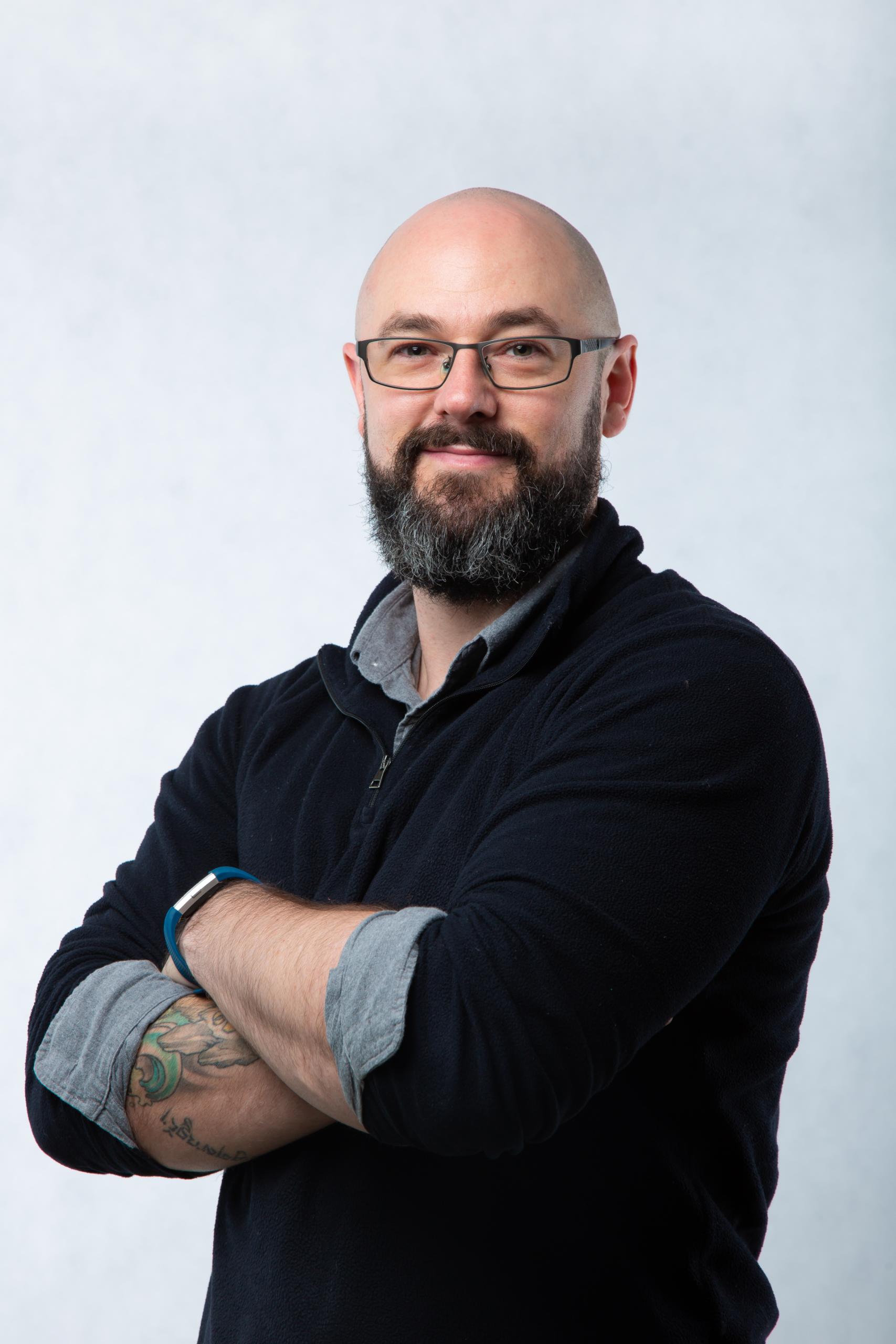
An AMA with italki! — Jon Cook
Jon from italki will be discussing italki as a language learning tool, and answering your questions about online language learning and teaching.

"Non-native"/L2 speakers: an under-utilized and under-appreciated resource in language learning! (In English, German, Russian and Serbian) — Timothy Douglas
“Native”/L1 speakers of languages can be very difficult to understand! Their use of language is intended for other native”/L1 speakers; they speak very fast, do not pronounce all words and syllables clearly, they use many colloquial expressions and cultural references, and their manner of speaking is specific for their culture. All of the above present challenges for “non-native”/L2 speakers, who are not always familiar with “native”/L1 culture or countries.
Many, if not most, learners of English have little or no contact with “native”/L1 English speakers. This is not an obstacle to learning English, as many reach a high level primarily through interaction with other “non-native”/L2 speakers.
Although “non-native”/L2 speakers are therefore a valuable and effective resource for language learning, I have the impression that their usefulness is not generally recognized, less still promoted, neither for learners of English nor for other learners of other languages.
In this talk, drawing on personal experience, I will describe how “non-native”/L2 speakers have helped me to learn German, Russian and Serbian, in particular how:
– the interactions with them provide can more comprehensible and input than when talking to “native”/L1 speakers, particularly when I was at lower and intermediate levels
– they inspired me to learn more
– our common interest in learning the same language created connection, one of the main reasons to learn languages
I don’t believe in talking about learning LOTEs (Languages Other Than English) in English, so I will tell the story in German, Russian and Serbian!

Conserving Tujia: Tales of the Mysterious Xiangxi — Xing-Yi Loy
The Tujia are an ethnic group and, with a total population of over 8 million, the eighth-largest officially recognized ethnic minority in the People’s Republic of China. They stay near the borders of Hubei, Hunan and Guizhou provinces or in the larger area generally termed as Xiangxi. Due to their similarity with the Miao people, who receive comparatively more attention in Chinese literature and media, they are often considered to be one and the same, but though practices are similar, the Tujia are the guardians of a unique and ancient culture.
From crying on one’s wedding day to favouring pure silver over gold, bits of heritage are embedded in every part of their language, Tujia. Though the community is considerably large, there is limited, if any, use of the language outside of certain geographical boundaries. Follow along on a journey to discover the mysteries of Xiangxi, to uncover what makes the Tujia so unique and different from the other ethnic minorities of China, and to find out what you can do to help protect this language.
polyglotclubsg.com
instagram.com/polyglotclubsg
youtube.com/@polyglotclubsg
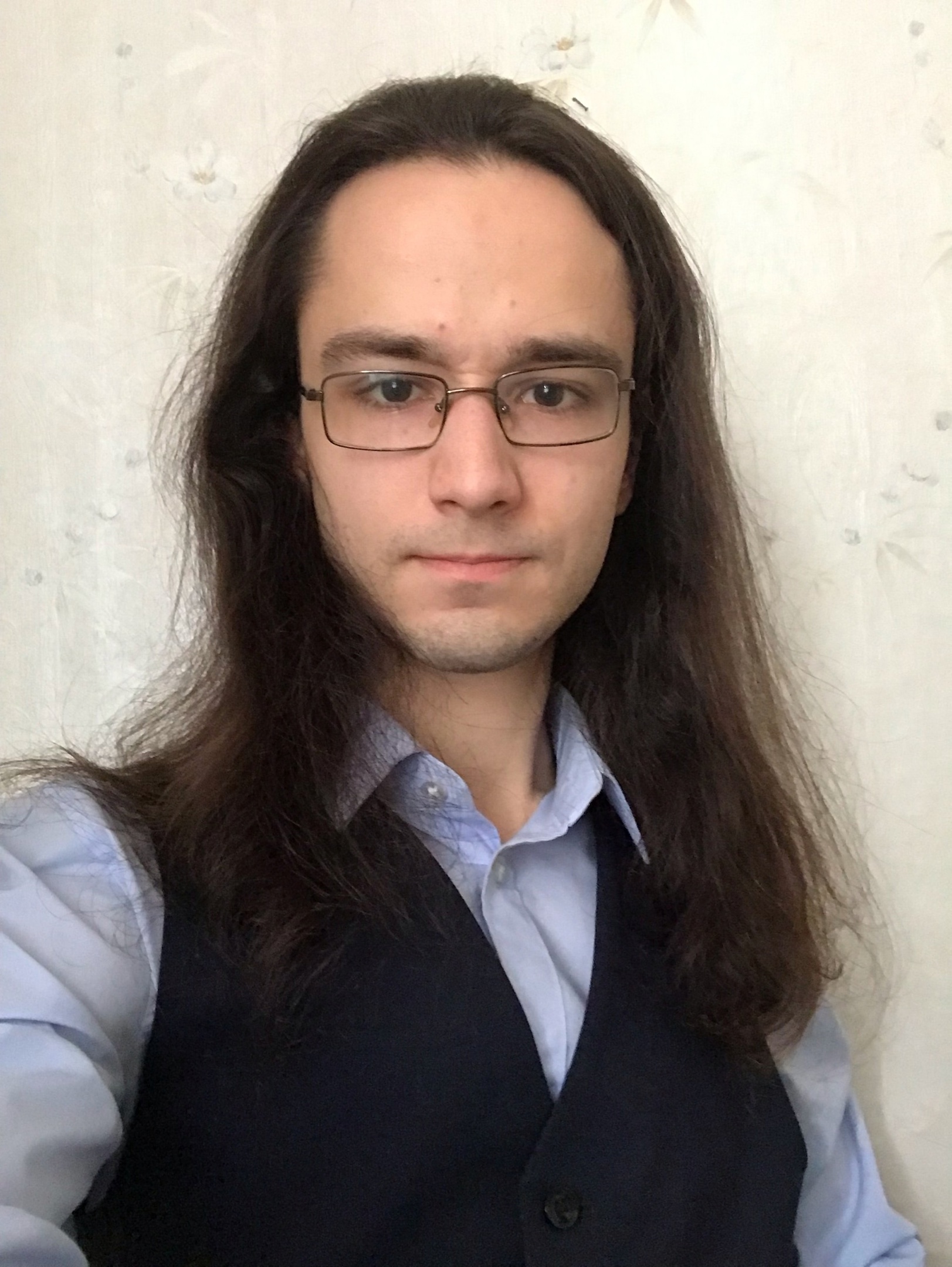
Substitution Drills: The Key to Mastering Inflected Languages — Yan Aleshkevich-Suslov
The Semitic languages, like many Indo-European languages (especially older ones), have a great deal of inflection, which can seem intimidating to speakers of more analytic languages like English, Spanish, French, or Swedish. While everyone may have their own approaches to getting over this hurdle, I believe that substitution drills can be a wonderful and easy-to-use tool for anyone who studies inflected languages, be it Latin, Old Norse, Sanskrit, Slavic, or Semitic!
In this masterclass I will explain what subsitution drills are and what their purpose is, how to make time for them, and how to best utilise them for your language study. Specifically, I will demonstrate how I used substitution drills to enhance my command of Latin and Old Norse, and I will also demonstrate how one could use them for other Indo-European languages, as well as Biblical Hebrew and Classical Arabic.
In order to make sure that you got the hang of this technique, I will invite you, the audience, to come up with your own examples for any of the languages that you may have studied or are currently studying, and present them live!

First Aid Kit for Frustrated Language Learners: Instantly Increase Hope in challenging language learning seasons — Emily Harris
This presentation will go into the research that lead researcher Dr. Lopez established while scientifically measuring and studying what increases and decreases hope in human beings. We will apply these findings together, rate where we are in terms of hope using a provided scale calculation, and I will offer practical strategies and coaching solutions for language learners (both experienced and new) to increase their hope that they can use any time when facing a challenge (and feeling hopeless, or less hopeful than they want to be).
facebook.com/profile.php?id=100089352878080
youtube.com/channel/UCp-HcdqX1iSlUok92r8-t9w
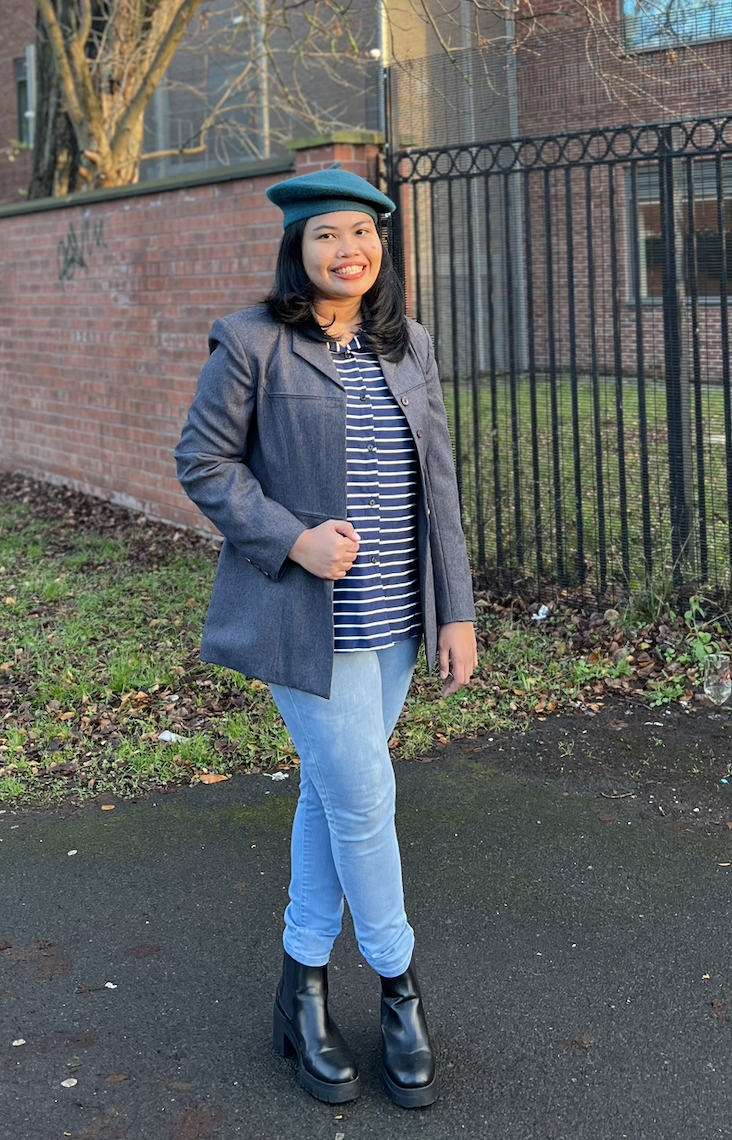
Understanding the Mind and Procrastination for Language Acquisition — Kirana Aisyah
Are you a master procrastinator? Does the thought of learning a new language excite you until you remember how much effort it seems to require? What if I told you that procrastination and perceived laziness could be your greatest assets in mastering new languages? In this innovative talk, we delve into the art of learning languages for those who prefer the path of least resistance. Drawing from the groundbreaking research of linguist Stephen Krashen, economist Daniel Kahneman, and my personal experience from my own language learning journey — as someone who thrives on procrastination and self-identified laziness — I will unveil how to transform your language acquisition process into an enjoyable form of productive procrastination. Discover the way to absorb new languages without drudgery, leveraging comprehensible input to make language acquisition not just accessible but irresistibly fun. Say goodbye to traditional, strenuous methods and hello to a world where language acquisition aligns with your most laid-back self. This session aims to not only redefine your approach to acquiring new languages but also to celebrate the procrastinator in you.

Navigating Macedonian: A Cross-vision from Student and Expert — Patrick Lencastre and Andrijana Smiljkovska
Andrijana Smiljkovska, as Patrick Lencastre’s teacher over the past year, will share their collaborative journey in learning Macedonian. Their talk will reflect on the strategies Andrijana employed to guide Patrick through the intricacies of Macedonian grammar, pronunciation, and vocabulary. They will discuss the challenges Patrick faced as a learner and how Andrijana tailored her teaching methods to his needs, drawing on her deep understanding of language acquisition and her expertise in Macedonian linguistics. Their conversation will likely highlight breakthrough moments, cultural insights gained through language immersion, and the broader impact of mastering Macedonian on Patrick’s language learning journey. Their shared experience will offer a compelling narrative of effective teaching and learning dynamics in the context of mastering a complex Slavic language like Macedonian.
instagram.com/patrick.lencastre
instagram.com/macedonianlanguagecorner

Beyond fluent: what it really takes to call yourself "bilingual" — Cathy Introligator
I’m proposing to go over “imposter syndrome” as a non-native speaker and give pointers on useful mindset shifts to stop wasting energy feeling bad about oneself, and instead put this energy into improving advanced language skills.
Language learners may have a skewed perception of what bilingualism is. I’ll go over some specificities of bilingual brains, based on research in neuroscience. Then I’ll explain why advanced learners cannot shy away from working on their mindset and use critical thinking to find their place in relation to native speakers. Having a C2 certificate doesn’t automatically translate into feeling legitimate calling oneself bilingual.
I’ll give some practical tips to help learners go beyond fluency through a 3-pronged approach: developing advanced language skills, cultural awareness and working on one’s mindset to overcome psychological blocks.
To illustrate what I mean by advanced language skills, I’ll use languages I know to provide examples of grammar points and study methods. By cultural awareness I mean knowing cultural codes, history and pop culture (learning advanced French to work in Francophone Africa, Quebec or France is different). Cultural codes also come into play to shape expectations relative to non-native speakers’ abilities. We’re expecting language learners to learn the same skills as highly educated native speakers, but is it really helping them when they navigate day-to-day life in small-town France or small talk at work?
Let’s demystify bilingualism and help learners figure out how far they want to go down that road!
youtube.com/@Cathy-Intro
instagram.com/cathy.intro
linkedin.com/in/catherine-introligator
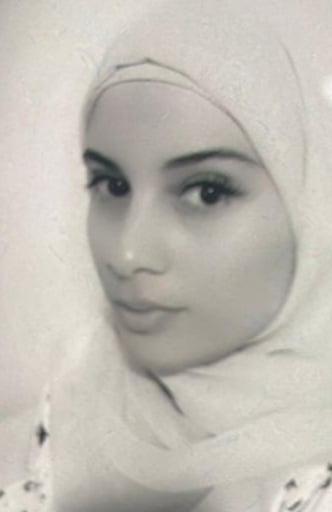
Training The Transcreator — Dr. Lalia BELABDI
Transcreation is a holistic approach. Various transcreation processes identify its nature and definition based on the degrees of change applied when translating a content. To quote, “all change is a kind of transcreation” (Leibniz, 1676). In translation market, transcreation is the combination of language, culture and emotion for many language services providers. However, this equation seems not inclusive nor accurate of what transcreation really is, the fact that enlarges the confusion gap among scholars and practitioners for confusing transcreation with localisation, cultural adaptation, creative translation …etc. However, each term has accurate meaning, functionality and results. The necessity in this case for an interdisciplinary approach of research outside translation obit is very important to connect the dots and trace the progress line of various neighbouring terms collision.

Għidha bil-Malti / Say it in Maltese (REC) — Reuben Degiorgio
Reuben talks to Richard about the use of Maltese in Malta, explaining the genesis of his social media work to promote the use of the language in Malta and beyond.
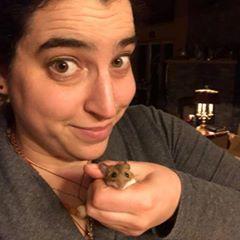
Language Learning in later Years (REC) — Amalia Rubin
Amalia takes some time to talk to Richard about her language learning journey, discussing the stories behind each one, as well as the important lessons learnt in the process. We take in language learning choices that would be lesser trodden paths for most, such as Tibetan and Mongolian. This journey has been one of discovery of the skeleton framework of language needed to start communicating and has led Amalia to a method that works with her students too.
tiktok.com/@thewildamalia?lang=en
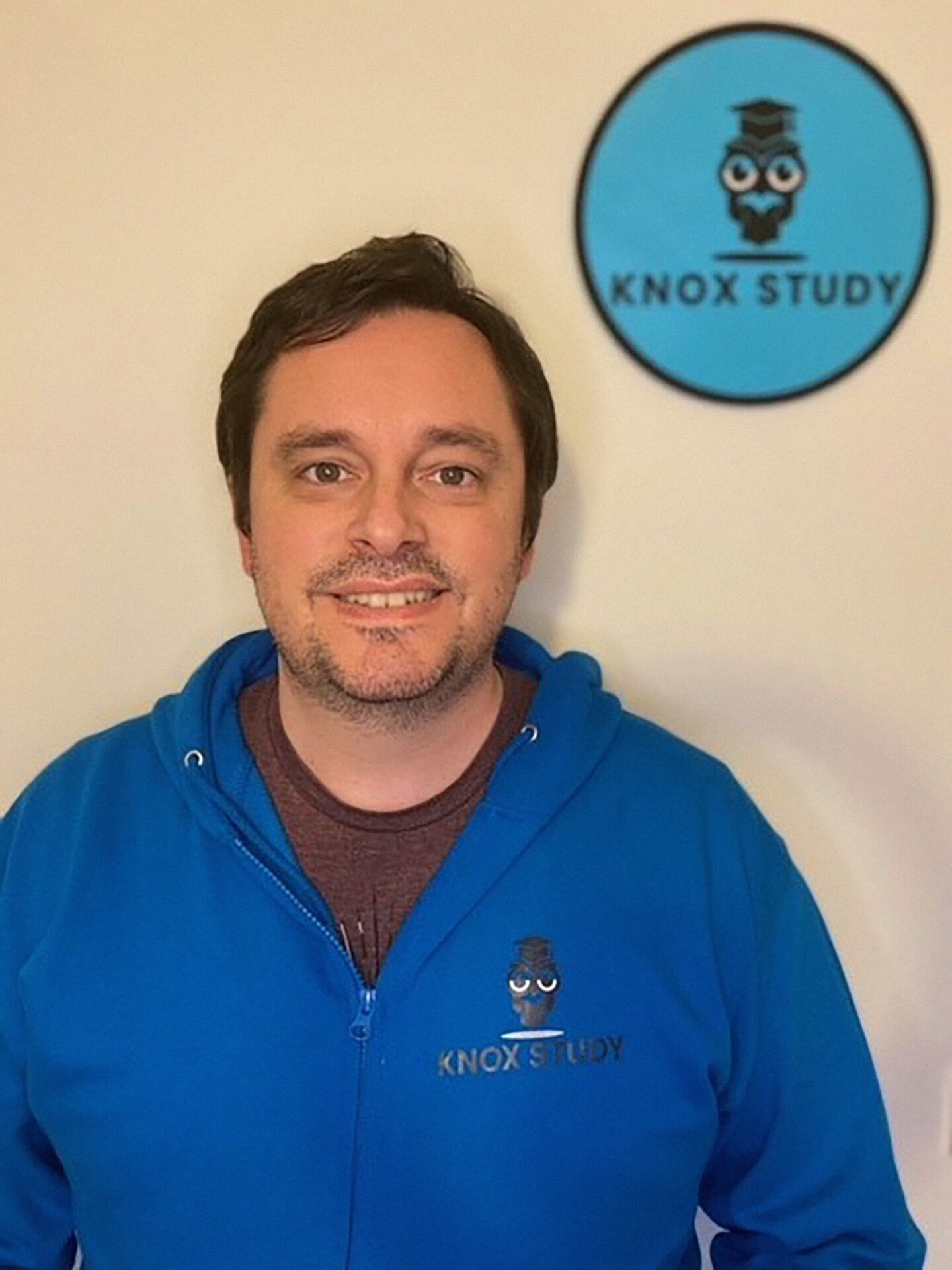
Chat with Laurie (LIVE) — Laurie Knox
Laurie joins Richard to talk about his work as an English teacher and educator online. We explore his dives into stories and etymology to uncover just how much of a polyglot language English really is.
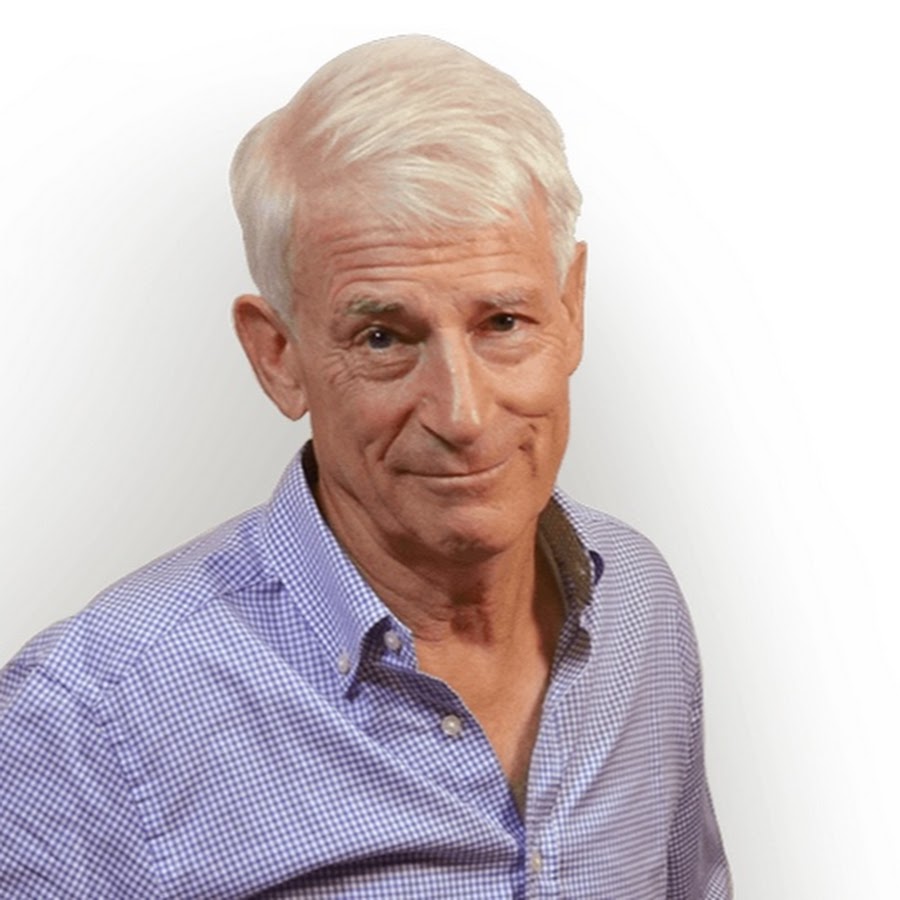
Chat with Steve (REC) — Steve Kaufmann
Steve joins Richard for a chat about how things have changed over the years in language learning. They discuss what worked well then versus the innovations in recent years with technology. They also talk about Steve’s personal language journey and where he’s going with his languages in the coming months nad years.
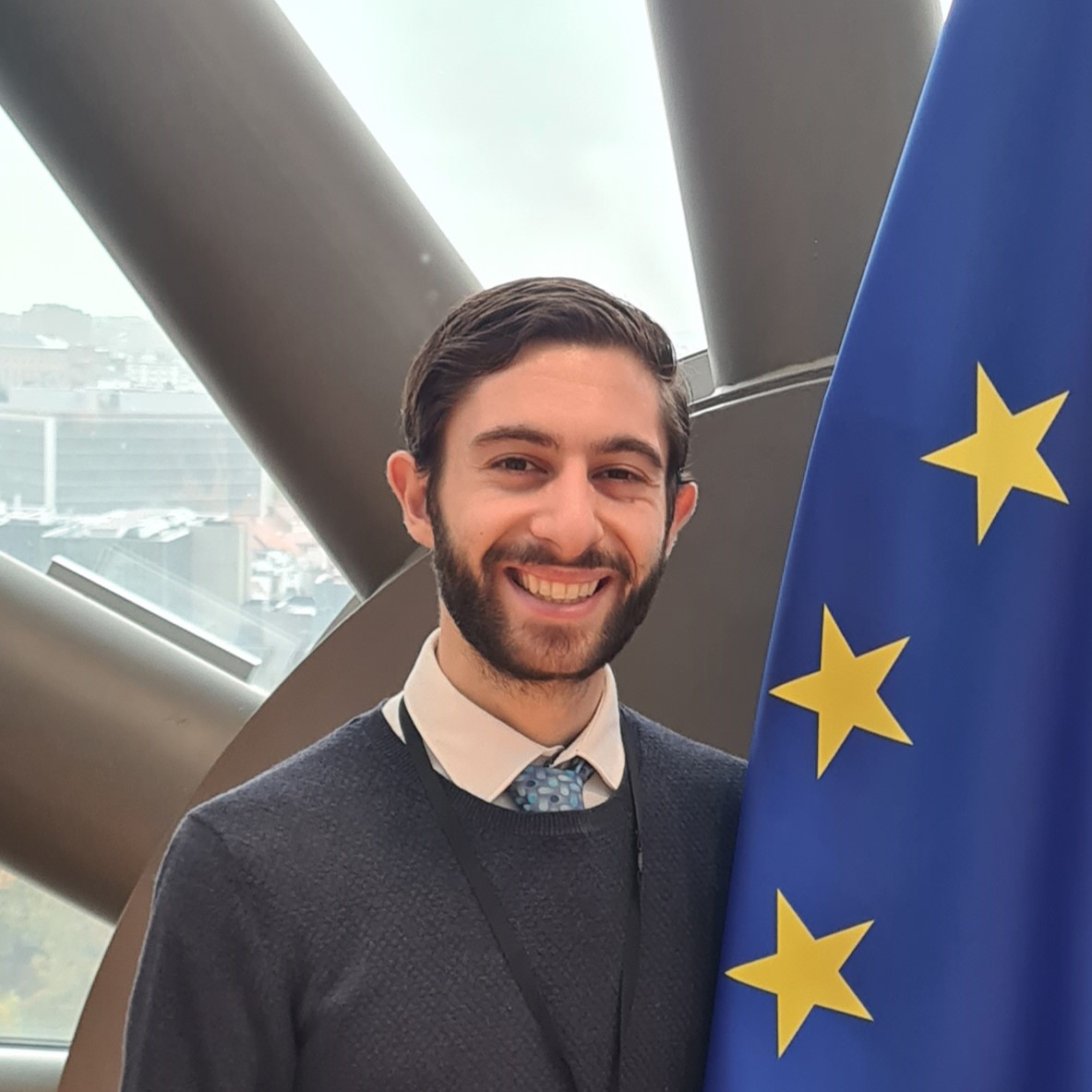
Teaching Maltese (LIVE) — Jordan De Bono
Jordan joins Richard for a chat about teaching Maltese to people online. They discuss the experience from both sides of the learning process.
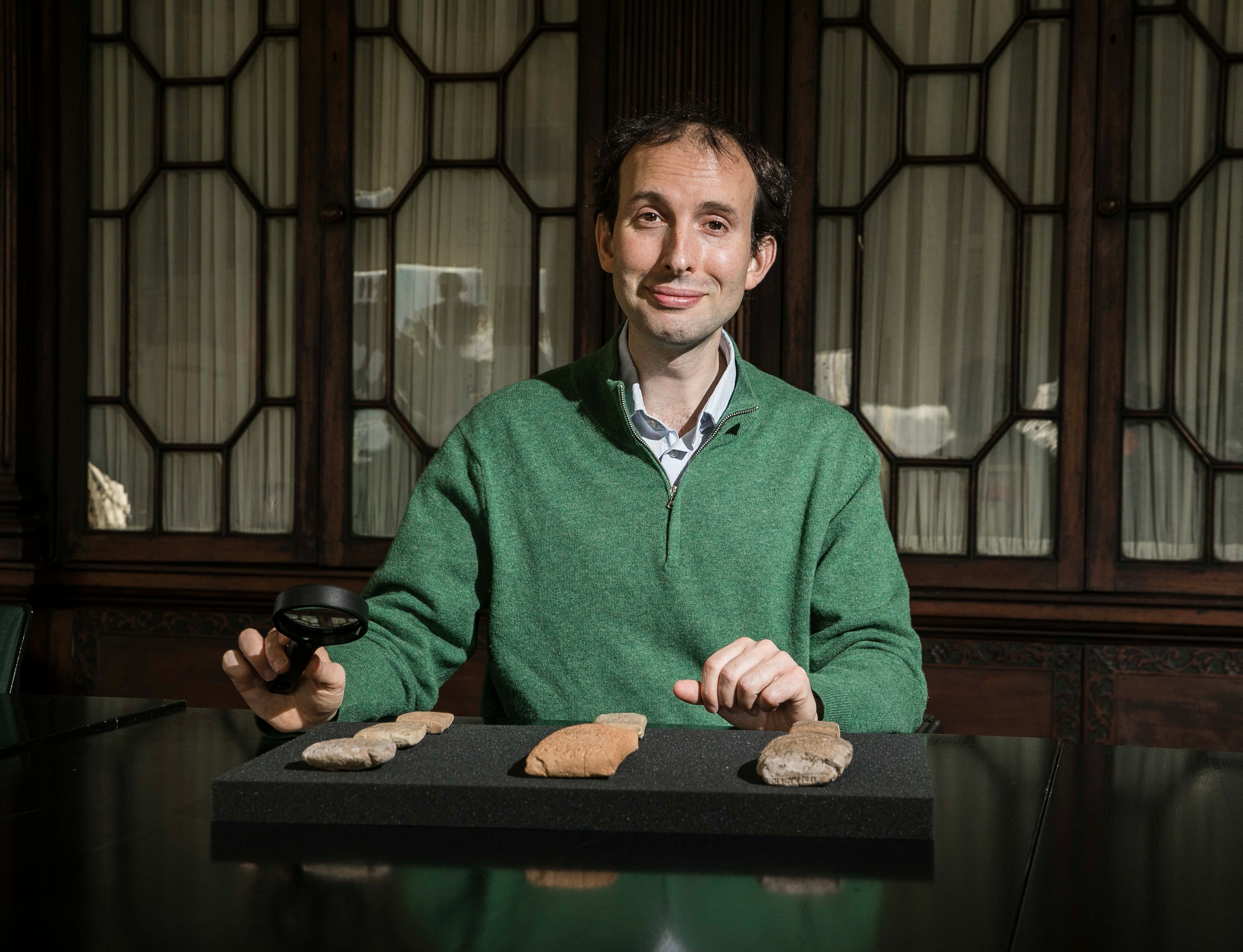
Babylonian: studying an ancient language — Martin Worthington
Babylonian is a doubly fascinating language to study. Not only does it have, in abundance, the beautiful and highly regular structures which are characteristic of the Semitic family: it also has an extra layer of philological challenges. This is because we do not access the language directly through informants, but rather through writings which use a complicated and sometimes defective system of spelling. The challenge thus never ends: beginners can happily learn their way round the verb, but professional scholars are still working out bits which are ‘fuzzy round the edges’.
This talk (by the author of Teach Yourself Complete Babylonian) will give you an idea of how this all works, taking you through simple sentences from the lawcode of Hammurabi and other sources, and then illustrating the ‘state of the art’ in philological research. No previous knowledge is required.

Llanito Standardization: Preserving Gibraltar's Distinct Linguistic Heritage — Dr. Carlos Yebra Lopez
In this presentation we will delve into the fascinating world of Llanito, a unique language that stands as a testament to Gibraltar’s rich cultural tapestry.
An extraordinary linguistic blend of Andalusian Spanish and British English, interwoven with elements from Italian, Portuguese, and Hebrew and even Maltese, Llanito embodies the historical and social evolution of Gibraltar, reflecting its diverse influences and multicultural essence. Historically, Llanito held covert prestige, primarily used in informal settings and often overshadowed by Spanish and English. However, recent years have seen a remarkable transition towards overt prestige, with growing recognition of its cultural significance and identity.
As part of this transition, we will discuss and problematize the standardization of Llanito as a means to preserve it. To that effect, we will focusing on the case study of the “Llanito Standadaizeixon Grup”, created in 2012 to standardize Llanito with a view to reverting its perceived lack of prestige and decline. To that effect, this group has produced an orthography, a grammar and an online dictionary.
We will conclude that while preserving Llanito through the development of orthography, grammar, and an online dictionary does present challenges, it need not replicate colonial models. Instead, these can serve as tools for a powerful act of linguistic and cultural affirmation, fostering a living, breathing language that resonates with the unique idiosyncrasy of its speakers.
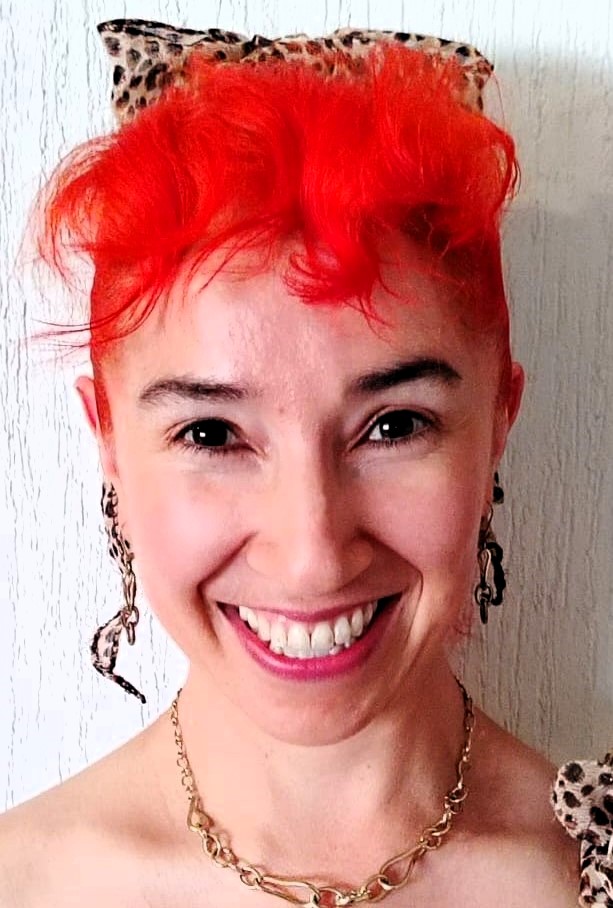
Influence of Mexican Indigenous Languages on Spanish: Linguistic Diversity, Poetry, Dance, and Culture — Brenda Liliana Ruvalcaba Montoya
Mexico has 68 living indigenous languages, and 364 linguistic variants, which have greatly influenced our Spanish language in terms of lifestyle, linguistics, culture, cuisine, music, dress, and art, allowing indigenous peoples to constantly enrich today’s society. This task has not been easy, as unfortunately, many other Mexican indigenous languages have disappeared, but fortunately, there is now a wide variety of institutional, social, public, and private programs to promote the development and understanding of indigenous languages and prevent their extinction. In this talk, I will discuss all of this, how the linguistic diversity of Mexican indigenous languages enriches different aspects of daily life, Spanish, and the various sign languages that exist in my country. As a professional dancer, I will approach everything from an artistic perspective, through dance, poetry, cooking, culture, and linguistics in a holistic and comprehensive way. We will learn that we all know and use more words from indigenous languages on a daily basis than we imagine, something that, as polyglots, should make us proud, inviting and inspiring us to continue rescuing and promoting the indigenous languages of Mexico and the world.
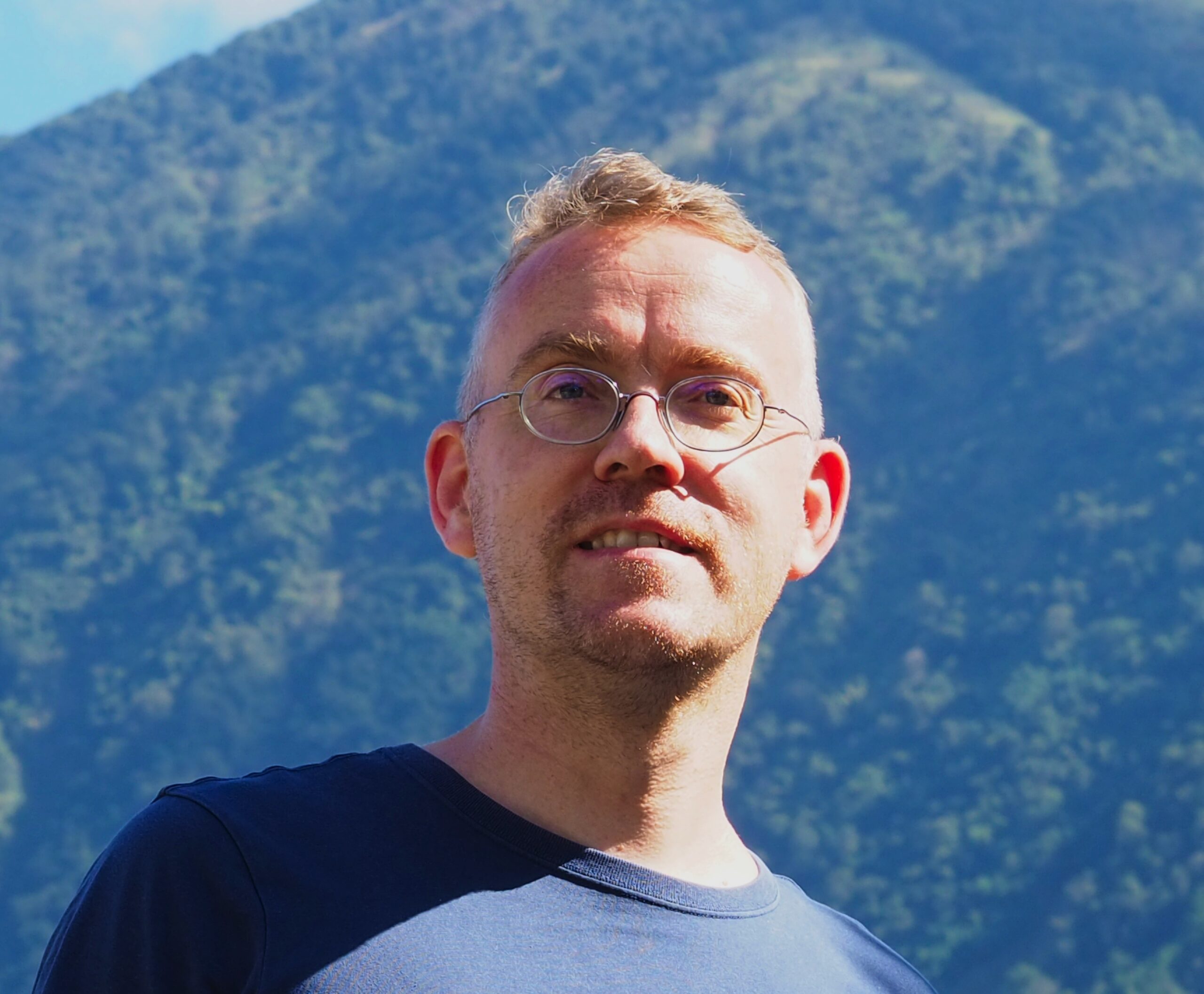
Learning an Austronesian language without a textbook: Linguistic fieldwork experience in Taiwan — Rik De Busser
Most people learn a new language by relying on textbooks or other learning materials. However, for smaller and endangered languages, this is often impossible. They might have no, or only very few, educational materials available for those who want to learn or study them. This does not mean that those languages are inaccessible to prospective students, and it can often be gratifying to study languages that are overlooked by most people living around them, or sometimes even by the people who originally spoke them.
Based on personal experience studying the Indigenous languages of Taiwan through immersion fieldwork, I will discuss some approaches to studying, documenting, and learning languages when no language materials are available. Following a brief overview of the historical context, we will explore some fundamental techniques for collecting language data and conducting linguistic fieldwork. We will investigate some of the difficulties that can arise when undertaking this kind of work and explore possible solutions. Finally, we will assess the types of fieldwork that are feasible for professional linguists and enthusiasts. By the end of this talk, I hope to convince you that anyone can do linguistic fieldwork, as long as they are mindful of the pitfalls that can arise along the way.

Overcoming Minority Language Shame: How Emotion, Not Pop Culture, Fuels Fluency and Retention — Stella Guan
For many heritage or minority language speakers, language is more than just communication—it’s tied to identity, culture, and sometimes, shame. Growing up in Mainland China, I distanced myself from Cantonese, my mother tongue, due to social pressures favoring Mandarin. Despite Cantonese having a strong pop culture presence, it wasn’t enough to keep me connected. My turning point came from two unexpected sources: the loss of my grandmother, who only spoke Cantonese, and a foreign friend’s admiration for the language’s creativity.
Through this experience, I realized that emotional connection—not cultural “coolness”—is the key to retaining a heritage language. This lesson also transformed how I approach learning new languages, like Spanish and Italian. As a teenager, fandoms fueled my fluency in English and Korean, but as an adult, I struggled to stay motivated until I fell in love with Medellín, which gave me the deep emotional tie I needed to commit to Spanish.
This talk explores how language shame develops, why pop culture alone isn’t enough to reverse it, and how finding a personal emotional anchor—whether through family, friendships, or meaningful experiences—can be the most powerful tool for both language retention and learning.
Key Takeaways:
1. Understanding Language Shame: How dominant culture pressures lead heritage speakers to abandon their native languages.
2. The Limits of Pop Culture: Why media representation and cultural “coolness” alone don’t ensure language retention.
3. The Power of Emotional Connection: How personal relationships, nostalgia, and lived experiences can reignite fluency and motivation.
4. Applying This to New Language Learning: How finding a strong emotional tie—whether through travel, friendships, or passion—can help learners stay consistent and committed.
5. Practical Strategies: How heritage speakers and language learners can actively cultivate emotional connections to reinforce learning and fluency.
